RANDLAB PRODUCT CATALOGUE







The first Randlab annual catalogue was published in 2014, fitted in your back pocket and featured 26 products.
On the cover was a stunning head portrait of the horse generally considered the Greatest Of All Time, Secretariat. The image was painted by renowned equine artist Tom Chapman and licensed exclusively to Randlab. Secretariat remained the catalogue cover boy for the next ten editions.
2024 marks a milestone for Randlab as we celebrate our 20th anniversary. And they said it would not last! The catalogue has now grown to over 70 products. To mark the occasion and welcome our next decade we have a new coverboy. The global phenomenon that is the stallion Justify.
Like Secretariat, JUSTIFY is an equine Adonis. The horse that Michelangelo longed to chisel. A rare mixture of power, ease and athleticism that transcended to a sustained racetrack speed that is seldom witnessed.
Justify was the knockout foal that sold for US$500K at the 2016 Keenland Yearling Sales. Under the guidance of trainer Bob Baffert, he would remain unraced as a 2yo but would join three elite pantheons as a 3yo.

(1) The first horse to win the Kentucky Derby without racing as a two-year-old since Apollo in 1882, (2) One of only 13 US Triple Crown winners since its inception in 1875 and (3) The only Kentucky Derby winner to retire to stud undefeated.
JOHN MAGNIER is the head of the international thoroughbred economy that is Coolmore. He is a man that wears the adjectives Irish, billionaire, elusive, wily and shrewd like the latest designer suit. Magnier had admired the chestnut as a yearling but missed out on buying the colt.
Now as a three-year-old, Magnier wanted control over the colt’s breeding career. Covert negotiations started soon after Justify’s Kentucky Derby win and continued through the Preakness and Belmont Stakes. His final purchase price has not been disclosed, but is widely rumoured to be US$60M plus a US$15M bonus, contingent on him winning the Triple Crown ( ).



But every stallion needs a harem and Magnier went on a global spending spree buying quality mares to breed to Justify on three continents. To fund the purchases, Magnier offered the painting “Nu couché (sur le côté gauche)”/ “Reclining nude (on left side)” by the Jewish Italian Impressionist artist AMEDEO MODIGLIANI at auction by Sotheby’s in May 2018. Modigliani had painted Nu couché in 1917 to be his masterpiece. The painting sold for a then Sotheby’s record of US$157.2M. Magnier had originally purchased the painting for US $26.9m at Christie’s auction in 2003.
Justify moved from WinStar Farm to Coolmore’s US base, Ashford Farm in September 2018, where he has thus far proved to be a spectacular success as a sire on three continents, including siring this year's prestigious English Derby winner.
Proving in the case of the Horse, the Irish Billionaire, the Italian Artist and the reclining nude, the end ultimately justified the means.
[Thanks to James Bester for the story lead]
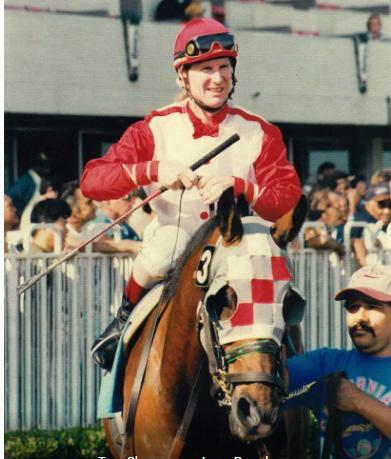




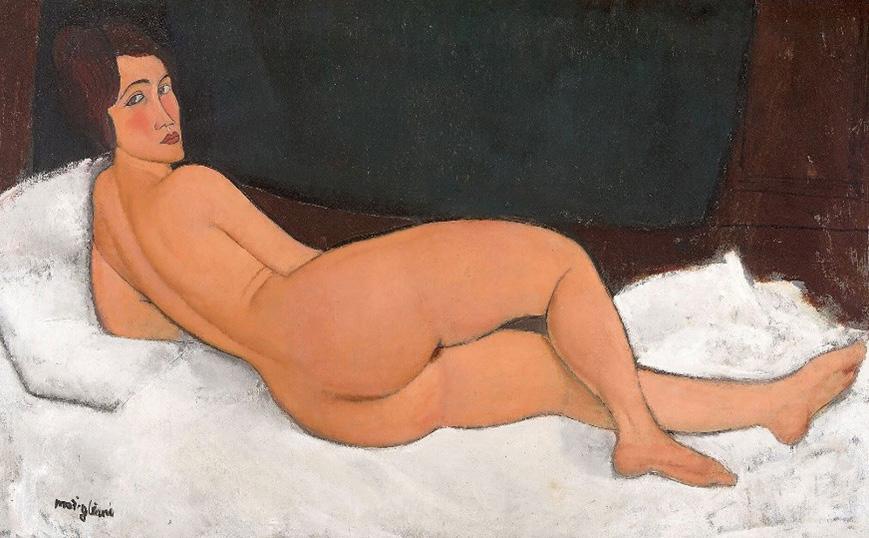


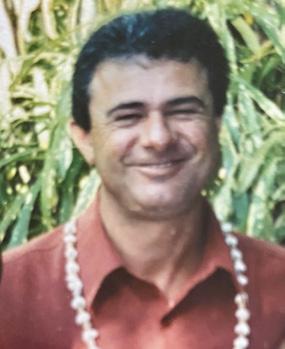

First and foremost, I would like to thank YOU, our valued partners in business, for your continued support not only over the past year, but in many cases the past 20 years. Whatever the timeframe, we are grateful every day for your support.
When an occasion like a 20-year anniversary arrives, it can generate reflection. Have we achieved what we planned back in the early years when we started in a small factory unit in Peakhurst? From the outset, our approach has not changed: Provide equine veterinarians wherever they practice with a comprehensive range of prescription medicines and supplements for their everyday use, and to support equine vets in their daily pursuits.
On the first point, we are proud of what has been achieved to date. Our product range has continuously expanded, and we have substantially broadened our promise to be closer to the comprehensive range of prescription products.
On the second point, our efforts have also been and continue to escalate:
• Living our credo “Your Education. Our Passion.”, by remaining the largest supporter of Equine Veterinary Education in Australasia. You will find Randlab as a key sponsor at most equine veterinary education events.
• Marquee social events linked to wherever equine vets gather; such as Adelaide Equestrian Festival, AVA Sailing Day, Bain Fallon Gala Dinner, Magic Millions, Karaka & Nutrien Classic Sales Dinners, NZVA Conference Equine Dinner, AVA Equine & Dine, City2Surf, etc.
• Platinum sponsorship of the AVA Bain Fallon Lectures, including the legendary Gala Dinner.
• Continuing to provide our free gastroscopy service to veterinary practices to host Gastroscopy Clinic Days for their clients. To date, more than 20,000 gastroscopies have been performed.
• Supporting our future equine veterinarians through sponsorship of vet student activities at all the Australian University vet schools.
• Donations of medicines to numerous equine charities both overseas and within Australia.
• Less publicly, we have continued to “fight the good fight” to ensure that some of the regulations we face together as an Industry are rooted in common sense.
For the last twenty years, Randlab has been on your team. You can count on our ongoing steadfast commitment to continue to build on this relationship in the years to come.
Finally, I would like to again thank you for your continued support and wish you, your families, and businesses all the success in the world as we navigate the exciting times ahead.
Stay safe and well.
Kind regards,
ANGELIS Chief Executive Officer













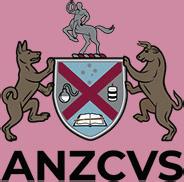





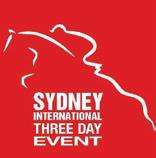






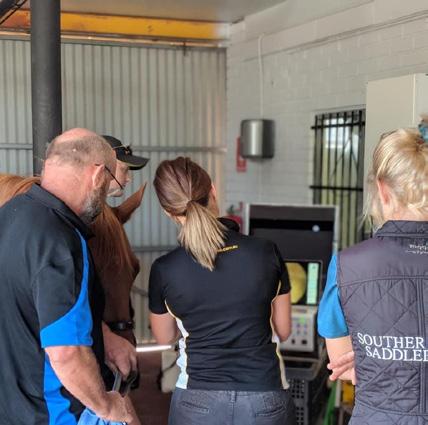
Randlab offers equine veterinary practices free access to a 3m gastroscope and a trained and certified gastroscopy technician to conduct a Gastroscopy Clinic Day at your clinic. No experience required. Our trained gastroscopy technicians will take you through the whole process. Over 20,000 gastroscopies already performed. A great practice builder! Contact your local Randlab representative (see page 68) to organise your next Gastroscopy Clinic Day.
information
in


5 x 30g Pack* multi-dose syringes
IT TOOK ME SOME TIME TO REALISE THAT THIS PRODUCT LIVED UP TO ITS APVMA LABEL CLAIM AND IS THE BEST ULCER PRODUCT ON THE MARKET.
* One box of Gastropell Forte is enough to treat one 500kg horse for 15 days.
For accurate diagnosis of gastric ulcers and to differentiate ESGD from EGGD, direct endoscopic examination of the gastric mucosa (gastroscopy) is recommended. Contact your local Randlab representative (p.68), if you would like to book a Gastroscopy Day for your clinic.
INDICATIONS
Gastropell Forte has been shown to be effective in high performance horses (specific APVMA/ACVM registration). It is also the product of choice in chronic, recurrent or severe gastric ulcers or whenever rapid resolution of gastric ulceration is required.
Clinical signs of gastric ulceration include:
• Poor body condition
• Poor performance
• Depressed appetite
• Reluctance to train
• Poor hair coat
• Girth pain
• Skin sensitivity
• Chronic diarrhoea
• Behavioural changes
• Recurrent low grade colic
• Intermittent loose faeces
• Crib biting / windsucking
Gastropell Forte has been specifically formulated for horses under high "stress" scenarios, typical of most performance horses. It is the omeprazole treatment of choice for racing horses (thoroughbred and standardbred) and endurance horses.
Equine Glandular Gastric Disease [EGGD] is a specific type of gastric disease that affects approximately 40% of racing and sports horses. The disease is characterised by inflammatory lesions, which are most commonly found in the pyloric region of the stomach.
It is likely that horses training and competing under high stress scenarios, such as racehorses in training, endurance horses, etc will require ongoing treatment with Gastropell Forte at the full treatment dose whilst they remain in work.
The treatment of Equine Glandular Gastric Disease remains problematic. Current recommendations include the use of high dose omeprazole combined with sucralfate (20mg/kg bid-qid) for a minimum of 8 weeks treatment. Other medications such as misoprostol (5μg/kg PO bid) have also been recommended. Husbandry changes are also an essential part of EGGD management. Horses should undergo a follow up gastroscopy at the end of the prescribed treatment period.
DOSAGE
Always administer Gastropell Forte on a relatively empty stomach (eg first thing in the morning). Wait 30-60min prior to feeding.
Always administer at the back of the mouth over the base of the tongue to prevent chewing on the enteric-coated microspheres.
Treatment Dose (ESGD): 2.0 mg/kg BW (10ml/500 Kg BW) once daily for 2 to 4 weeks followed by daily maintenance dosing.
Treatment Dose (EGGD): 2.0 mg/kg BW (10ml/500 Kg BW) once daily for 6 to 8+ weeks.
Prevention/Maintenance Dose: 5 mL/500 kg BW (1.0 mg/kg BW) once daily whilst horse remains in training.
APVMA No. 82722 | ACVM No. A010775 (NZ)
INCREASED ABSORPTION COMPARED TO COMPETITORS IN 4 UNIVERSITY TRIALS MEANS BETTER BIOAVAILABILITY.

6 x 33g Pack* multi-dose syringes
*One box of Ulcershield is enough to treat one 600kg horse for 30 days.

50 x 33g Pack multi-dose syringes
For accurate diagnosis of gastric ulcers and to differentiate ESGD from EGGD, direct endoscopic examination of the gastric mucosa (gastroscopy) is recommended. Contact your local Randlab representative (p.68), if you would like to book a Gastroscopy Day for your clinic.
INDICATIONS
For the treatment and prevention of gastric ulcers in the horse.
Clinical signs of gastric ulceration include:
• Poor body condition
• Poor performance
• Depressed appetite
• Reluctance to train
• Poor hair coat
• Girth pain
• Skin sensitivity
• Chronic diarrhoea
• Behavioural changes
• Recurrent low grade colic
• Intermittent loose faeces
• Crib biting / windsucking
Equine Glandular Gastric Disease [EGGD] is a specific type of gastric disease that affects approximately 40% of racing and sports horses. The disease is characterised by inflammatory lesions, which are most commonly found in the pyloric region of the stomach.
The treatment of EGGD is problematic. Current recommendations include the use of enhanced gastric acid suppression due to the more acidic nature of the gastric fluid found in the pyloric region of the stomach. This is commonly used in combination with a gastroprotectant such as sucralfate. Longer term treatment (> 8 weeks) with the combination is generally required for EGGD.
DOSAGE
Always administer Ulcershield on a relatively empty stomach (eg first thing in the morning).
Wait 30-60min prior to feeding.
Treatment Dose: 4 mg/kg. Adult horses (up to 600 kg) give 6 mL daily for 28 days.
Prevention/Maintenance Dose: 2 mg/kg*.
Adult horses (up to 600 kg) give 3.0 mL daily for 28 days.
*The maintenance dose may be insufficient to prevent the recurrence of ulceration in horses subjected to increased stress such as intense training, heavy competition schedule, transport, etc. In such cases, ongoing treatment with the full treatment dose may be necessary.
APVMA No. 81799 | ACVM No. A010916 (NZ)
SCAN QR CODE FOR MORE INFO ON ULCERSHIELD

5 x 30g Pack multi-dose syringes
* One box of Gastropell Daily is enough to treat one 500kg horse for 15 days.
For accurate diagnosis of gastric ulcers and to differentiate ESGD from EGGD, direct endoscopic examination of the gastric mucosa (gastroscopy) is recommended. Contact your local Randlab representative (p68), if you would like to book a Gastroscopy Day for your clinic.
INDICATIONS
Gastropell Daily is the product of choice for the treatment and prevention of low grade gastric ulceration. Ideal for use in horses in light work or under low stress scenarios and for dosing low body weight horses such as foals and ponies.
Clinical signs of gastric disease include:
• Poor body condition
• Poor performance
• Depressed appetite
• Reluctance to train
Signs in foals include:
• Depressed appetite
• Dribbling saliva
• Sternal recumbency
• Poor hair coat
• Girth pain
• Skin sensitivity
• Chronic diarrhoea
• Inappetence
• Colic
• Dog sitting
• Behavioural changes
• Recurrent low grade colic
• Intermittent loose faeces
• Crib biting / windsucking
• Teeth grinding
• Diarrhoea
• Weakness
GASTRICENTRY-LEVEL ALSOTREATMENT.ULCER FOR LOW BODYDOSINGWEIGHT
50 x 30g Pack multi-dose syringes
DOSAGE
Always administer Gastropell Daily on a relatively empty stomach (eg first thing in the morning). Wait 30-60min prior to feeding.
Always administer at the back of the mouth over the base of the tongue to prevent chewing on the enteric-coated microspheres.
Adult Horses: Treatment Dose; 1.0 mg/kg BW (10ml/500 Kg BW) once daily for 2 to 4 weeks followed by daily maintenance dosing.
Maintenance Dose; 0.5 mg/kg BW (5ml/500 Kg BW) once daily while horse remains in training, or as directed by a veterinarian.
Foals: 1.0 mg/kg BW (2mL/100Kg Kg BW) once daily or as directed by a veterinarian.
APVMA No. 62558 | ACVM No. A010165 (NZ)
SCAN QR CODE FOR MORE INFO ON GASTROPELL DAILY
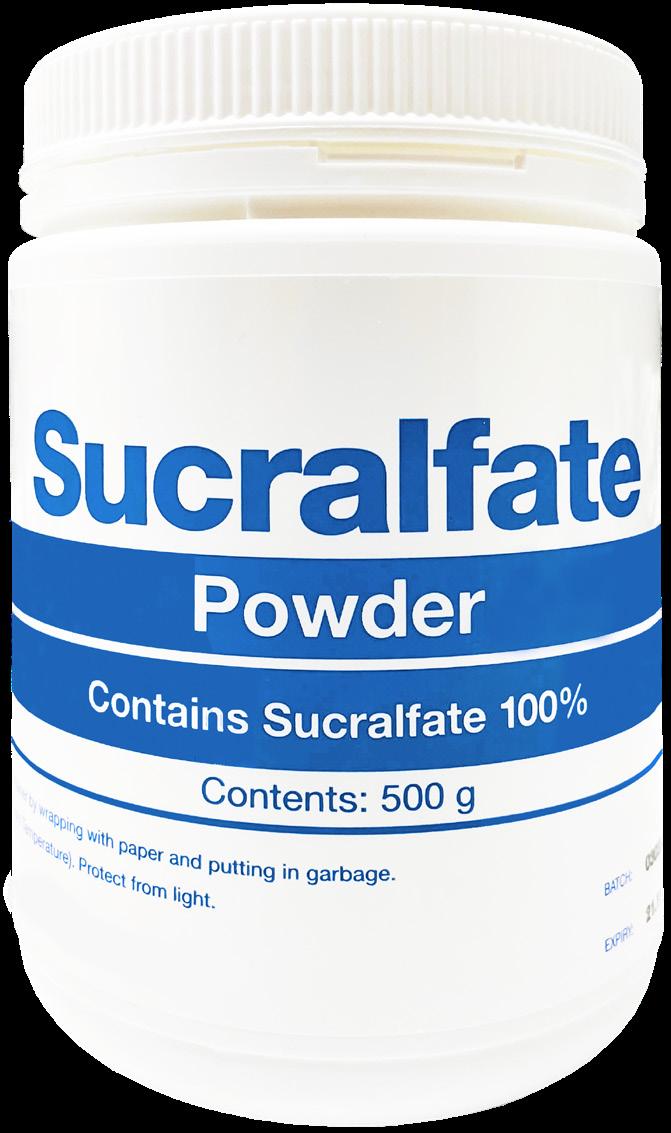
INDICATIONS
Locally acting gastric and intestinal mucosal protectant.
Adjunct treatment for gastric ulcers (esp glandular and pyloric ulcers) and other ulcerative disorders of the intestinal tract.
Sucralfate has been used in the treatment of oral, oesophageal, gastric, duodenal and large intestinal ulcers/protein losing enteropathies. It is particularly indicated as an adjunct therapy in the treatment of Equine Glandular Gastric Disease (EGGD) including glandular and pyloric disease and ulcers.
Sucralfate has also been used for the treatment and prevention of ulcerative colitis/typhlitis, especially due to administration of prolonged and/or high doses of NSAID’s and especially in foals.
Sucralfate Powder is supplied by Randchem as a raw ingredient (straight sucralfate powder). As such it does not have an APVMA or ACVM number.
Sucralfate has also been successfully used for the treatment of chronic equine diarrhoea of unknown aetiology. Some cases of chronic diarrhoea will respond to a short course (two weeks) of Sucralfate along with appropriate dietary management. A dose rate of 20-40mg/kg bid-qid is recommended. HORSE HACK

SCAN QR CODE FOR MORE INFO ON SUCRALFATE
500g multi-dose Jar
DOSAGE
Ideally sucralfate should be suspended in water and given over the back of the horse’s tongue prior to feeding. This protects the ulcerated areas from abrasion and acid damage associated with eating. However, sucralfate may also be given at the time of eating in the feed.
Sucralfate has a wide dose range varying from 4-40mg/kg bid to qid. The most frequently used dose rates are 12mg/kg tid or 20mg/kg bid.
Adjunct treatment of gastric ulcers with omeprazole (esp EGGD): 4-40mg/kg PO bid-qid.
Right dorsal colitis: 22mg/kg PO q6-8h
Foals: In association with omeprazole for preventing gastric ulcers 10-20mg/kg PO q6-8h
AVAILABLE THROUGH RANDCHEM
Oi! The Aussies make their Olympic debut
Australia first mounted an Olympic Equestrian Team for the 1956 Games. The Games that year were held in Melbourne, Australia, but Australia’s strict quarantine laws meant that the Equestrian sports were held in Stockholm.
So whilst the rest of the world was heading down under, Australia’s equestrian team embarked on a six week sea voyage to England. As the photo on the left shows, some of the team horses were then flown to Stockholm.
The 1956 team consisted of six horses that had been purchased by or donated to the Equestrian Federation Australia. Austrian Franz Mairinger had been appointed team coach 15 months previously. Mairinger arrived in Australia to discover that none of the riders earmarked for the Olympics had ever competed at dressage nor had they competed in a three-day-event.
Their first and only three-day-event before the Olympic Games was at Badminton, which they also used as a qualifier for the Games.
In a remarkable achievement, the Aussies defied all odds and finished a proud fourth at the Games and paved the way for an Olympic Gold in eventing at the following Games in Rome.
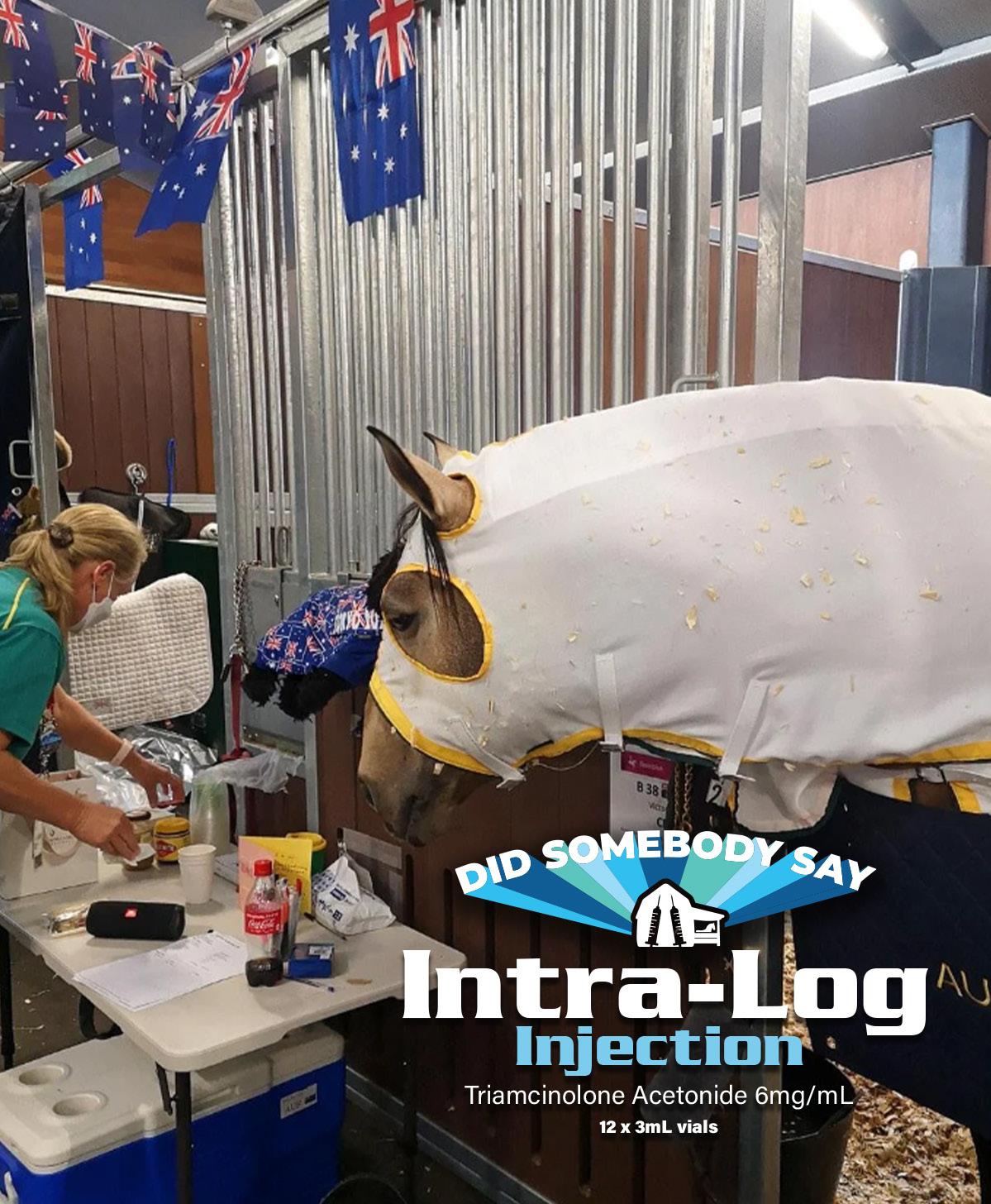
FORREGISTERED I.A.USE IN THE HORSE

12 x 3mL (18mg) Pack
INDICATIONS
Intra-Log (Triamcinolone) injection is a potent synthetic corticosteroid that is registered for intraarticular, intra-synovial, intramuscular and subcutaneous use. It is commonly used to treat arthritis, including acute synovitis, osteoarthritis, etc in horses by the intra-articular route.
Intra-Log is also an anti-inflammatory agent, an immunosuppressive agent and a replacement for glucorcorticoid activity in patients with adrenal insufficiency.
Intra-Log is indicated in the treatment of the following disease categories:
• Inflammatory conditions • Allergic disorders
• Dermatologic disorders • Arthritis
HORSE HACK
Horses administered triamcinolone may go off their feed for 2-5 days following administration.
The administration of Intra-Log Injection to horses may affect the peripheral blood count for a period of up to two weeks. The changes are typical of a stress leucogram (leucocytosis or leucopaenia associated with a relative neutrophilia and or lymphopaenia, increase in ALP, etc). These changes may be observed even when the triamcinolone is administered intra-articularly.
WARNING: The injection of triamcinolone into a ligament (either intentionally or inadvertently) may result in a prolonged excretion time and lead to a positive doping test in performance horses.
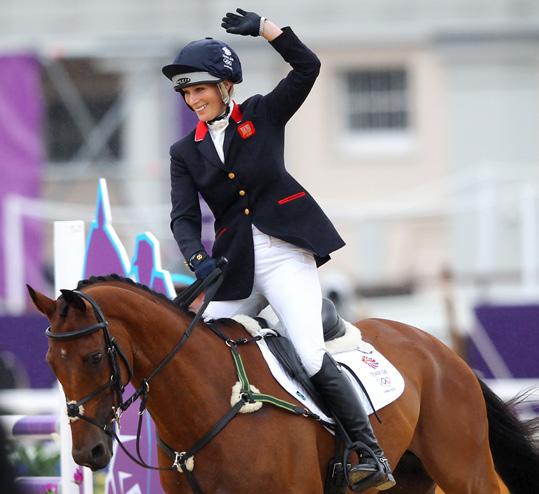
DOSAGE
Intra-log Injection provides the maximum recommended single administration dose (18mg) in a convenient single use vial.
If using triamcinolone systemically, the aim is to use the minimum amount required for as short a time as possible. Delay any further administration for > 7 days.
Intramuscular or subcutaneous injection:
Horses; 12 to 18 mg (2-3 mL).
Dogs and Cats; 0.1 to 0.2 mg/kg bodyweight.
Intra-articular/ intra-synovial injection:
Horses; 6 to 18 mg per joint depending on joint size.
Dogs and Cats; 1 to 3 mg.
APVMA No. 91413
SCAN QR CODE FOR MORE INFO ON INTRA-LOG
THE OLYMPICS
Fact and Fables
Princess Anne was a member of the
Great
by
Zara’s father Captain Mark Phillips, also competed at two Olympic Games in eventing, winning a gold medal in 1972 (a year before he married Princess Anne) and a silver in 1988 (a year before he separated from Princess Anne).
Eventing is the only sport that any British Royal has ever competed in at the Olympics.
Zara Tindall also carried the Olympic flame during the torch relay for the London 2012 Olympics on her
Tindall is currently hoping to qualify for the Paris Olympics on her horse Class Affair.
The only other Royal to compete at an Olympics was Prince Albert II of Monaco in bobsleigh.

7 x 5mL Pack single dose vials
Zycan is the only registered generic to Adequan worldwide. Adequan has been registered in the USA for over 35 years and is the favoured joint medication of US veterinarians. There are over 50 publications supporting the use of Adequan in horses, humans and canines.
Zycan is a Disease Modifying Osteoarthritis Drug (DMOAD) for the treatment and prevention of clinical signs attributable to degenerative and/or traumatic aseptic joint disease in horses. DMOADs are intended to prevent, retard or reverse the morphologic cartilaginous lesions associated with degenerative joint disease (DJD).
PSGAGs, such as Zycan, have been advocated for the (i) prevention and treatment of joint disease (ii) joint maintenance programs and (iii) post-operative care of horses returning to training following joint surgery.
HORSE HACK
Zycan can be used as a substitute for pentosan (eg Arthropen) and as such, can be used as you would pentosan. Zycan appears to cause fewer injection site reactions than pentosan.
Zycan is not known to cause discolouration of the hair coat at the injection site.
Zycan is also a good alternative to pentosan in horses that have had previous neck reactions to pentosan.
WARNING: Not registered for intra-articular use.
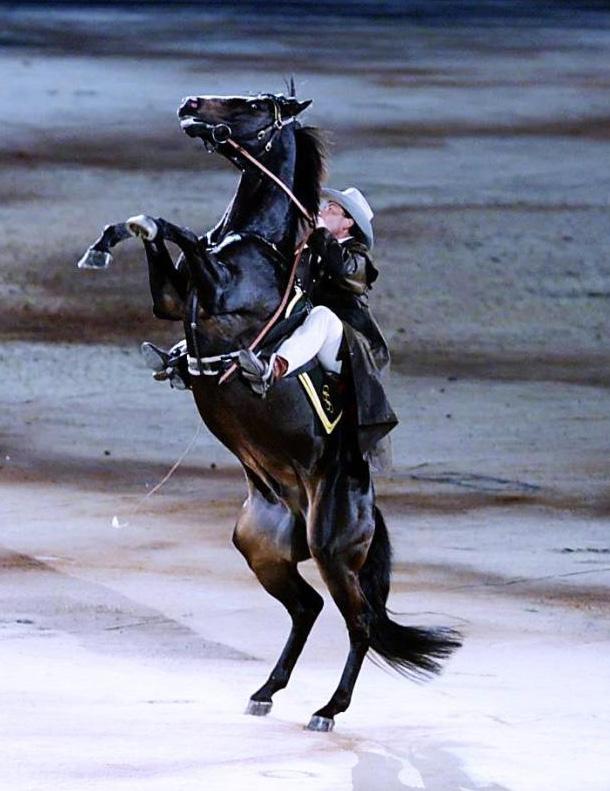
Fact and Fables
SCAN QR CODE FOR MORE INFO ON ZYCAN
DOSAGE
Intra-muscular injection: 500mg (5mL) per 500kg horse, repeated every 4th day for 7 injections (i.e. 28 days). Weekly injections have also been shown to be effective.
The series may be repeated as needed upon recurrence of the clinical signs of DJD and associated lameness. Alternatively a repeat course may be recommended at the time of intense training and/or competition. Otherwise, twice yearly courses are recommended.
Regular maintenance injections with Zycan after the initial priming course have also been advocated. These vary from weekly (eg racehorses in training, performance horses with chronic lameness problems) to monthly (sports horses).
APVMA No. 87359
Just before 19:00 on Tuesday 15 September 2020, a black stallion with a stylish white blaze, canters onto the world stage. With 110,000 stadium audience and an estimated 3.7 billion global TV audience, and with the theme from The Man From Snowy River filling the stadium. The stallion careers into the Sydney Olympic Stadium and finds the single centre spotlight. They stop for a few seconds while rider and horse gather their thoughts and patiently await the final countdown. And then on cue and to thunderous applause, the horse rears vertically in the air twice and salutes the roaring crowd with his forelegs boxing like a kangaroo. Landing back on terra firma, the horse disregards the cracks of the stockwhip that Jefferys flays around his head before galloping off into history as the arena quickly fills with a swag of mounted stockmen. And so began the Sydney Olympics in 2000. Ammo, the horse that owner/trainer Steve Jefferys describes as “one part stockhorse, two parts underdog” was not initially cast in the leading role. Originally the producers had selected a horse from Movie World on the Gold Coast, but with barely a month until the Games, the producers decided the horse was not captivating enough. That’s when Jefferys, who was working as a wrangler and livestock logistics manager for the Games Committee suggested that he may have a horse at home in his riding school suitable for the part. The horse in question was an 8yo black rig known as Ammo. Jefferys claimed that the fact he was a rig gave him both the arrogance and strength to accomplish the difficult feat, but he admits he had no idea if the horse could perform the stunt when he made the bold offer.
Jefferys role as “The Lone Rider” and Ammo’s performance were the true highlight of the 2000 Opening Ceremony and became one of the most iconic moments of the Sydney Olympic Games. Ammo's performance that night spawned the highly successful Man From Snowy River: Arena Spectacular, which toured throughout Australia. Ammo. A riding school horse who became an Olympic legend and galloped with the pride of the nation into the hearts of the world.
Pentosan Polysulfate Sodium 250 mg/mL
Pentosan Polysulfate Sodium 250 mg/mL
50mL multi-dose vial
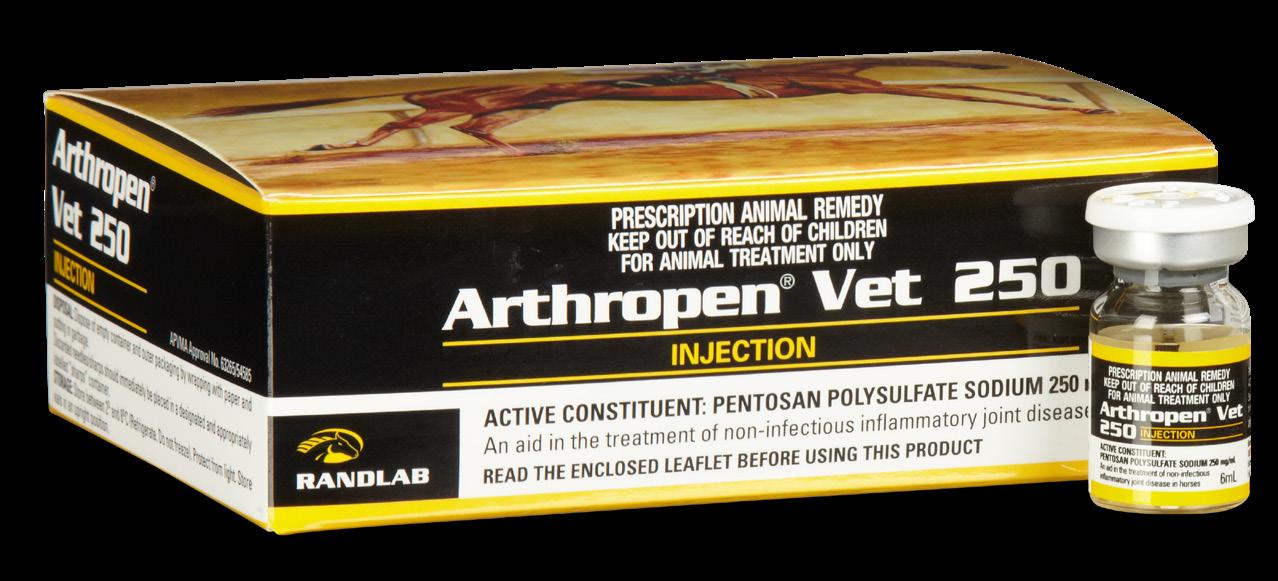

12 x 6mL Pack single dose vials
ANYSULFATIONHIGHESTOF PENTOSAN ON THE MARKET MEANS BIO-ACTIVITYHIGHEST
INDICATIONS
Disease Modifying Osteoarthritis Drug (DMOAD).
Most highly sulfated pentosan on the market. Higher sulfation means increased cell penetration and increased efficacy.
Arthropen Vet 250 Injection is indicated as an aid in the treatment of non-infectious, inflammatory or degenerative joint disease in the horse.
Clinical applications include the following conditions:
• Osteoarthritis (OA)
• Traumatic joint disease
• Multiple or non specific joint disease
• Osteochondritis dissecans (OCD)
• Synovitis
• Degenerative joint disease
The high concentration of Pentosan Polysulphate in Arthropen Vet 250 has been specifically designed for low volume administration in the horse.
Arthropen Vet is especially useful in treating conditions affecting multiple joints or where joint pain is suspected but cannot be localised.
Regular routine use of pentosan has been shown to be an effective preventative for the development of osteoarthritis.
The storage conditions for Arthropen have changed. It no longer needs to be refrigerated and can be kept in air conditioning (store below 25oC, do not freeze).
In house testing has also shown the product to be stable at even higher temperatures.
WARNING: The intravenous use of pentosan polysulfate may rarely result in anaphylaxis and death.
Do not use intravenously!
Early treatment is an important step in preventing the products of inflammation from damaging articular cartilage and causing irreversible joint disease.
SCAN QR CODE FOR MORE INFO ON ARTHROPEN VET 250
DOSAGE
New aircon storage conditions.
An initial course of four injections a week apart is recommended. This is generally followed by a program of either weekly injections or injections spaced at 2-4 week intervals depending on the intensity of the horse’s exercise/competition program and the response to treatment. Horses undergoing heavy training or competition schedules or horses with a chronic lameness problem are likely to benefit from ongoing weekly Arthropen injections.
Dose - 3mg/kg bodyweight (6mL/500kg horse) by intramuscular injection on four occasions with an interval of 5-7 days between injections. Preferable to alternate injection sites from week to week. Best given by deep intramuscular injection. To avoid haemorrhage associated with injection, a small needle (e.g. 21 gauge) is recommended.
Intra-articular: 1.0mL by intra-articular injection. May be repeated at weekly intervals for 3 to 4 treatments. More than one joint may be treated at the one time. Joint flares are common after intraarticular pentosan.
APVMA No. 63265 | ACVM No. A010081 (NZ)
LOWER CONCENTRATION
LESSMEANSTISSUE REACTIONS
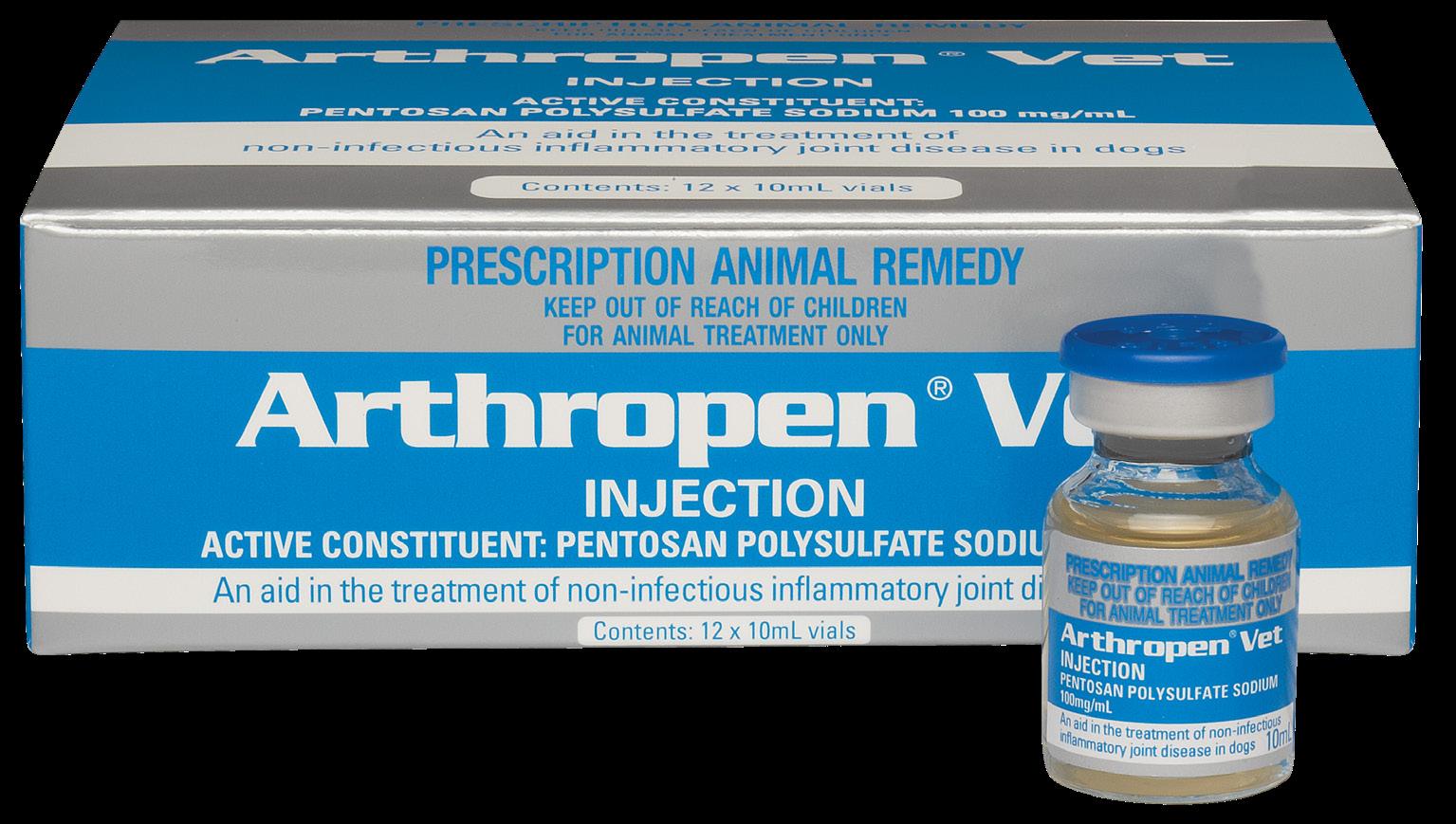
12 x 10mL Pack single dose vials
INDICATIONS
An aid in the treatment and prevention of non-infectious inflammatory and degenerative joint disease in horses and dogs.
Low concentration pentosan means less tissue reactive. Highest level of sulfation means increased bio-activity.
Arthropen Vet Injection is a low concentration formulation of pentosan polysulfate (PPS) suitable for use in dogs and horses. It aids in the treatment and prevention of non-infectious inflammatory joint disease in conditions such as:
• Osteoarthritis (OA)
• Traumatic joint disease
• Multiple or non specific joint disease
• Osteochondritis dissecans (OCD)
• Synovitis
• Degenerative joint disease
Arthropen Vet Injection is a Disease Modifying Osteoarthritis Drug (DMOAD). The low concentration of pentosan polysulfate in Arthropen Vet Injection may cause less tissue irritation at the injection site.
Arthropen Vet Injection is especially useful in treating conditions affecting multiple joints or where joint pain is suspected but cannot be localised.
HORSE HACK
Arthropen Vet 100mg/mL may cause fewer injection site reactions than Arthropen Vet 250mg/mL. Arthropen Vet works even better in dogs than horses.
WARNING: The intravenous use of pentosan polysulfate may rarely result in anaphylaxis and death.
Do not use intravenously!
Early treatment is an important step in preventing the products of inflammation from damaging articular cartilage and causing irreversible joint disease.
SCAN QR CODE FOR MORE INFO ON ARTHROPEN VET
DOSAGE
New aircon storage conditions.
An initial course of four injections a week apart is recommended. This is generally followed by a program of either weekly injections or injections spaced at 2-4 week intervals depending on the intensity of the horse’s exercise/competition program and the response to treatment. Horses undergoing heavy training or competition schedules or horses with a chronic lameness problem are likely to benefit from ongoing weekly Arthropen injections.
Dose: 2-3mg/kg bodyweight by intramuscular injection on four occasions with an interval of 5-7 days between injections. Preferable to alternate injection sites from week to week. Best given by deep intramuscular injection. To avoid haemorrhage associated with injection, a small needle (e.g. 21 gauge) is recommended.
Intra-articular: 2.5mL by intra-articular injection. May be repeated at weekly intervals for 3 to 4 treatments. More than one joint may be treated at the one time. Joint flares are common after intraarticular pentosan.
APVMA No. 60922 | ACVM No. A010024 (NZ)
Sodium Hyaluronate 10 mg/mL
SHHH... SOME OF THE OLYMPIC TEAM HORSES MAY OR MAY NOT BE ON THIS PRODUCT.
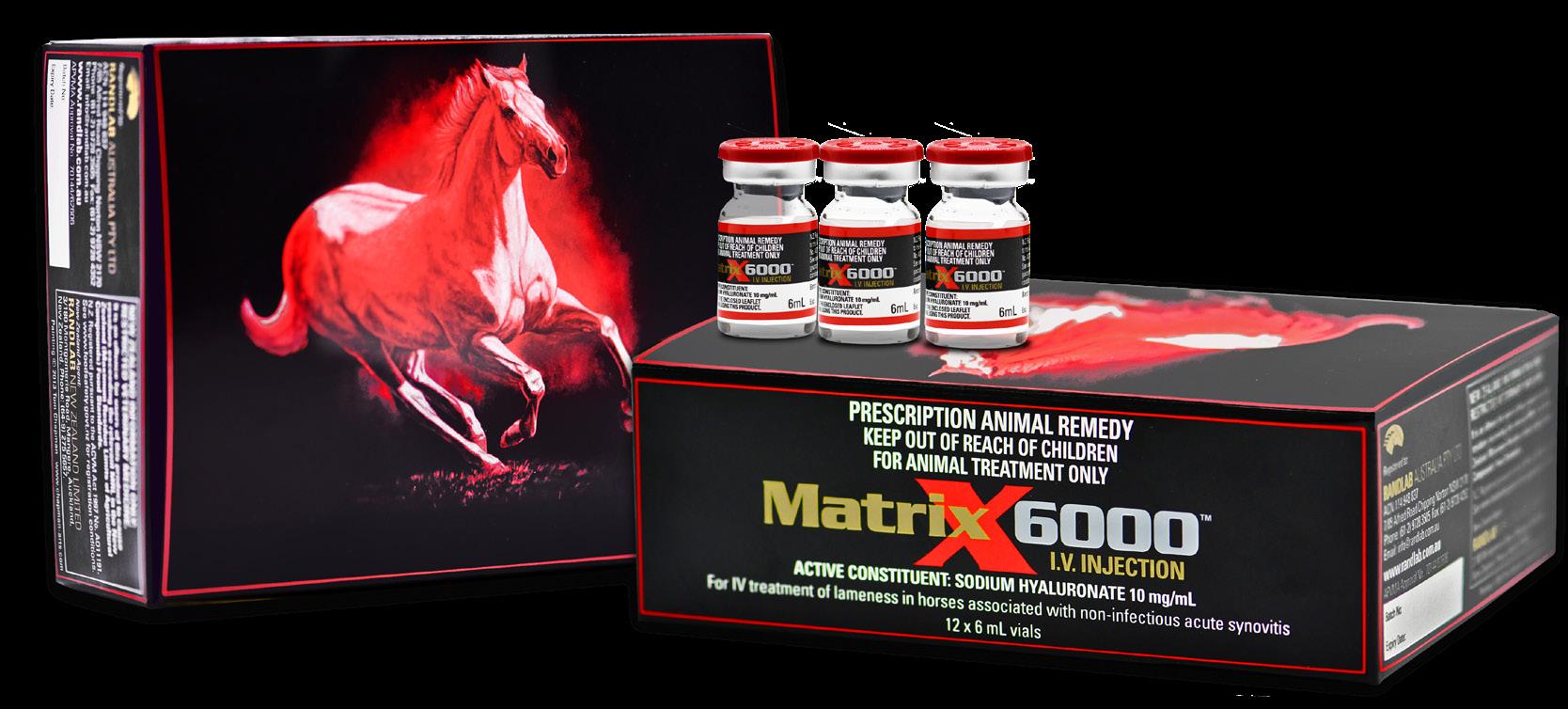
6 x 6mL Pack single dose vials
INDICATIONS
For IV treatment of non-infectious synovitis and degenerative joint disease.
Higher molecular weight formulations of HA such as Matrix 6000, are known to have increased clinical effects.
Matrix 6000 IV Injection is a high molecular weight, high viscosity formulation of sodium hyaluronate. It is ideal for intravenous use in the treatment and prevention of lameness in horses due to noninfectious synovitis including those associated with early equine degenerative joint disease and especially inflammatory/traumatic joint disease.
Ideal for use pre-competition or pre-race to help restore joint function.
Early treatment is an important step in preventing the products of inflammation from damaging articular cartilage and causing irreversible joint disease.

Fact and Fables
SCAN QR CODE FOR MORE INFO ON MATRIX 6000
DOSAGE
12 x 6mL Pack single dose vials
Adult horse (450-700 kg): Administer 6 mL (60 mg) intravenously. Treatment may be repeated at weekly intervals.
In performance horses, Matrix 6000 may be administered prior to competition as an aid in reducing joint inflammation and restoring joint function. The regulations of the relevant Regulatory Authority regarding medication control should always be observed.
APVMA No. 70144 | ACVM No. A011191 (NZ)
Bill Roycroft OBE is widely regarded as the “father” of Australian eventing. He did not compete at the first of his five Olympic Games until he was 45 years old!
The 1960 Games in Rome were probably Roycroft’s most memorable. On his horse Our Solo, Bill had cleared the first 30 XC fences before suffering a rotational fall with the horse landing on top of him. Heavily concussed and with associated soft tissue injuries, Bill remounted and jumped the final four fences in one of the fastest times of the day. He was then helicoptered to hospital.
Doctors refused to discharge Bill the next morning, even going as far as withholding his clothes. The Aussie team was already down a combination with Brian Crago’s horse pulling up lame after XC and unable to participate. With the gold medal at stake, Bill was determined to ride and signed himself out of hospital. Struggling to walk and with a cracked collar bone, Roycroft abandoned his sling, had a glass of beer and rode his showjumping round clear one handed.
Roycroft returned to stunned applause, his limp arm resting on the saddle pommel. And in typical Roycroft fashion declared, "I didn't do much. The horse jumped beautifully and did it all for me."
The win secured Australia’s first gold medal in equestrian at the Olympics for team eventing. Captain Laurie Morgan also won the individual medal with teammate Neale Lavis winning the individual silver medal.
Sodium Hyaluronate 10 mg/mL

THE ONLY REGISTERED HA FOR I.A. USE IN AUS/NZ
12 x 2mL Pack single dose vials
INDICATIONS
Equinate Injection is the Hyaluronic Acid (HA) product to meet all your HA requirements. It is designed for intra-articular administration but may also be used intravenously.
Equinate Injection is indicated in the treatment and prevention of lameness in horses due to non-infectious synovitis including those associated with early equine degenerative joint disease.
Equinate Injection may be used alone by intra-articular injection but is more frequently used in association with an intra-articular corticosteroid such as triamcinolone (eg Intra-Log).
Early treatment is an important step in preventing the products of inflammation from damaging articular cartilage and causing irreversible joint disease.
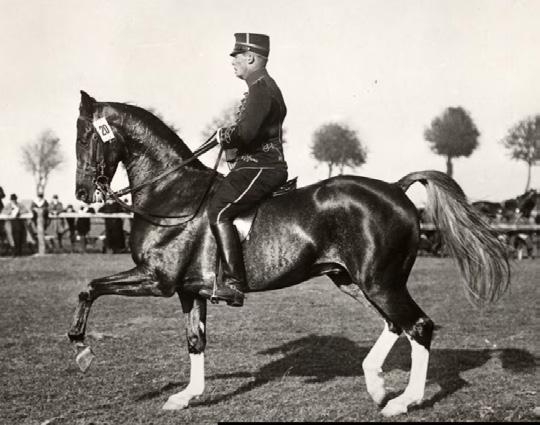
DOSAGE
Intra-articular Injection: The recommended dosage for intra-articular injection is 2mL (1 vial/20mg) per joint. A greater volume e.g. 4mL (2 vials/40mg) may be required in larger joints such as the stifle or shoulder and a lower volume (1mL) in smaller joints such as the distal hock joints. Treatment may be repeated at weekly intervals for a total of three treatments. As with any intra-articular procedure, proper injection site disinfection and animal restraint are important. Excess joint fluid should be aseptically removed prior to intra-articular injection. Care should be taken not to scratch the cartilage surface with the injection needle. Use the smallest gauge needle possible (e.g. 21 or 20 gauge).
Intravenous Injection: 4mL (2 vials/40mg) per adult horse (450-500kg). Treatment may be repeated at weekly intervals for a total of three treatments or be used pre-competition or race to alleviate joint inflammation, subject to the governing competition authority.
APVMA No. 65128 | ACVM No. A010491 (NZ)
What? The Cluck! THE OLYMPICS
Fact and Fables
It was once illegal to cluck or click at your horse during competition at The Olympics. Riders were instantly disqualified if they were heard to cluck.
At the 1932 Olympics (Los Angeles), Swedish rider Bertil Sandström was disqualified after he was heard to cluck in the dressage test, costing him the silver medal. The army officer claimed the judges had, in fact, heard the creak of his leather saddle, but Sandström was relegated to last in the event.
SCAN QR CODE FOR MORE INFO ON EQUINATE IA/IV

12 x 4mL Pack single dose vials
INDICATIONS
For treatment of lameness associated with non-infectious synovitis and degenerative joint disease.
Suitable for weekly/regular IV maintenance or pre-competition dosing.
Low molecular weight IV formulation.
Equinate I.V. Injection is indicated in the intravenous treatment or prevention of lameness in horses due to non-infectious synovitis including those associated with early equine degenerative joint disease.
Early treatment is an important step in preventing the products of inflammation from damaging articular cartilage and causing irreversible joint disease.
SCAN QR CODE FOR MORE INFO ON EQUINATE IV
DOSAGE
Intravenous Route: 4 mL (40 mg) per adult horse (450-500 kg). Treatment may be repeated at weekly intervals or as required.
In performance horses, Equinate IV Injection may be administered prior to competition or racing as an aid in reducing joint inflammation and restoring joint function.
The regulations of the relevant competition Authority regarding medication control should always be observed.
To achieve best results in cases of intravenous administration, horses should be rested during treatment.
APVMA No. 62557 | ACVM No. A010089 (NZ)
Zoledronic Acid (as monohydrate) 0.45 mg/mL
INDICATIONS
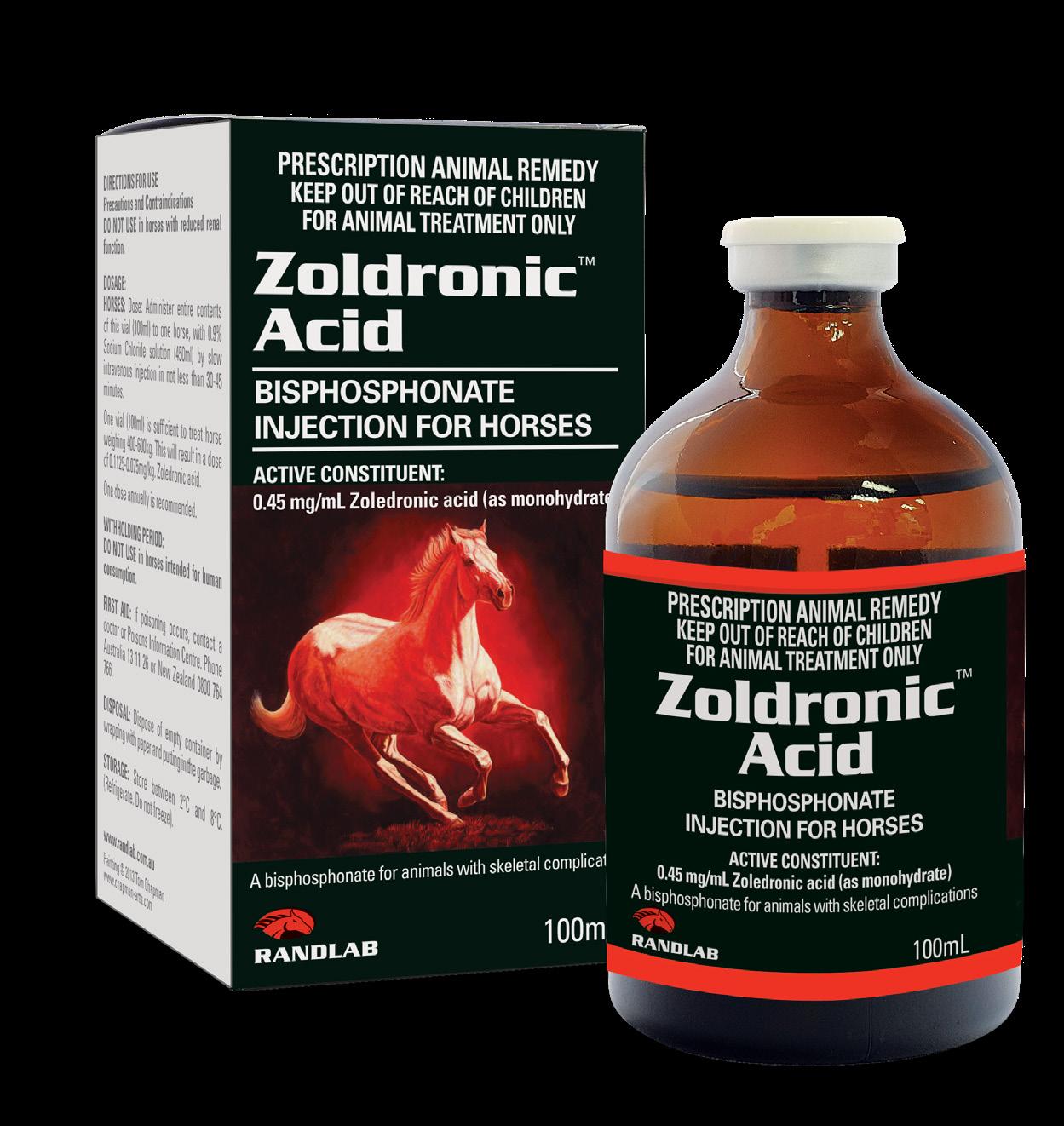
HIGHPOTENCY, LONG-ACTING BISPHOSPHOANTE
THE WORLD'S MOST DEFAMED MEDICINE.
100mL vial
Zoldronic Acid is a long-acting bisphosphonate injection used for the treatment of skeletal diseases associated with high osteoclast activity and accelerated bone turnover, prevention of skeletal fractures and alleviation of non-specific bone pain.
Zoldronic Acid has been indicated in the treatment of conditions such as equine Palmar/Plantar Osteochondral Disease (POD) and as an aid in the prevention of consequent metacarpal/metatarsal condylar fractures.
Zoledronic acid is reported as the strongest bisphosphonate currently available with a duration of action exceeding 12 months and a potency exceeding 100x other commonly used bisphosphonates. Bisphosphonates, such as Zoldronic Acid, appear to provide generalised analgesia for non-specific bone pain.
WARNING: Zoledronic acid is currently a banned substance for horses competing under FEI rules and for horses competing in some thoroughbred racing jurisdictions (eg Racing Australia). Check the rules of the local Regulatory Authority prior to administration.

THE OLYMPICS
Fact and Fables
SCAN QR CODE FOR MORE INFO ON ZOLDRONIC ACID
DOSAGE
DO NOT USE in horses with reduced renal function.
Dose: 0.057-0.075mg/kg in 1L 0.9% saline by slow intravenous infusion over 30-45minutes. The lower dose rate (0.057mg/kg) is recommended. Dose should not be repeated more frequently than annually. Use in horses under four years of age is not reccomended.
NO LONGER AVAILABLE IN AUS AND NZ
The first women were only permitted to compete at the modern Olympics from 1952 (Helsinki) in dressage, 1956 in show jumping and 1964 in eventing. Equestrian sports are one of only four Olympic sports where both women and men directly compete against each other and on the same teams.
The first woman to win an Olympic medal in equestrian was Lis Hartel (Den) in dressage in 1952, despite having to be lifted on and off her horse because she had been paralysed from the waist down by polio.
The most decorated equestrian of all time is Isabell Werth (Ger) with a total of 12 Olympic medals.
The oldest female to compete at the Games was Lorna Johnstone (GB) who competed at the 1972 Games at 70 years and 5 days.
The youngest equestrian to compete at the Games was also a female, Luiza Almedida from Brazil who competed at the 2008 Summer Olympics at the age of 16 years.

Clenbuterol Hydrochloride 21.44 µg/g, Sulfadiazine 335 mg/g, Trimethoprim 67 mg/g
INDICATIONS
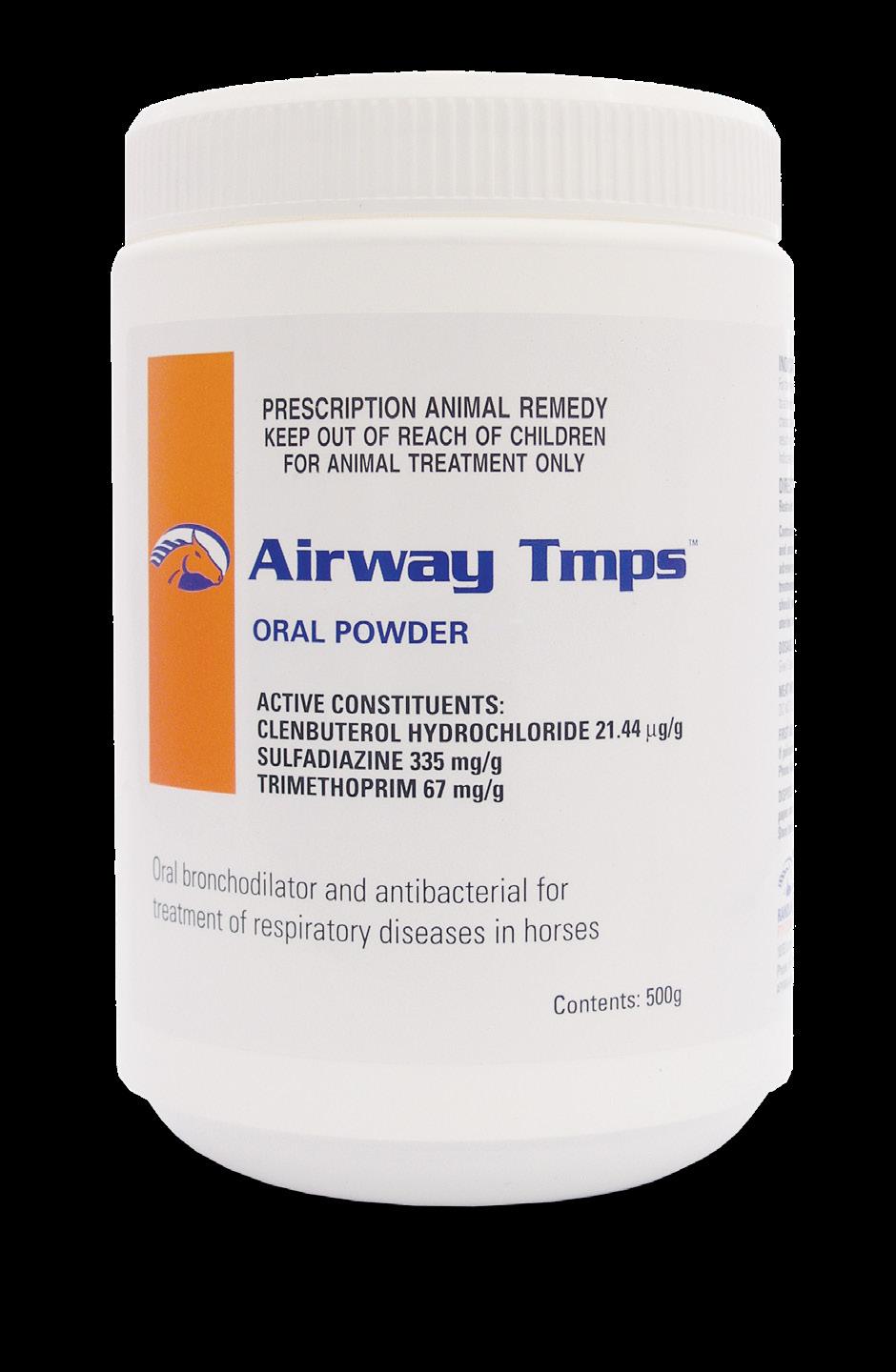
500g multi dose jar
For the treatment of respiratory disease in horses caused by organisms susceptible to a sufadiazine/ trimethoprim antibiotic combination. Treatment of respiratory conditions characterised by restriction of the airways, including bronchospasm and obstruction resulting from bacterial and viral infection, bronchitis and bronchopneumonia.
Aids in the removal of respiratory secretions by dilating the airways and increasing the mucociliary clearance rate.
Airway Tmps can be easily administered as a “powder sandwich” over the back of the tongue. Cut the top off a 60mL syringe at the 2mL mark with a bread knife or hacksaw. Withdraw the plunger to 60mL. Put two teaspoons of molasses, honey or apple sauce in the syringe, followed by the prescribed dose of Airway Tmps and a further two teaspoons of molasses or honey. Administer to the horse over the back of the tongue. As well as adding some flavouring, the molasses or honey stops the horse spitting out the dose.
Whenever possible, bacterial culture and sensitivity testing should be carried out prior to initiating treatment with Randlab’s Airway Tmps. Antibiotic sensitivity testing should also be undertaken in cases of non-responsive or chronic infections.
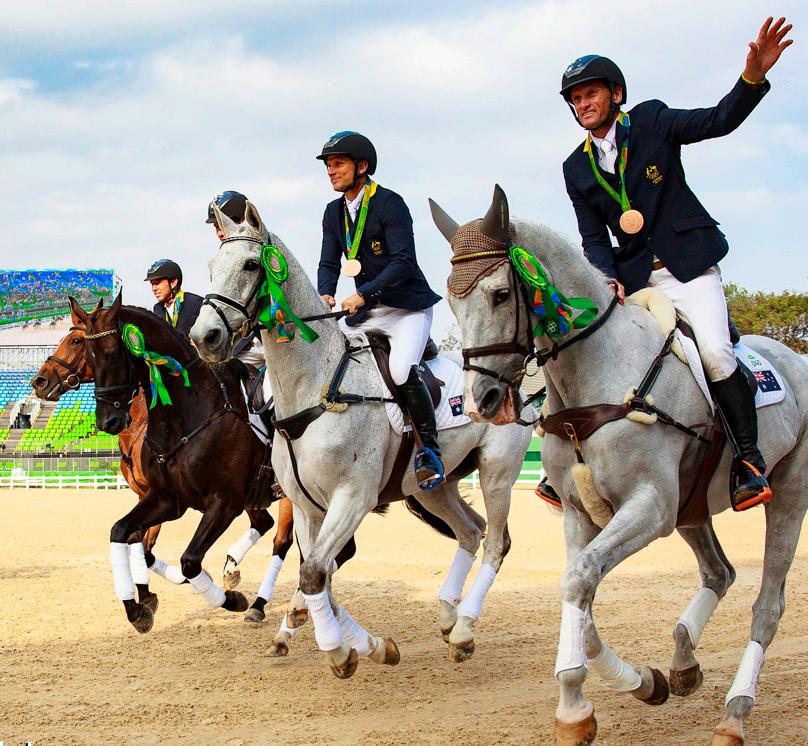
RANDLAB supports responsible Antimicrobial Stewardship.
DOSAGE
Dose: The label dose rate is one level scoop (9g) orally per 250kg bodyweight in feed twice daily for 6 to 10 days.
One level scoop contains 9g of powder.
Twice daily dosing is recommended to maintain therapeutic levels.
Administer on damp food with honey or molasses to avoid sifting of powder.
Alternatively, Airway Tmps may be made up into a paste with molasses, honey or Karo (corn) Syrup and administered over the back of the tongue.
APVMA No. 61474 | ACVM No. A010158 (NZ)
SCAN QR CODE FOR MORE INFO ON AIRWAY TMPS
THE OLYMPICS
Fact and Fables
Aussie, Aussie, Aussie! Hoy! Hoy! Hoy!
Australia did not send an equestrian team to the Olympics until the 1956 Games. Amazingly, Australia was the surprise winner of the Gold Medal in Team Eventing just four years after its Olympic equestrian debut at the 1960 Rome Games with the so-called Dream Team (Laurie Morgan, Neale Lavis, Bill Roycroft and Brian Crago) securing the Gold and Morgan (Gold) and Lavis (Silver) also awarded individual medals.
Since then, Australia has won a total of 23 Olympic and Paralympic medals in equestrian sports. Nine Gold, 5 Silver and 9 Bronze. All Australia's medals have been in individual and team eventing.
The most medalled Australian equestrian is Andrew Hoy with 3 golds in Team Eventing (1992, 1996, 2000) and two silvers (2000 in both Individual and Team). Hoy has attended 8 Olympics and is on target for his ninth in Paris.
Sulfadimidine 430 mg/g, Trimethoprim 86 mg/g, Bromhexine Hydrochloride 8.6 mg/g.
500g multi dose jar
INDICATIONS
For the treatment of respiratory infections in horses due to organisms susceptible to the combination of sulfadimidine and trimethoprim and where mucolytic activity is also desirable.
HORSE HACK
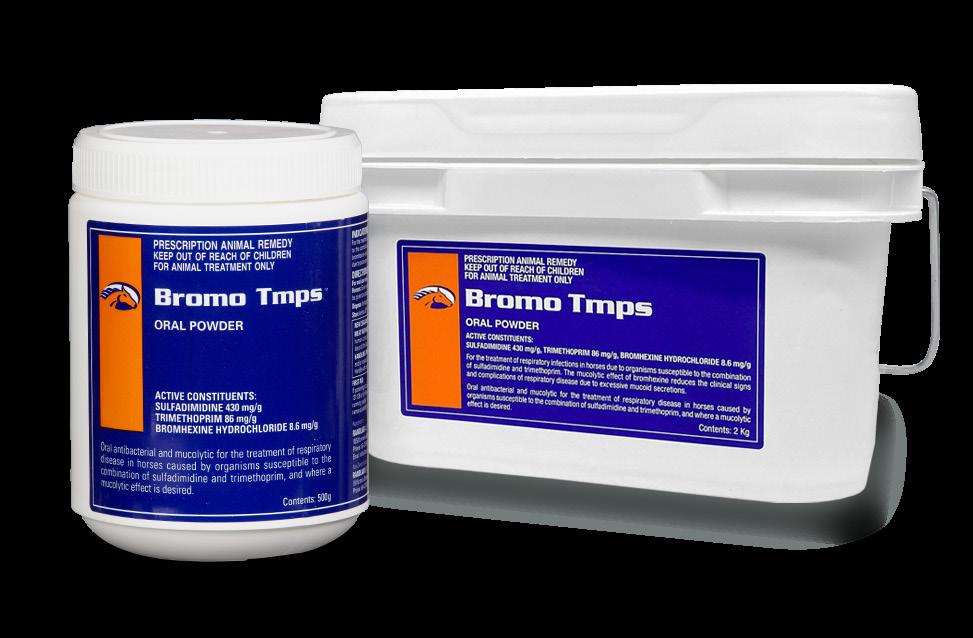
Bromo Tmps can be easily administered as a “powder sandwich” over the back of the tongue. Cut the top off a 60mL syringe at the 2mL mark with a bread knife or hacksaw. Withdraw the plunger to 60mL. Put two teaspoons of molasses, honey or apple sauce in the syringe, followed by the prescribed dose of Bromo Tmps and a further two teaspoons of molasses or honey. Administer to the horse over the back of the tongue. As well as adding some flavouring, the molasses or honey stops the horse spitting out the dose.
Whenever possible, bacterial culture and sensitivity testing should be carried out prior to initiating treatment with Randlab’s Bromo Tmps. Antibiotic sensitivity testing should also be undertaken in cases of non-responsive or chronic infections.

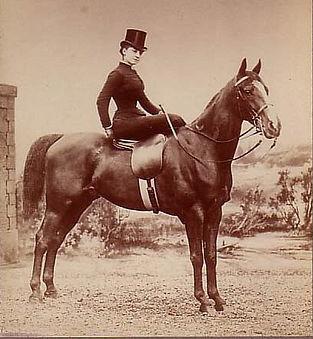
RANDLAB supports responsible Antimicrobial Stewardship.
ORAL ANTIBIOTIC AND COMBINATIONMUCOLYTIC
2kg multi dose pail
DOSAGE
Dose: 30mg/kg twice daily [e.g. (30mg/kg x 500kg) / (430+86)] = 29g.
Add one level scoop (12g) per 200kg twice daily in feed. Twice daily dosing is recommended to maintain therapeutic levels of active drugs in all situations.
APVMA No. 62490 | ACVM No. A010112 (NZ)
SCAN QR CODE FOR MORE INFO ON BROMO TMPS
Fact and Fables
Equestrianism made its debut in the modern Olympics in 1900 in Paris. The initial disciplines were Polo, Vaulting, Mail Coach Driving, Mixed Hacks and Hunters and three types of jumping (Grand Prix, High Jump and Long Jump).
Equestrianism then disappeared for the next two Olympics before making a reappearance when dressage, show jumping and eventing were introduced at the 1912 Games in Stockholm. They remain the three Olympic equestrian disciplines.
INDICATIONS
THE ONLY ORAL BRONCHODILATOR GEL ON MARKETTHE
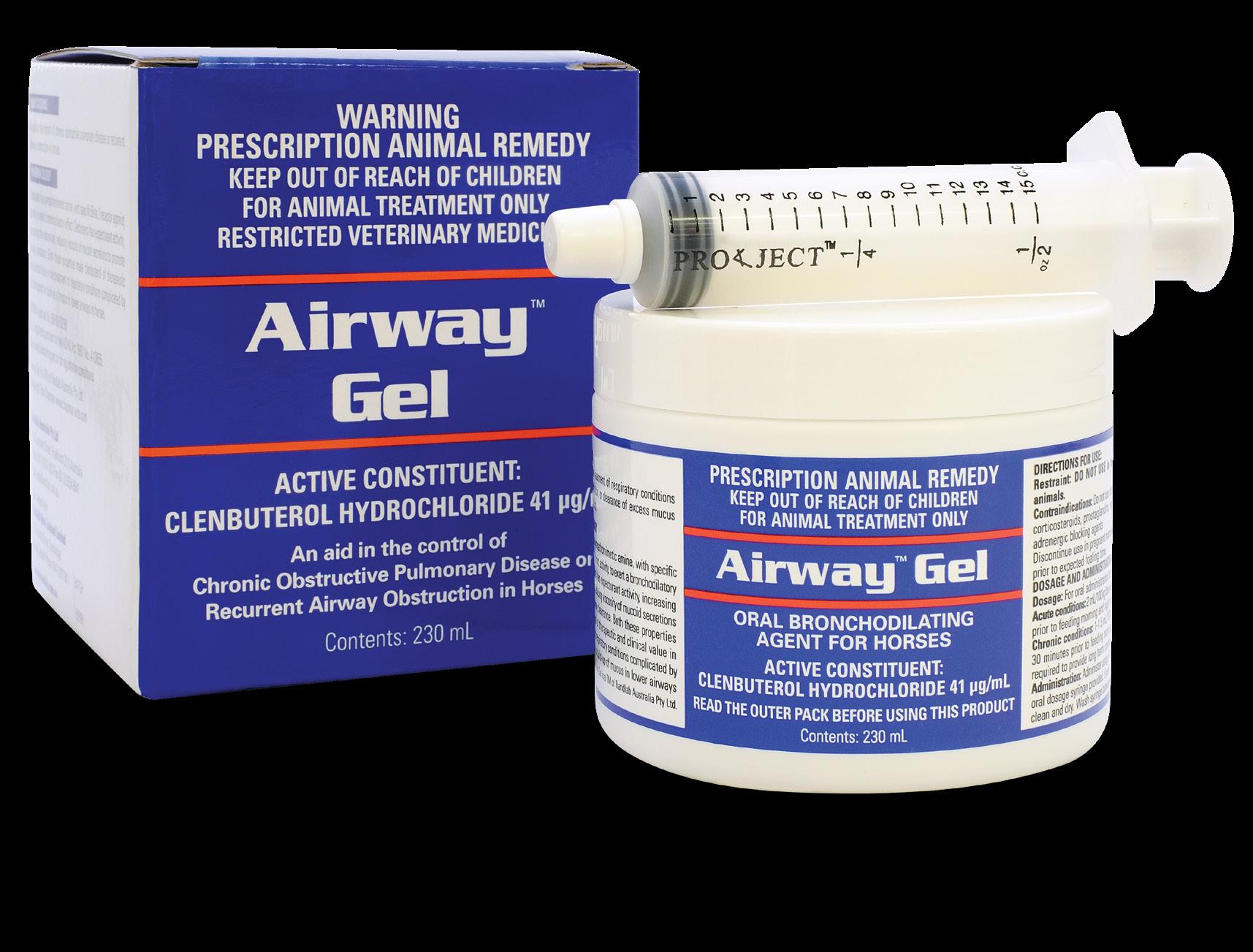
As an aid in the treatment of respiratory conditions where bronchodilation or clearance of excess mucus would be beneficial. Useful in the treatment of conditions such as Equine Asthma, Inflammatory Airway Disease, Recurrent Airway Obstruction, exercise induced bronchospasm, pneumonitis and bronchopneumonia. Promotes clearance of blood from the respiratory tract following an episode of EIPH and of fluid from the lungs following a bronchoalveolar lavage (BAL) procedure.
WARNING: Some horses may be initially sensitive to the sympathomimetic effects of clenbuterol. This may manifest as agitation, including “colicky” signs, sweating, increased heart rate and tremors. These symptoms are self-limiting and usually resolve within an hour. The horse may be continued on Airway Gel at a reduced rate (start with a half dose) for a few days. The dose should then be slowly increased until the horse tolerates the full recommended dose.
Horses may develop some tolerance to the pharmacological effects of clenbuterol and pulsed administration (e.g. 10 days on, 5-10 days off) is recommended over continuous administration in chronic conditions.
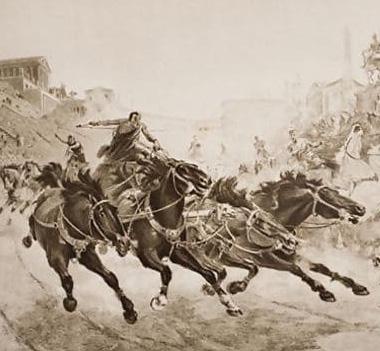
Fact and Fables
230mL multi dose jar
DOSAGE
Acute conditions: PO 0.8 μg/kg (2mL per 100kg BW) bid initially. May be increased up to 3.2 μg/kg in recalcitrant cases. Administer prior to feeding.
Chronic Conditions: 1-1.5 mL/100 kg bodyweight 30 minutes prior to feeding morning and night as required to provide long term control of symptoms. APVMA No. 65910 | ACVM No. A010655 (NZ)
SCAN QR CODE FOR MORE INFO ON AIRWAY GEL
Equestrianism at the Olympics can be traced back to 682 BC, when a four-horse chariot race was run at the Hippodrome at Greece’s 25th Olympiad.
The ancient Games even included equestrian events for foals! These were called Keles (single horse race over six laps of the hippodrome) and Synoris (two horse chariot race over three laps).
Modern-day Olympic equestrian events are rooted in cavalry skills and classical horsemanship, and until 1948, competition was restricted to commissioned military officers on military horses. After 1952, as the number of military riders was markedly reduced due to the replacement of the cavalry by mechanised warfare, civilian riders were allowed to compete.
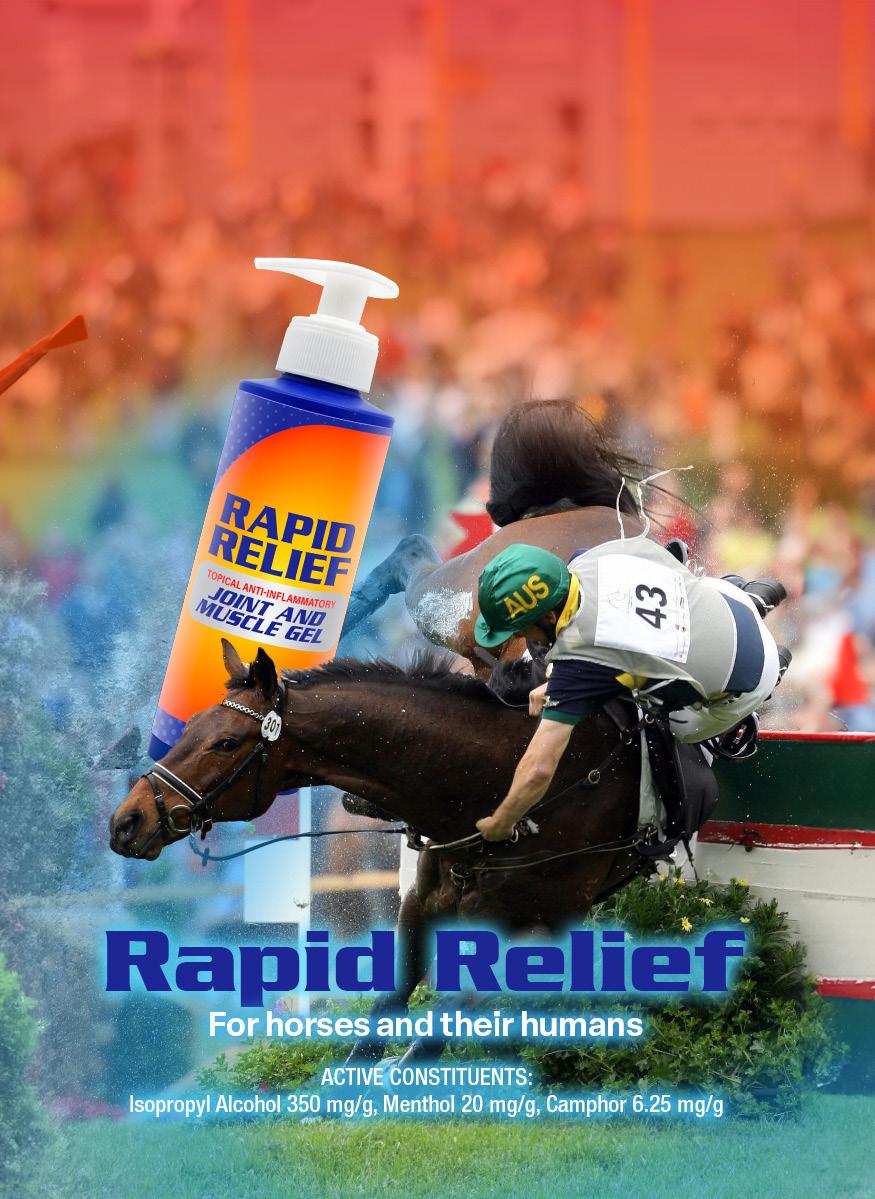
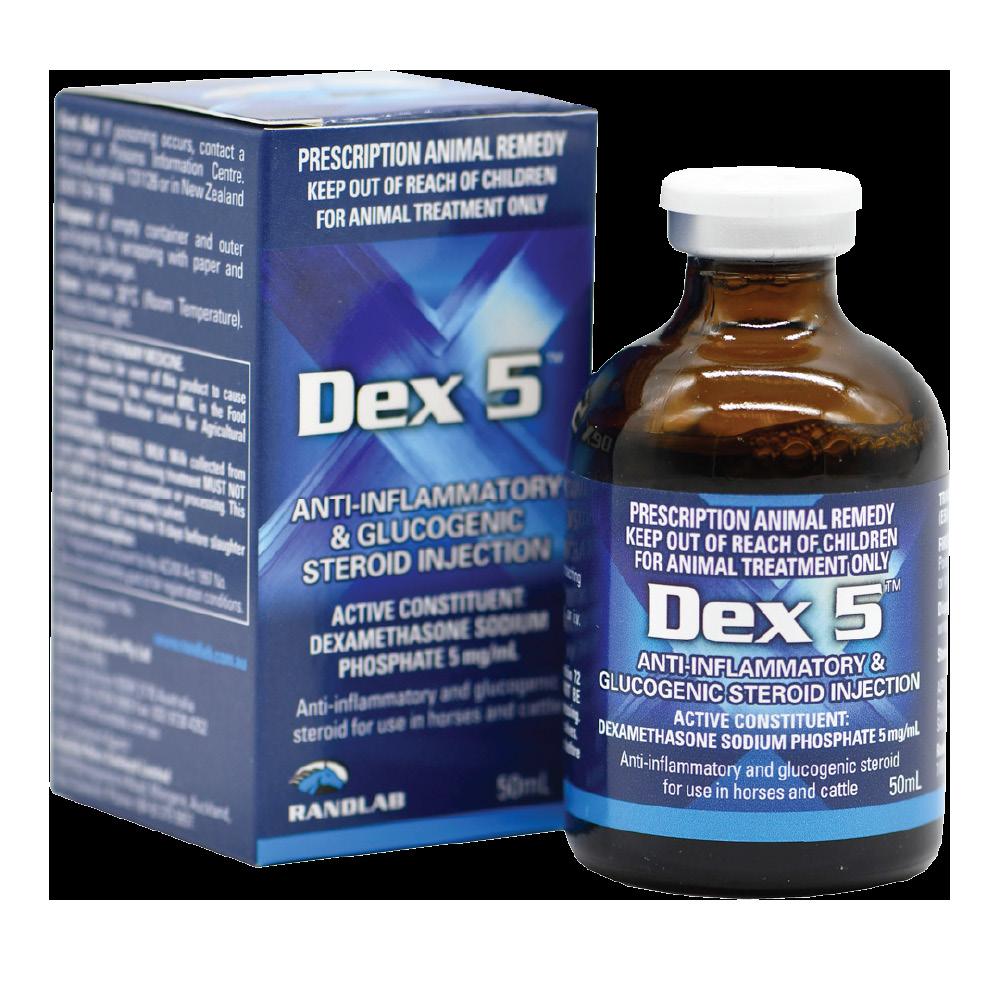
INDICATIONS
50mL multi dose vial
Glucocorticoids have an effect on virtually every cell type and system in the body.
The primary pharmacological actions of dexamethasone in the horse are as an antiinflammatory and immunosuppressive agent. As such, it has been used in the treatment of a wide variety of conditions including:
Anti-inflammatory:
Orthopaedic conditions. May be used alone or to augment the effect of non-steroidal anti-inflammatory drugs (such as phenylbutazone or meloxicam).
Useful in the treatment of conditions such as osteoarthritis, bursitis, tenosynovitis, tendinitis, desmitis, rhabdomyolyis, etc.
Intra-articularly for inflammatory joint disease or osteoarthritis either in combination with hyaluronic acid or another corticosteroid (eg triamcinolone) or a biologic (IRAP, ACS, PRP, etc), especially when a post-injection flare is anticipated.
Immunosuppression:
• Equine Asthma including IAD and RAO.
• Dermatitis including allergic dermatitis, pruritis, pemphigus and insect bite dermatitis.
• Auto-immune and immune-mediated diseases such as systemic lupus, rheumatoid arthritis, immune-mediated haemolytic anaemia (IMHA), thrombocytopaenia, polyneuritis equi, purpura haemorrhagica, lupus and other immune-mediated vasculitides.
Adrenal insufficiency
CNS disorders and trauma characterised by increased CSF pressure.
Neoplasia for amelioration of symptoms and secondary inflammation and regression of some lymphoid neoplasias.
• Shock incl endotoxic, anaphylactic, etc.
• Overnight Dexamethasone Suppression Test for diagnosis of PPID.
Horse Hack: The oral absorption of dexamethasone is superior to prednisolone. Injectable DSP may be administered orally in the fasted horse at a dose rate of approx. 150% the systemic dose. Feeding reduces absorption.
The membrane stabilising effects of dexamethasone are valuable in the treatment of acute rhabdomyolysis ("tie up") and results in a rapid decrease in plasma muscle enzymes.
SCAN QR CODE FOR MORE INFO ON DEX 5
EXCLUSIVE NEW EXTENDED BROACHING PERIOD (28 DAYS) AND SHELF-LIFE (36 MONTHS)

Dosing schedules are based on desired effect and vary according to the condition being treated. The response to dexamethasone is known to vary considerably from horse to horse.
Due to DSP’s high potency and multiple untargeted systemic effects, use the lowest dose possible for the shortest period of time to achieve the desired results.
Anti-inflammatory effects: 0.02-0.2mg/kg sid IV or IM. 0.05-0.1mg/kg (5-10mL/500kg BW would be a typical dose).
Immunosuppressive effects: 0.2-0.5mg/kg sid IV or IM.
Shock (endotoxic/anaphylactic): 4-6mg/kg IV.
Vasculitis: 0.05-0.2mg/kg IV or IM q12-24h for 2 weeks, then taper over 4-6 weeks.
Purpura haemorrhagica: 0.04-0.2mg/kg sid or bid.
Respiratory disease such as EA/RAO/IAD: 0.05-0.1mg/kg sid IV or IM for 3-4 days and then taper over 3-4 weeks.
Interstitial pneumonia incl Equine multinodular pulmonary fibrosis: 0.02–0.04 mg/kg IV or IM.
Inflammatory Bowel Disease (IBD): 005-0.2mg/kg IM for 2-4 weeks.
Dermatitis/pruritis/pemphigus: 0.05-0.1mg/kg sid.
Head/CNS trauma: 0.1-0.3mg/kg IV q6-24h.
Uveitis: 2mg q24-36h subconjunctivally.
Immune-mediated Haemolytic Anaemia: 0.05-0.1mg/kg sid IV or IM for 3-5 days then taper over 7-14 days.
Lymphoma: 0.2mg/kg IV for 5 days initially followed by ongoing immunosuppression.
Intra-articularly: 2-4mg/joint usually in conjunction with another corticosteroid, biological (eg. IRAP, PRP) or hyaluronic acid. Use a new bottle.
Overnight Dexamethasone Suppression Test (DMT) for PPID: Collect baseline serum sample in late afternoon. Administer dexamethasone 0.04mg/kg IM. Collect second serum sample 20 hours post DSP administration. Failure to suppress cortisol levels by < 30mmol/L supports a diagnosis of PPID.
APVMA No. 89900 | ACVM No. A011809 (NZ)
Phenylbutazone Sodium 200 mg/mL (equivalent to Phenylbutazone Base 186 mg/mL), Sodium Salicylate 50 mg/mL
INDICATIONS
100mL multi dose vial

The proven combination of the non-steroidal anti-inflammatory drugs (NSAID's) phenylbutazone sodium (anti-inflammatory and analgesia) and sodium salicylate (antipyretric, analgesia and anti-thrombotic) provides effective relief from inflammation and pain especially in conditions of the musculoskeletal system, including:
• Arthritis
• Tendonitis
• Laminitis
• Fractures
• Pyrexias
• Bursitis
• Osteitis
• Rhabdomyolysis
• Cellulitis
• Soft tissue inflammation
• Post-operative pain/inflammation
• Arthrosis
• Tenosynovitis
• Skin inflammation
• Mastitis
• Subchondral bone pain
The combination provides a rapid onset of action (10-15min for sodium salicylate) with prolonged clinical effects (24 hours for phenylbutazone).
Storage: Store between 2° and 8°C (Refrigerate. Do not freeze).
If Platinum Bute IV is kept out of the fridge (eg shelf or car) , the phenylbutazone will slowly degrade. The level of degradation is low and unlikely to be of any clinical significance.
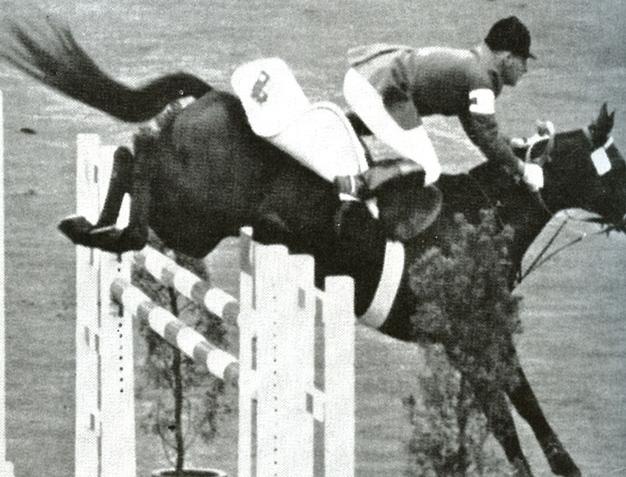
Fact and Fables
DOSAGE
Administer by slow intravenous injection of solution at room temperature. Use of a catheter is strongly recommended to prevent inadvertent peri-vascular injection.
Horses and Foals: Initially give 1-2mL/45kg (10-20mL/450kg) per day. Subsequent doses, depending on response, may be reduced to 0.5-1mL/45kg (5-10mL/450kg) per day. Treatment may be continued for 5-6 days as required.
APVMA No. 68303
SCAN QR CODE FOR MORE INFO ON PLATINUM BUTE IV
The Olympic medal that slipped away
Bonvale was a wiry little black Australian Stockhorse gelding. Station-bred from generations of cattle horses. Highly strung for a stockhorse. But 15yo John Fahey, son of a dairy farmer from the mid North Coast of NSW, had jumped the horse for his previous owner and convinced his father to buy the gelding for £550.
In 1964, twenty-year-old Fahey riding Bonvale won the final Olympic selection event and suddenly the country boy and his stockhorse were on their way to the Olympic Games.
On the day of the event each member of the showjumping team was presented with a sheepskin saddlecloth by the Equestrian Federation of Australia and told they were only to be used during their competition round.
Fahey and Bonvale went clear to the 12th jump, when the sheepskin saddlecloth moved back and as Bonvale went to jump the water fence the saddlecloth slipped back over his tail and took his attention.
Distracted and unsettled by the saddlecloth flapping over his flanks, Bonvale uncharacteristically got rails on the next two fences. This meant that Fahey and Bonvale ended up with eight faults after two rounds and in equal third place with one of the world’s outstanding combinations, Peter Robeson and Firecrest (GBR).
The Ground Jury could have awarded both combinations a bronze medal, but instead determined there would be an additional jump off round. Unfortunately, Robeson then jumped clear to take the Bronze Medal and Fahey ultimately finished in 4th place.
1L multi dose pail (new screw top)

30mL multi dose syringe
INDICATIONS
Anti-inflammatory, analgesic and antipyretic oral paste for the relief of pain and fever.
The analgesic and anti-inflammatory effects are indicated in the treatment of a wide variety of conditions in the horse including traumatic injuries and post-surgery.
Suitable for the treatment of musculoskeletal conditions including bone and joint disorders, soft tissue injuries and inflammation including tendinitis, acute tenosynovitis, desmitis, myositis (incl rhabdomyolysis), capsulitis, bursitis, acute and chronic laminitis osteoarthritis, etc.
Equine Bute Paste may also be used diagnostically to try and differentiate non-specific lameness associated with pain from 'lameness' due to behavioral changes, a so-called "bute trial".
Misoprostol (5μg/kg bid) and/or Sucralfate (20mg/kg bid-qid) are recommended for the prevention or treatment of NSAID-induced gastrointestinal ulceration during long-term administration of phenylbutazone. HORSE HACK
SCAN QR CODE FOR MORE INFO ON EQUINE BUTE PASTE
500mL multi dose jar
250mL multi dose jar
DOSAGE
Horses: Administer orally prior to feeding. 4.4 mg/ kg (10 mL/450 kg) bodyweight twice daily for the first day; 2.2 mg/kg (5 mL/450 kg) bodyweight twice daily for the next four days; 2.2 mg/kg (5 mL/450 kg) once daily on alternate days or as directed by a veterinarian. Maximum daily dose should not exceed 4 grams (20 mL).
Ponies: Do not exceed the recommended dose, as ponies exhibit an increased sensitivity to the toxic effects of phenylbutazone.
Administer orally prior to feeding. 2.2 mg/kg (2.5 mL/225 kg) bodyweight twice daily for four days; 2.2 mg/kg (2.5 mL/225 kg) once daily on alternate days or as directed by a veterinarian.
APVMA No. 63283 | ACVM No. A010324 (NZ)

Fact and Fables
Halla, ridden by German Hans Gunter Winkler, is the only horse ever to win three Olympic Gold medals in showjumping. The mare and rider won the Gold in Individual and Team Jumping at the 1956 Stockholm Olympics and then went on to win gold again in Team Jumping at the 1960 Rome Olympics.
Halla was foaled in 1945 in Germany by the Standardbred stallion Oberst out of an unknown French trotting mare. She stood 16.2hh when competing.
Early in her career, Halla was considered talented but irritable and difficult to manage and changed riders several times before coming into the stable of Winkler.
Winkler sustained a severe injury in the first round of the jumping at the ’56 Olympics and was not even able to mount the mare unassisted. But such was the chemistry between horse and rider that Halla went on to basically jump the final round clear with Winkler just pointing and steering. In so doing, she won both the individual and team Gold medals.
Halla died at the age of 34 years as the world’s most decorated equine Olympian.
100mL multi dose vial
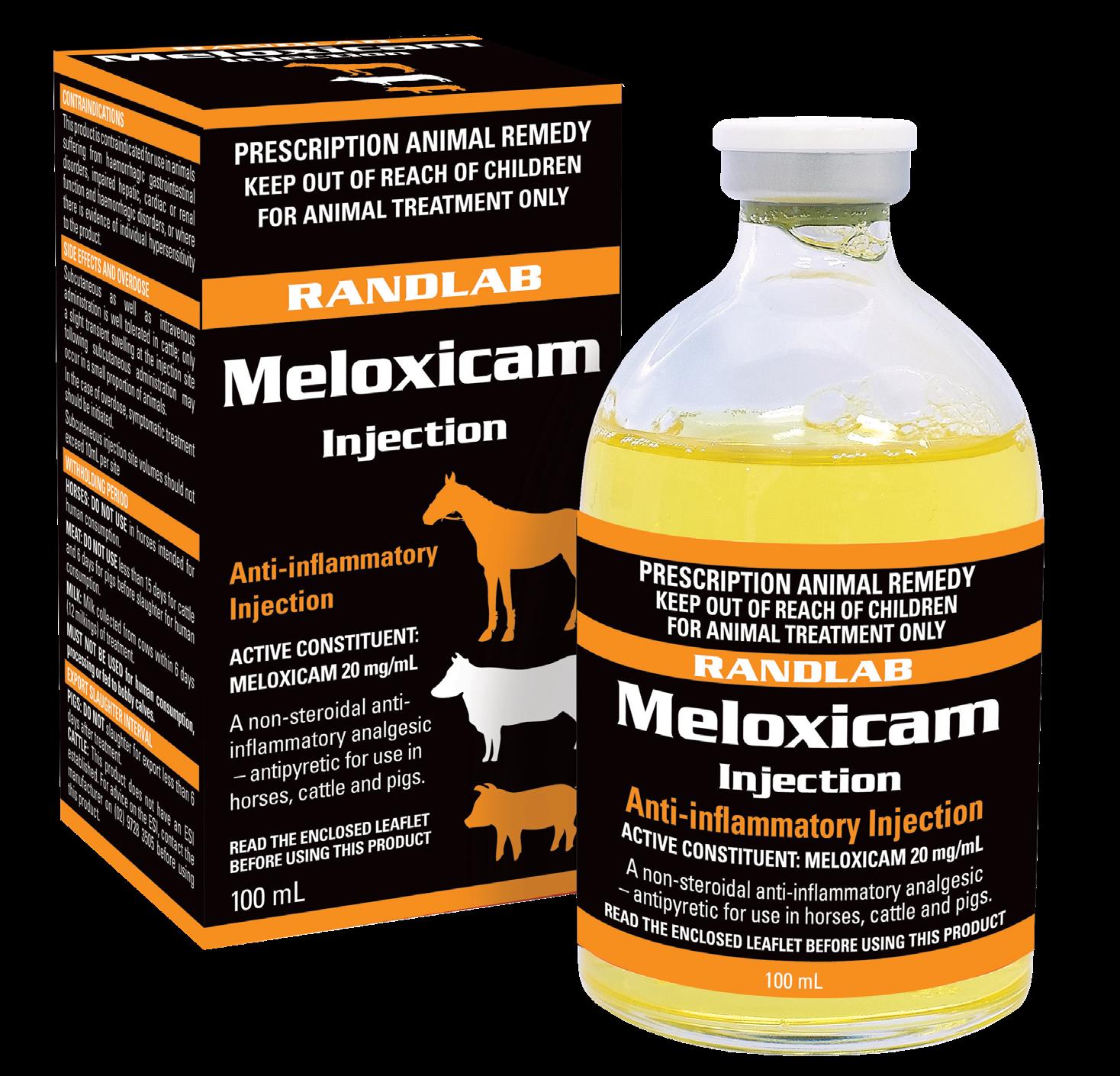
INDICATIONS
Meloxicam is a preferential COX-2 non-steroidal anti-inflammatory drug (NSAID) for rapid initiation of therapy for any condition requiring anti-inflammatory activity, whilst preserving COX-1 function.
Suitable for the treatment of musculoskeletal disorders, including joint, bone and soft tissue injuries and relief of pain associated with colic and ophthalmic conditions.
Meloxicam is effective for treating inflammation and pain associated with surgery and during postsurgery recovery.
Meloxicam Injection may be used as a short course or as an initial loading dose prior to changing to oral meloxicam.
The withholding period for Meloxicam Injection prior to competition is considered less than other NSAID’s such as phenylbutazone. If using in performance horses, the regulations of the relevant authorities should be consulted.
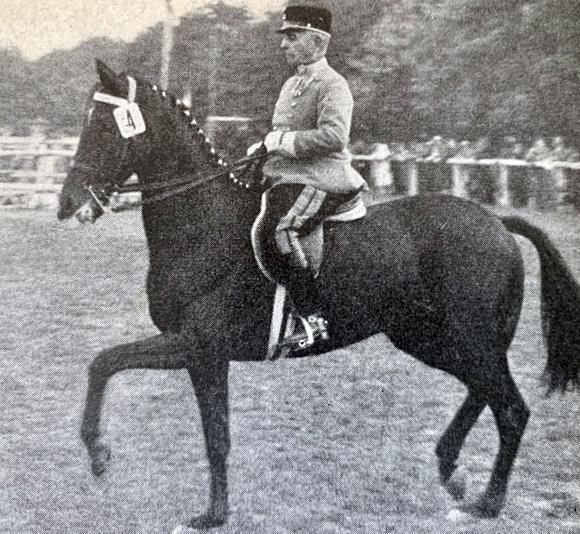
SCAN QR CODE FOR MORE INFO ON MELOXICAM INJECTION
DOSAGE
Horses: 0.6mg/kg BW (3mL/100kg) by intravenous injection
Cattle: Single use only by subcutaneous or intravenous injection.
0.5 mg meloxicam/kg bodyweight (i.e. 2.5 mL/100kg BW) in combination with antibiotic therapy, as appropriate.
Pigs: Single use only by intramuscular injection in the anterior half of the neck. (Can be repeated once after 24 hours if necessary).
0.4 mg meloxicam/kg BW (i.e. 2.0 mL/100kg) in combination with antibiotic therapy, as appropriate.
Sheep: Single use only by subcutaneous injection high on the neck behind the ear.
For sheep and lambs from 14 days of age.
1.0 mg/kg BW (1.0 mL/20kg) meloxicam.
APVMA No. 68070 | ACVM No. A010915 (NZ)
Fact and Fables
Austrian Arthur von Pongracz (dressage) who competed at the 1936 Olympics (Barcelona) is the oldest equestrian to compete at the Games at 72years and 49 days.
Lorna Johnstone (GB) is the oldest female to ever compete at the Olympics. Johnstone was 70 years and five days when she competed in dressage at the 1972 Games (Munich).
The oldest medallist is Ian Miller (Can) who won silver in team showjumping at the 2008 Games (Beijing in HK) at the age of 61. It was his ninth Olympic Games.
The oldest athletes to compete at the last Olympic Games (Tokyo 2020/1) were both Australian equestrians. Andrew Hoy (eventing) was 62yo and Mary Hanna (dressage) was 66yo.
Sixty-seven year old Japanese rider Hiroshi Hoketsu competed in his second Olympics in 2008 in dressage – 44 years after his first as a show jumper (Tokyo, 1964).

230mL multi dose jar
INDICATIONS
PREFERENTIAL INHIBITORCOX-2FOR ADDED SAFETY

Meloxicam is a preferential COX-2 anti-inflammatory drug (NSAID) for any condition requiring antiinflammatory activity, whilst preserving COX-1 function.
Suitable for the treatment of musculoskeletal disorders, including joint, bone and soft tissue injuries and relief of pain associated with colic and ophthalmic conditions.
Meloxicam is effective for treating inflammation and pain associated with surgery and during postsurgery recovery.
HORSE HACK
The withholding period for Meloxicam Paste prior to competition is considered less than other NSAID’s such as phenylbutazone. If using in performance horses, the regulations of the relevant authorities should be consulted.

SCAN QR CODE FOR MORE INFO ON MELOXICAM
Fact and Fables
DOSAGE
Horses: Daily dose of 0.6 mg/kg bodyweight (i.e. 3.0 mL/100 kg bodyweight) for up to 14 days.
Foals: 0.6mg/kg twice daily dosing is required in foals < 7 weeks old due to more rapid clearance. APVMA No. 82561 | ACVM No. A011118 (NZ)
The lanky (6’2”) New Zealander Mark Todd was sceptical that the little (15.3hh), fat hairy pony would ever amount to much. But “Podge” (Charisma's stable name) and his rider were to go on to become Olympic legends by winning NZ’s first equestrian Olympic Gold Medal and becoming the first horse in history to win back-to-back Olympic gold medals in 1984 and 1988.
However, the second Gold nearly did not come about, when owner Fran Clark made the surprising decision to sell Charisma after his ’84 Games’ victory. And even more surprisingly to offer the horse to British rider Lizzie Purbrick instead of Mark Todd. However, Todd and Purbrick did a deal behind Clark’s back and in conjunction with Todd’s sponsor Woolrest, were able to secure the horse for £50K.
Good ol' Podge went on to duly win his second Olympic Gold in Seoul in 1988. He continued to be competitive at the highest level right up until his retirement as a 16yo after his second Olympic win. The tough New Zealander competed in more elite events than any other horse in history.
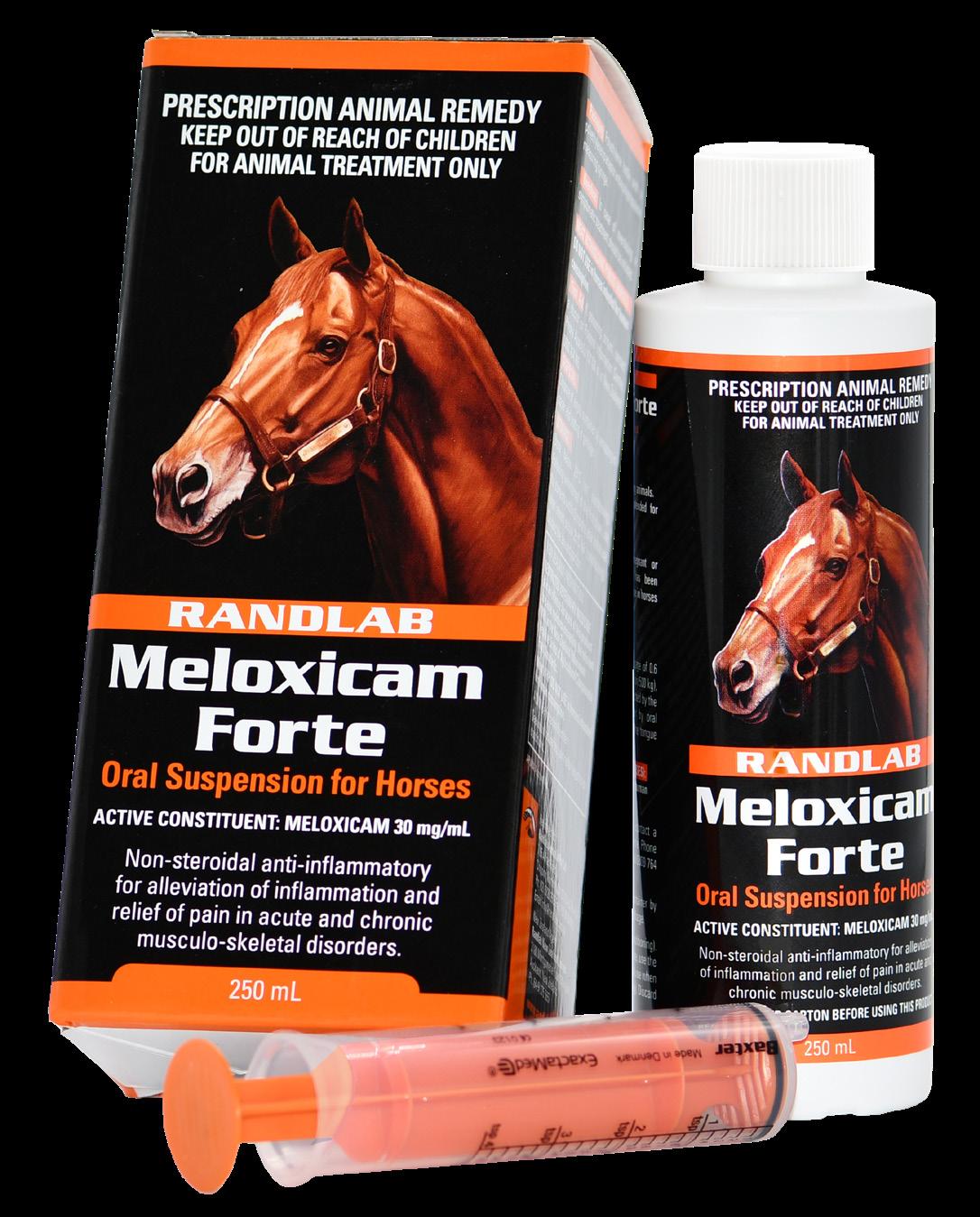
250mL bottle FORSUITABLE
INDICATIONS
Meloxicam is a preferential COX-2 non-steroidal anti-inflammatory drug (NSAID) for any condition requiring anti-inflammatory activity, whilst preserving COX-1 function.
Suitable for the treatment of musculoskeletal disorders, including joint, bone and soft tissue injuries and relief of pain associated with colic and ophthalmic conditions.
Meloxicam is effective for treating inflammation and pain associated with surgery and during postsurgery recovery.
The withholding period for Meloxicam Oral Suspension prior to competition is considered less than other NSAID’s such as phenylbutazone. If using in performance horses, the regulations of the relevant authorities should be consulted.
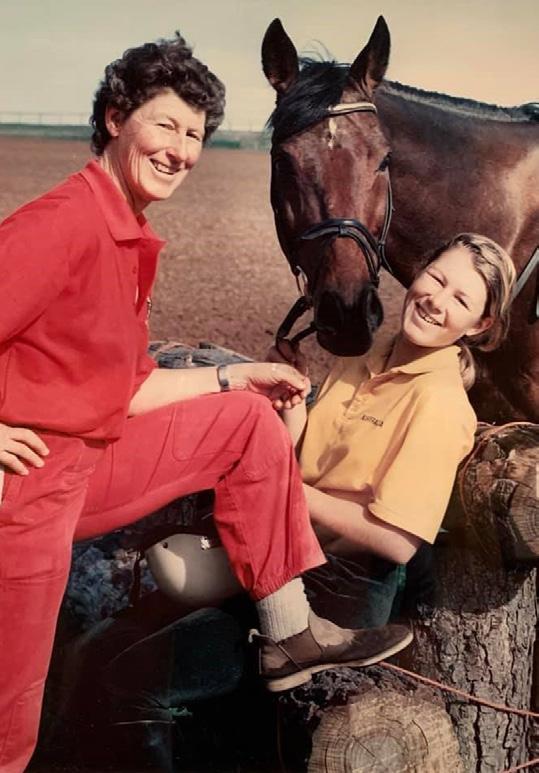
DOSAGE
Shake well before use.
Horses: Daily dose of 0.6 mg/kg bodyweight (i.e. 10mL suspension/500kg BW) for up to 14 days.
Foals: 0.6mg/kg (i.e. 2ml suspension/100kg BW) twice daily for up to 7 days. Twice daily dosing is required in foals < 7 weeks old due to more rapid clearance.
APVMA No. 89813
SCAN QR CODE FOR MORE INFO ON MELOXICAM FORTE
Fact and Fables
A few months after competing at the 1986 World Equestrian Championships, Di Schaeffer purchased an off-the-track thoroughbred for her 11yo daughter Wendy. The horse stood only 15.3hh and had the right temperament to become a successful pony club horse.
But Sunburst and Wendy had other ideas! Under Di’s guidance, the pair soon progressed through the junior and young riders ranks to be competing at advanced senior level by the time Wendy was seventeen.
Spurred on by Australia’s 1992 Eventing Gold at the Barcelona Games, 18yo Schaeffer set an audacious plan for herself and Sunburst towards the Atlanta Olympics.
However, the plan nearly came unstuck when, with only nine weeks to go before the Olympics, Schaeffer made the unorthodox decision to return home to compete at the Naracoorte Horse Trials, leaving Sunburst behind in the UK.
During the XC, one of Schaeffer's young horses crushed her leg breaking both her tibia and fibula. To all intents and purposes, it was Olympic game over!
Wendy had a plate and nine screws inserted in her fractured tibia and a customised hinge-brace fitted to protect the leg. Somewhat defiantly, she was back on a horse 2.5 weeks after the surgery and back training with Sunburst a further two weeks later. Despite their unusual preparation, Wendy somehow managed to convince the selectors to include her on the Olympic Team alongside Andrew Hoy, Matt Ryan and Phillip Dutton.
Wendy and Sunburst managed to achieve the best result of the whole team, bringing home the team gold for Australia. It was only a change of the rules from the previous Olympics that cost Wendy the individual gold. Wendy was only 21yo and the youngest rider to ever win an equestrian gold medal.
Flunixin meglumine equivalent to Flunixin 50 mg/mL

100mL multi dose vial
INDICATIONS
For the alleviation of visceral pain and inflammation associated with colic and the normalisation of peristalsis.
For the alleviation of inflammation and pain associated with musculoskeletal disorders. For the treatment of inflammatory ocular conditions such as uveitis and pre- and post-eye surgery.
At lower doses than used for anti-inflammatory effects, flunixin reduces the haemodynamic changes associated with endotoxaemia/endotoxic shock.
WARNING: Prolonged detection times leading to a positive drug test following the administration of flunixin have been reported in the horse. This is believed to be due to drug “recycling” with the horse ingesting previously excreted flunixin. It is recommended that boxed competition horses be moved to a different stall after the normal excretion period (~96 hours) to prevent potential re-ingestion of excreted flunixin.
Colix Injection may be administered orally at a dose rate of 1.1-1.3mg/kg. The injection can be administered mixed with molasses or squirted directly over the back of the horse’s tongue. The onset of action after oral dosing is generally within 2 hours, peak response 12-16 hours and duration of action up to 30 hours.
DOSAGE
Injection reactions or clostridial myositis may develop following intramuscular injections of flunixin in horses and should be avoided.
Musculoskeletal disorders: 1.1 mg per kg (1mL/45kg) bodyweight one to three times daily by intravenous injection for up to 5 days.
Colic: Alleviation of pain associated with colic: 1.1 mg per kg bodyweight I.V administration is recommended for prompt relief. May be repeated if signs of colic recur. Cause of colic should be determined and treated with appropriate therapy.
The visceral analgesic effects of flunixin should last for approx. four hours. "Breakthrough" abdominal pain following flunixin injection should be considered an indication for further assessment for colic surgery.
Endotoxaemia (incl at risk of endotoxaemia): 0.25mg/kg q8h administered IV to interrupt eicosanoid production and inhibit the associated endotoxin-induced haemodynamic effects.
APVMA No. 68287 | ACVM No. A011471 (NZ)
SCAN QR CODE FOR MORE INFO ON COLIX INJECTION

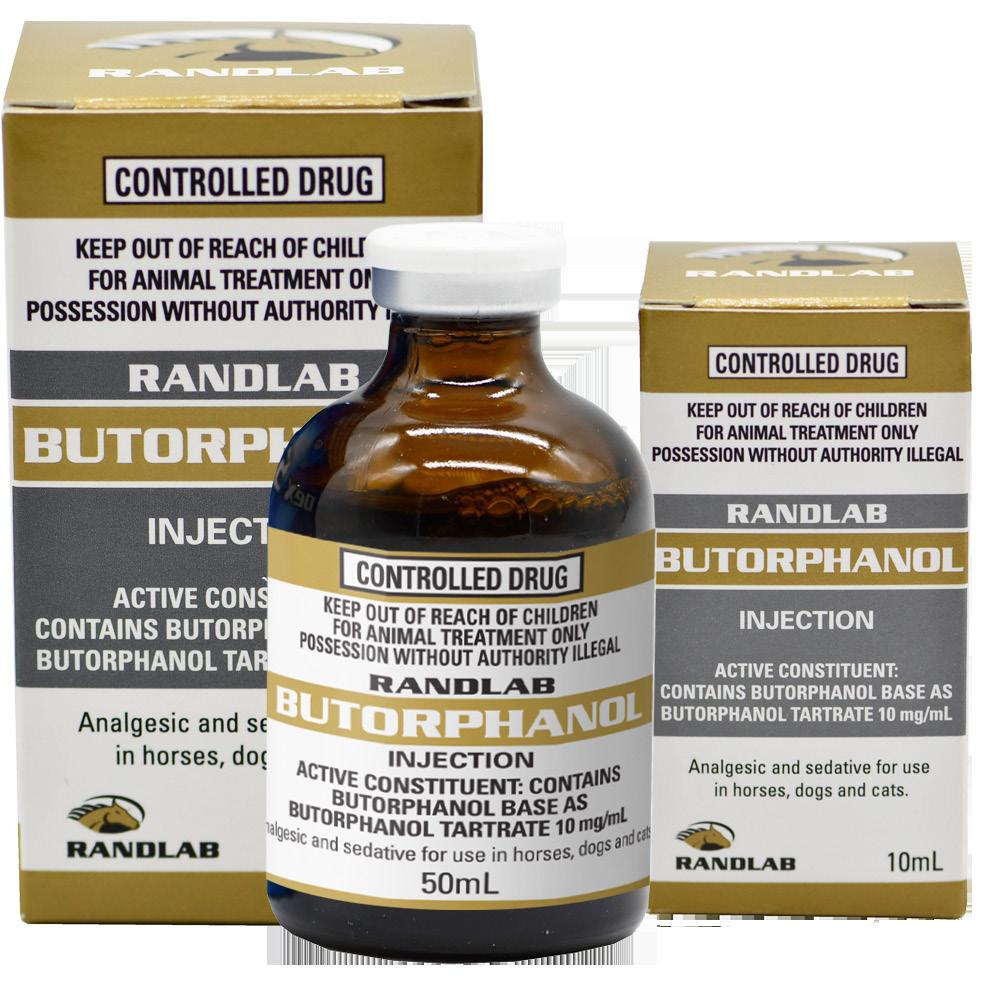
50mL multi dose vial STRONG
10mL multi dose vial
INDICATIONS
Butorphanol tartrate is a synthetic, mixed opioid agonist/antagonist with analgesic and sedative properties. It is generally used in combination with a sedative (such as an alpha-2 agonist) to avoid initial excitatory activity. Butorphanol has wide application in equine veterinary practice including:
• Restraint during standing surgery
• Restraint during minor surgical procedures
• Restraint during diagnostic procedures (eg yearling repository x-rays)
• Relief of pain associated with colic for up to four hours
• Anaesthetic pre-medication in combination with an α2-agonist
• Component in balanced general anaesthesia (esp for painful procedures)
• Post-operative and general pain management
• Potent anti-tussive
WARNING: Butorphanol should not be used in patients with liver disease as the drug cannot be efficiently eliminated and may accumulate to toxic levels.
SCAN QR CODE FOR MORE INFO ON BUTORPHANOL INJECTION

Premedication with an alpha-2 and butorphanol reduces cough associated with invasive airway procedures such as bronchoalveolar lavage (BAL) and tracheal washes.
Butorphanol may be administered intramuscularly at a higher dose and/or more frequently as systemic absorption via this route is only about 37%. However, dose and dosing interval should be based on the response to treatment.
Analgesia: 0.1-0.4mg/kg q3-4h IV or 0.04-0.2mg/kg IM.
CRI: Initial loading dose 17.8µg/kg followed by 13-24µg/kg/hr.
COLIC PAIN: 0.01-0.02mg/kg IV alone or in combination with an alpha-2 agonist (eg xylazine 0.02-0.1mg/kg IV).
Sedation: ALONE; 0.1-0.13mg/kg (=1-1.3mL/100kg BW) by intravenous injection q3-4h. IN COMBINATION; 0.02-0.05mg/kg IV in combination with xylazine (0.5-1.0mg/kg), detomidine (10-40 µg/ kg), romifidine (80-100 µg/kg) or acepromazine (0.02- 0.05mg/kg).
PRE-ANAESTHETIC; 0.01-0.04mg/kg IV following administration of an alpha-2 agonist (eg xylazine 0.1-0.5mg/kg IV).
FIELD ANAESTHESIA: Sedate with xylazine (1mg/kg IV or 2mg/ kg IM) followed by butorphanol (0.02-0.04mg/kg IV). Wait until horse heavily sedated (~10 minutes) before administering ketamine (2.2mg/kg IV). Combination improves induction, increases analgesia and increases recumbency time by 5-10 minutes.
Antitussive: 0.02 mg/kg IM bid-tid.
Foals: ALONE; 0.1-0.2mg/kg IV or IM. IN COMBINTATION; 0.5 mg/ kg xylazine followed by 0.04 mg/kg butorphanol.
APVMA No. 87965
Fact and Fables Mail Coach was a demonstration sport at the 1900 Olympic Games, where 29 entrants contested the events. The event was won by the Belgium entrepreneur and engineer Georges Nagelmackers. You may think that winning a gold medal in mail coaching at the Olympics could not possibly be topped. But George is actually better known as founding the Compagnie Internationale des Wagons-Lits - the company that created the infamous
50mL multi dose vial
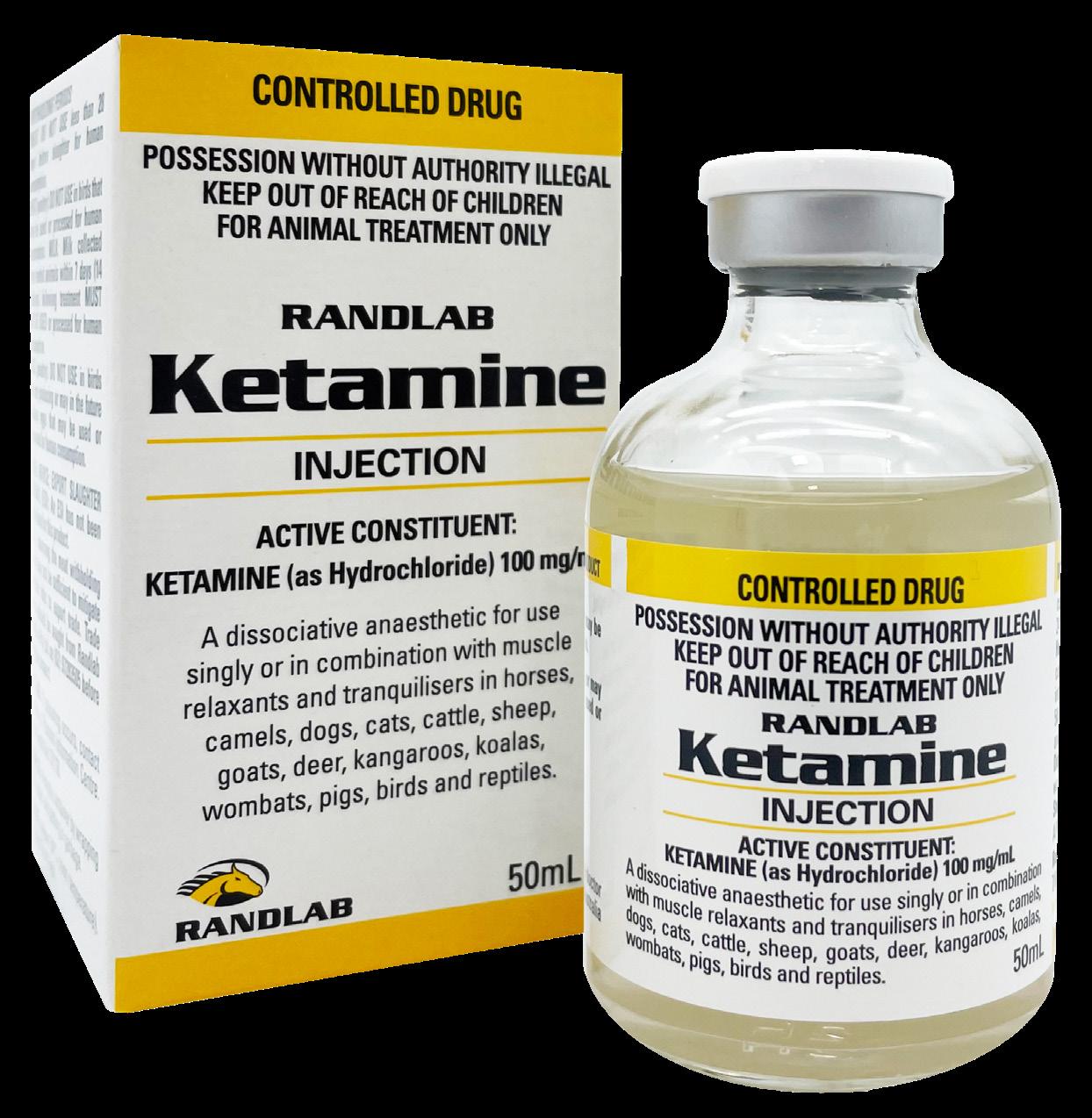
INDICATIONS
Ketamine-based anaesthesia is the most common anaesthetic technique for short procedures in the field. The duration of anaesthesia is generally less than 30 min. Ketamine-based anaesthesia can also be used as an induction agent prior to intubation and inhalation anaesthesia. Intravenous anaesthesia may also be maintained following α2-agonist + ketamine induction with “Triple Drip” Continuous Rate Infusion (CRI). See Dosage section. Ketamine also inhibits NMDA-receptors so may be adjunctively useful to control pain.
SCAN QR CODE FOR MORE INFO ON RANDLAB KETAMINE
DOSAGE
Sedatives other than xylazine may be substituted in protocols below prior to ketamine anaesthesia, e.g. detomidine (0.02 mg/kg) or romifidine (0.1 mg/kg).
Induction of anaesthesia: Premedicate with an α2-agonist (e.g. xylazine 1.1 mg/kg IV or 2.0 mg/kg IM) given 5-10 minutes before induction of anaesthesia with ketamine. Horse must be adequately sedated before administering the ketamine (2.2 mg/kg IV). Total anaesthetic time is short but can be prolonged by administering one-third to one-half of the induction dose or by instigating “Triple Drip” CRI (see below).
Butorphanol (0.02-0.04 mg/kg IV) may also be added to the original xylazine in highly strung horses (such as young horses, Thoroughbreds or Arabs) 5-10 minutes prior to Ketamine administration.
Diazepam (0.03 – 0.1 mg/kg IV) may also be administered along with xylazine prior to ketamine to improve induction, improve muscle relaxation during anaesthesia and prolong anaesthesia by about 5-10 minutes.
Field anaesthesia/“Triple Drip”: Add 500mg xylazine and 2000mg ketamine to 1L of 5% guaifenesin in dextrose or 0.9% saline.
INDUCTION: 1.1 mL/kg by rapid IV injection.
MAINTENANCE: 2.0-4.5 mL/kg/hr to effect. “Triple drip” should not be used for anaesthetics greater than 1 hour in duration unless oxygen supplementation and respiratory support is provided.
For foals & ponies: Add 250mg xylazine and 500mg ketamine to 500mL 5% guaifenesin solution. For induction give 1.1 mL/kg IV rapidly. For maintenance 2-3mL/kg/hr to effect.
CRI for analgesia: Loading dose of 0.6 mg/kg IV followed by CRI of 0.4-0.8 mg/kg/hr. Can be increased to 1.2mg/kg/hr if required. To prepare CRI solution, add 30mL ketamine to 1L bag of saline (= 3mg/mL) and administer IV over 8 hours at a rate of 125 mL per hour for a 500kg horse.
Foals treatment of seizures: 0.02 mg/kg/min CRI.
APVMA No. 87454

INDICATIONS
Sedator is a dose controlled sedative and analgesic. It may be used to facilitate examinations, x-rays, minor surgical procedures, transport etc. It may also be used to control pain including that of the uncomplicated equine colic case, with analgesia lasting as long as 12 hours in some instances. Common uses for Sedator would include: Examinations e.g. endoscopy, rectal palpation, gynaecological examinations, lameness examinations and all diagnostic imaging procedures.
• Ophthalmic examinations and minor procedures.
• Minor surgical procedures e.g. debridement and suturing of wounds, removal of skin tumours, fractued jaw repair, hoof care and castration.
• Pre-anaesthetic sedative when used in combination with anaesthetic agents
• Treatment and procedures in young or fractious horses e.g. nasogastric tubing, clipping and shoeing.
• Effective analgesia in treatment of colic cases.
• Sedation and analgesia in the management of serious injuries.
• Dental examinations and procedures.
• Safe handling of fractious animals.
WARNING: Intravenous potentiated sulphonamides are contraindicated in sedated or anaesthetised horses as potentially fatal dysrhythmias may occur.
DOSAGE
20mL multi dose vial
Dosage of Sedator should be determined with respect to the desired depth and duration of sedation required, temperament of the horse and concurrent environmental stimuli.
Lower doses may be adequate and be used whenever possible.
Dosage: 0.1 mL to 0.8 mL per 100 kg bodyweight. Administration is by slow intravenous or the intramuscular route.
For analgesia in COLIC until diagnosis is confirmed, recommended dose is 20-40 μg/kg BW (0.2-0.4 mL/100 kg BW).
The full analgesic effect is established in 5-15 minutes following administration. If the desired level of sedation is not achieved following administration of a low dose, an additional dose may be given.
The dose response can be estimated as follows:
Teetering, sweating, piloerection, muscle spasms
Constant Rate Infusion (CRI): Constant Rate Infusion (CRI) for analgesia: Loading dose 0.01mg/ kg followed by 15mg detomidine (1.5mL) in 1L of Ringers Solution administered at a constant rate infusion of 0.6μg/kg/min. This equates to approximate 6 drops/second IV. Adjust to effect.
APVMA No. 82623 | ACVM No. A011244 (NZ)

Thanks for making the last

last 20 years so memorable!
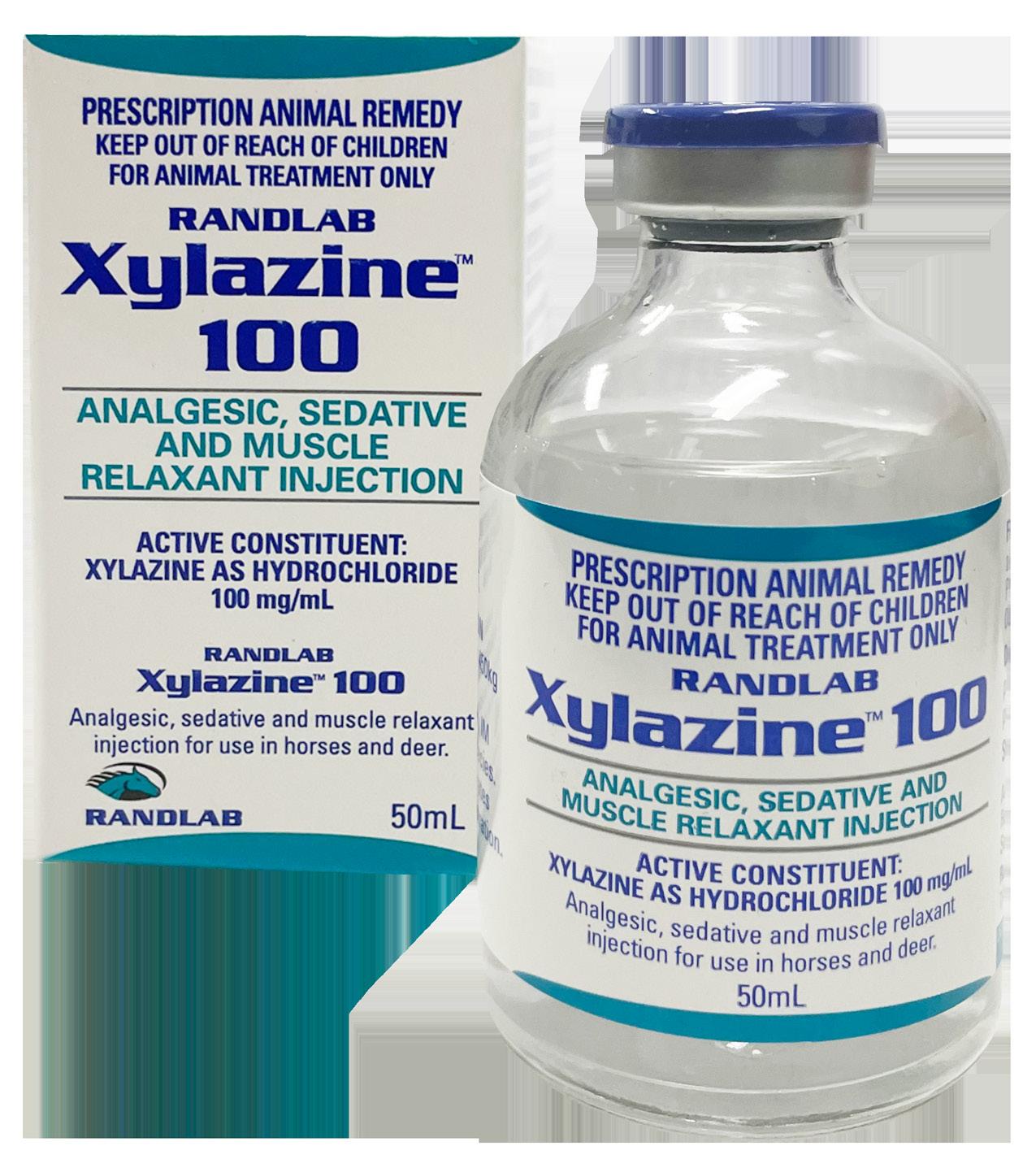
INDICATIONS
Randlab Xylazine 100 is an injection containing 100 mg/mL (10% w/v) of Xylazine for use as a sedative, analgesic and skeletal muscle relaxant in horses.
Randlab Xylazine 100 is an extremely effective sedative in the horse, allowing a number of procedures to be more easily conducted e.g. ophthalmic, dental or endoscopic examinations, wound suturing, rectal examination, stomach tubing, examination of fractious horses (incl lameness exam), diagnostic imaging, bandage application and removal etc. Xylazine in combination with appropriate local anaesthesia may be suitable for minor standing surgeries such as castration, dental procedures, draining abscesses, etc.
Xylazine may provide short acting analgesia in cases of colic facilitating examination and transport. The visceral analgesia effect of xylazine has been demonstrated to be superior to that produced by butorphanol. Xylazine decreases digital blood flow for up to 8 hours after administration.
Randlab Xylazine 100 is also a very effective premedicant for both ketamine and barbiturate anaesthesia.
WARNING: Some horses may exhibit “xylazine rage” following administration of the drug. This usually manifests as aggression, such as kicking or biting, especially after any sudden or unexpected moves. “Xylazine rage” represents a risk to handlers. It can be minimised by using the lowest appropriate dose of xylazine or by combining xylazine with either acepromazine or butorphanol.
Inadvertent intra-arterial (e.g. carotid artery) administration of xylazine will result in extreme excitement and convulsions. The horse will normally recover within 10 minutes but is at high risk of sustaining an injury whilst convulsing.
50mL multi dose vial
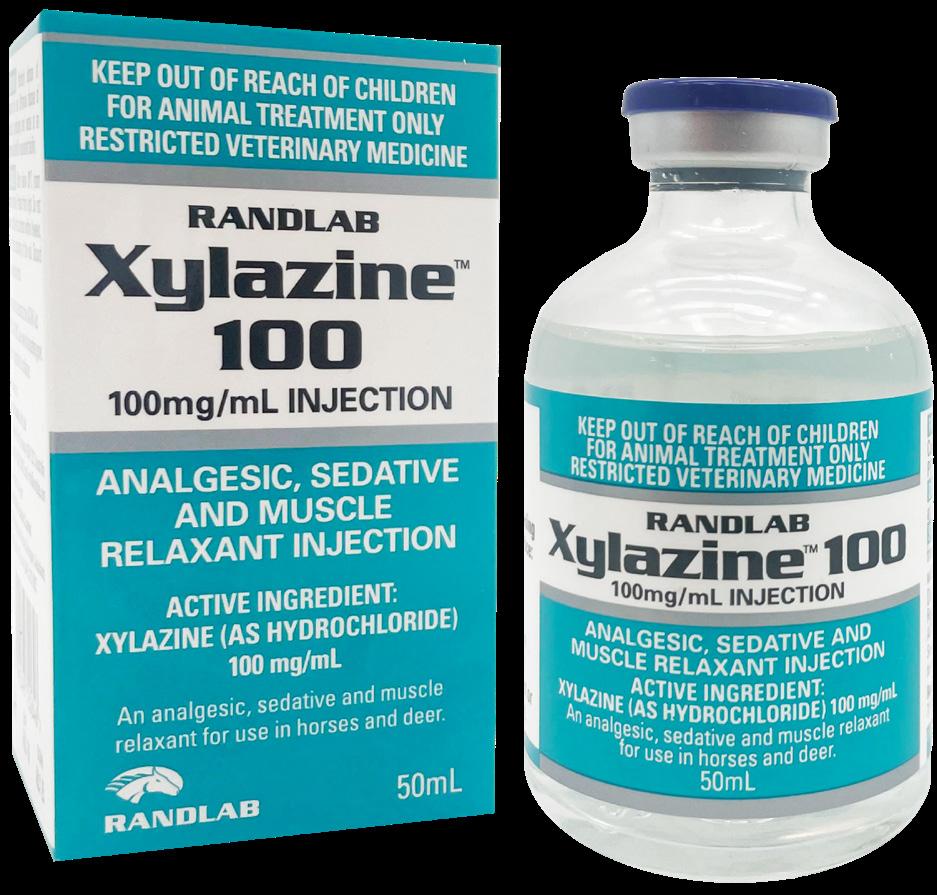
DOSAGE
Horses: Dose dependent effect: 2.0-5.0mL per 450kg BW by slow IV injection. Draft breeds are more sensitive to the effects of xylazine and the dose should be lowered accordingly.
Sedation: 1.1 mg/kg IV or 2.2 mg/kg IM. Allow animal to rest quietly until full effect is reached.
Colic: 0.2-0.5mg/kg IV will provide analgesia for 20-30 minutes. For longer duration, 0.6-1mg/kg IM will provide analgesia for 1-2 hours.
CRI for analgesia: 0.5-1.1 mg/kg IV followed by 0.72 mg/kg/hour.
Caudal epidural: 0.03-0.35 mg/kg in first coccygeal space. 3-5 hour duration of effect. Field induction: 1.1mg/kg IV. Wait until full sedation is achieved (5-10 min). If adequate sedation does not occur, re-dose with half the original dose of xylazine. Then follow with 2.2mg/kg IV of ketamine. Butorphanol (0.02-0.04mg/kg IV) or diazepam (0.03 - 0.1mg/ kg IV) may be added before the ketamine for additional sedation, analgesia or muscle relaxation respectively.
"TRIPLE DRIP" ANAESTHESIA: Add 500mg xylazine and 2000mg ketamine to 1L of 5% guaifenesin in dextrose or 0.9% saline.
Induction; 1.1 mL/kg IV rapidly.
Maintenance; 2.0 - 4.5 mL/kg/hr to effect. “Triple drip” should not be used for anaesthetics greater than 1 hour in duration unless oxygen supplementation and respiratory support is provided.
Foals & Ponies: Add 250mg xylazine and 500mg ketamine to 500mL 5% guaifenesin solution. For induction give 1.1 mL/kg IV rapidly. For maintenance 2-3mL/kg/hr to effect.
Reversal: Tolazoline, atipamezole or yohimbine may be used alone or in combination to reverse the effects of xylazine or speed recovery.
APVMA No. 87320 | ACVM No. A011802 (NZ)
APPROVED ALTERNATIVE TO ACP INTABLETS STABLESRACING

30mL multi dose syringe
INDICATIONS
• An aid in training fractious horses.
• To calm nervous horses and reduce stress.
• In minor surgical procedures in which a general anaesthetic is not required.
• To sedate horses that will not allow IV or IM sedation.
• In non surgical procedures such as shoeing, clipping and dentistry.
• Handling mares during mating or other gynaecological procedures.
• Calming of horses to assist in lameness examinations and ensure consistency of gait.
• Horses that have wounds which cannot heal due to constant irritation (biting, licking etc.).
• After major surgery to reduce straining.
• Useful aid in the treatment of colic and tetanus.
• To calm horses during transport.
• To calm horses during turn out, esp after surgery or injury.
• As a hypotensive agent and to improve peripheral blood flow.
• To initiate penile prolapse for examination of the penis (eg for squamous cell carcinomas).
WARNING: Rarely male horses may develop paresis or paralysis of the retractor penis muscle following administration of ACP. This is more likely following IV administration. When this occurs steps should be taken immediately to reduce any penile swelling and return the penis to the prepuce.
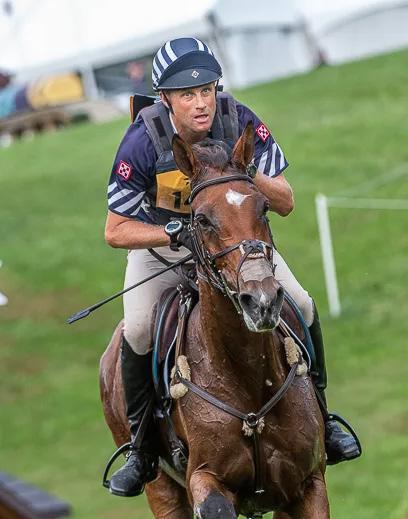
For best results, avoid excitement or stimulation of the animal prior to administration and preferably administer on an empty stomach.

DOSAGE
The required dosage of SED-Ace Oral Tranquiliser Gel may vary depending on the individual temperament of the horse, the level of sedation required and concurrent environmental stimulus.
In some horses, doses lower than those quoted on the SED-Ace label may be adequate.
Dose will also vary depending on desired level of sedation.
Horses: To be given orally. 2-10 mL per 450 kg bodyweight (0.05 to 0.26 mg per kg body weight).
APVMA No. 80410 | ACVM No. A011152 (NZ)
SCAN QR CODE FOR MORE INFO ON SED-ACE
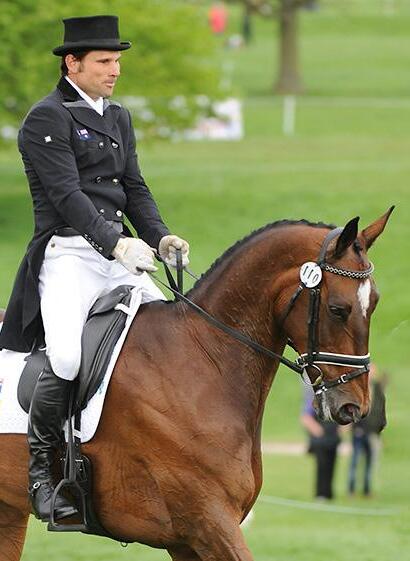
Fact and Fables
The Terrey Hills District of NSW is located approx 25km north of the Sydney CBD. Its population is approximately 3000 people.
But the district seems to specialise in the production of Olympic equestrians with Shane Rose, Edwina Tops-Alexander and Boyd Martin all growing up in the district.
Other notable graduates of the Zone 23 Pony Club include Lauren Balcomb (pre-selection Paris 2024 Showjumping) and other renowned equestrians Tim Boland, James Mooney and Jamie WinningKermond.
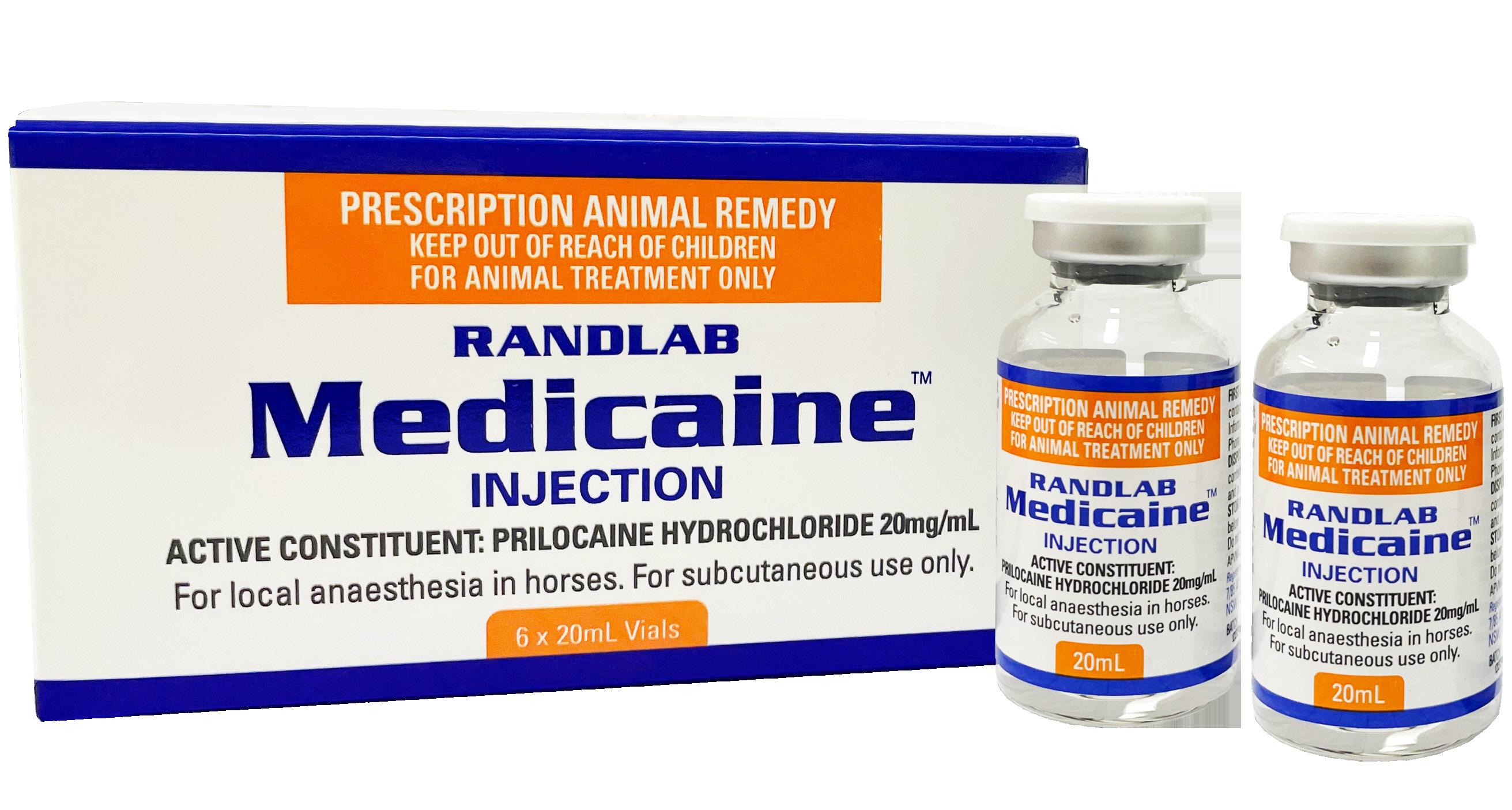
6 x 20mL Pack multi-dose vials
INDICATIONS
Prilocaine causes less tissue irritation, has a faster onset of action and longer duration of action compared to other local anaesthetics such as lignocaine and mepivicaine. Medicaine is indicated whenever local anaesthesia is required, including:
• Infiltration anaesthesia
• Nerve blocks
• Intravenous regional limb perfusion
• Standing surgeries including arthroscopy, laparoscopy, laparotomy, some fracture repairs, genital/perineal surgery, hoof resections, castrations, respiratory surgery (incl laryngoplasty and sinus surgery), "kissing spines" surgery, etc
• Topical anaesthesia including minor dermatological procedures and wound debridement, repair and suturing
• Biopsy/excision/debulking of skin tumours including sarcoids, melanomas, SCC, etc
• Dentistry, including fixation of broken jaws, tooth extraction, etc
• Regional and nerve blocks used as an adjunct to general anaesthesia to reduce the dose of parenteral/inhaled anaesthetic agents
• Post-operative pain management by regional nerve blocks or CRI
• Intra-tracheal instillation prior to a bonchoalveolar lavage (BAL) to reduce cough
• Skin grafts
• Biopsies (skin, liver, muscle, etc)
• Rectal relaxant prior to rectal examination
• Foal transphyseal screw placement and removal
• Relief of back muscle pain/spasm
Intra-rectal administration of prilocaine is an effective rectal relaxant prior to performing a rectal examination or rectal surgery. A dose of 50-60mL is usually administered via syringe after inserting a gloved hand through the anus. Many local anaesthetic agents, including prilocaine, possess antimicrobial activity and synergistic activity when used in conjunction with some antibiotics (check compatibilities). Consider using a combination of prilocaine and an appropriate antibiotic to reduce MIC’s of known equine pathogens in procedures such as joint injections for septic arthritis or regional perfusions for sepsis.
DOSAGE
The dose of Medicaine should be adjusted according to the route of administration, the site of administration and the response of the patient. The smallest dose producing the required effect should be given. APVMA No. 88500
WARNING: There are currently no local anaesthetic agents registered with the Australian Pesticides & Veterinary Medicine Authority (APVMA) for intra-articular use. Although these agents are commonly used by intra-articular injection (eg joint block, joint surgery, etc), veterinarians should be aware that this is an off-label usage. This applies to prilocaine, mepivacaine and lidocaine/ lignocaine.
SCAN QR CODE FOR MORE INFO ON MEDICAINE

Pentobarbitone Sodium 300 mg/mL
(equivalent to 273 mg/mL pentobarbitone)

INDICATIONS
Pentobarbital or a pentobarbital combinations are the principal choice for equine euthanasia by chemical means.
Lethaton Euthanasia Solution (Pentobarbitone sodium) is for the humane euthanasia of all animals. From the class of drugs known as barbiturates, it is used to induce euthanasia smoothly and quickly, with minimal discomfort to the animal.
“Euthanasia” is a Greek term meaning “good death”. This objective is met when death is induced which causes no pain or distress to the animal. To achieve this goal the techniques used should result in immediate loss of consciousness followed by cardiac and respiratory arrest ultimately resulting in loss of brain function and death. The drugs must act quickly and effectively. Veterinarians who perform this task must be technically proficient and well prepared.
HORSE HACK
When horses are euthanised, consideration should always be given to the unpredictability of how the horse is likely to fall and the possibility of some thrashing activity once recumbent. Some degree of exaggerated muscular activity is expected after the horse falls, even if the horse is not experiencing pain or distress. Appropriate precautions should always be taken to minimise any unnecessary risk to personnel and facilities.
DOSAGE
Lethaton should not be used for general anaesthesia.
480mL vial
Scan the QR code for more information on equine euthanasia preparedness.
Wherever possible, horses should be euthanised in a quiet, secluded and secure place. If this is not possible, or if the horse is already distressed (eg following severe injury or trauma) then it is recommended that the horse be administered an effective dose of a tranquilliser (eg Sedator or Xylazine 100) prior to Lethaton.
A neuromuscular blocking agent such as suxamethonium chloride (succinylcholine) may be added at 0.1 mg/kg to facilitate paralysis and rapid collapse to the ground.
There should be minimal number of personnel involved in the procedure. An experienced horse handler on the horse’s head is preferred.
The horse’s halter should be fitted tightly so that it will not slip over the horse’s head if the horse falls backwards.
To minimise the chances of perivascular administration and to facilitate rapid administration, it is preferable to use a long, large bore catheter (eg 10-14G, 3½-5¼" catheter).
Pull up the required dose of Lethaton in 50mL syringes. It may be useful to have at least one spare syringe prepared.
Administer the full dose of the Lethaton rapidly via the catheter and then move a safe distance away from the horse.
The horse handler should maintain constant pressure on the lead rope so as to try and direct the horse’s fall and prevent the horse flipping over backwards.
Once the horse is recumbent, check for the absence of a pulse and heart beat, pupillary dilatation and loss of a palpebral and corneal reflexes.
Horses: 1-2mL/5kg (100-200mL @ 500kg BW) by rapid intravenous injection.
APVMA No. 88008
SCAN QR CODE FOR MORE INFO ON LETHATON
WARNING: Carcasses from barbiturate euthanasias remain a hazard for wildlife and pets that may consume them and to aquatic wildlife if the carcass is disposed of near a waterway. Be mindful of how carcasses containing barbiturates are disposed.
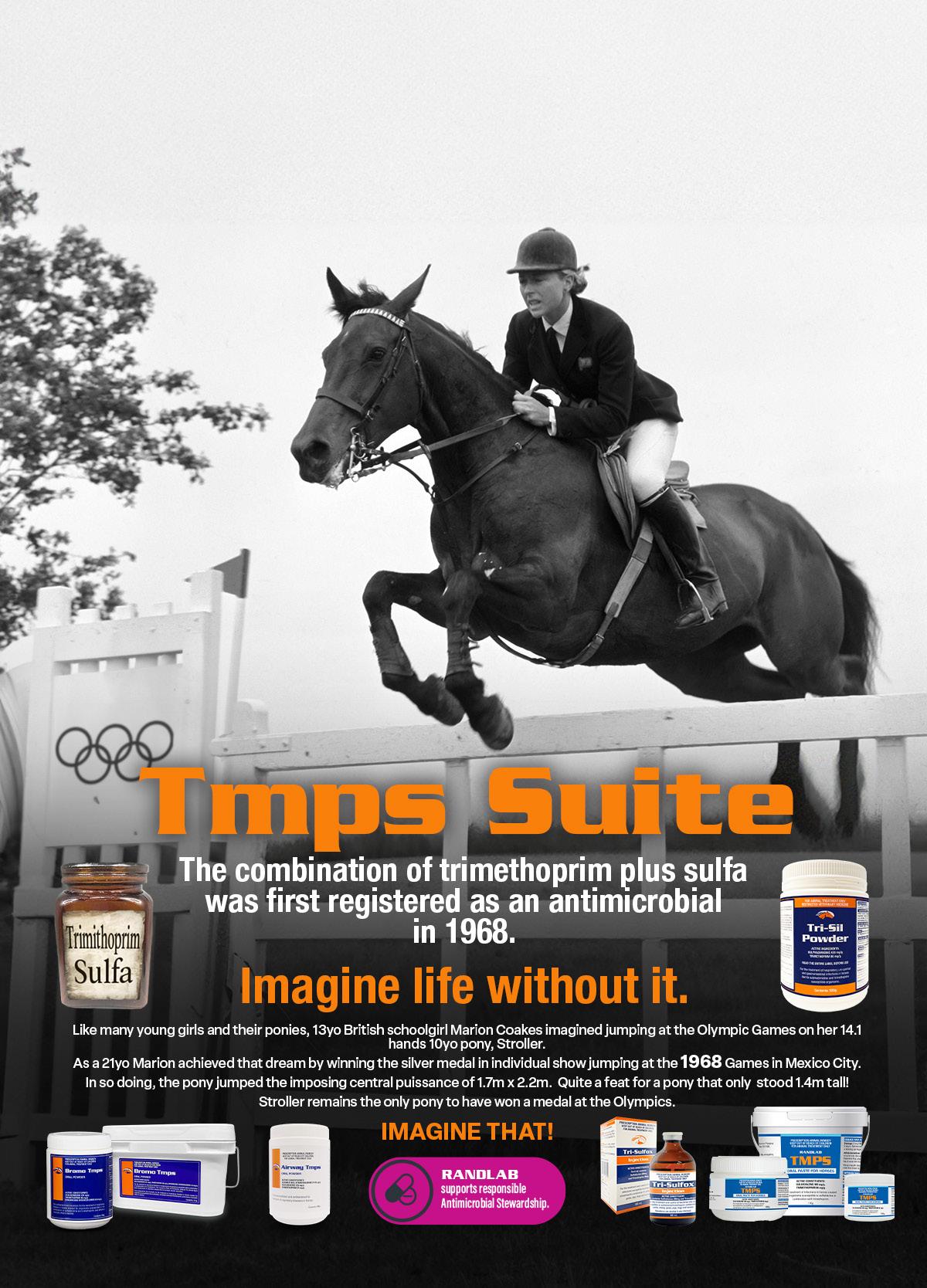
Oxytetracycline (as the hydrochloride) 100 mg/mL
100mL multi dose vial
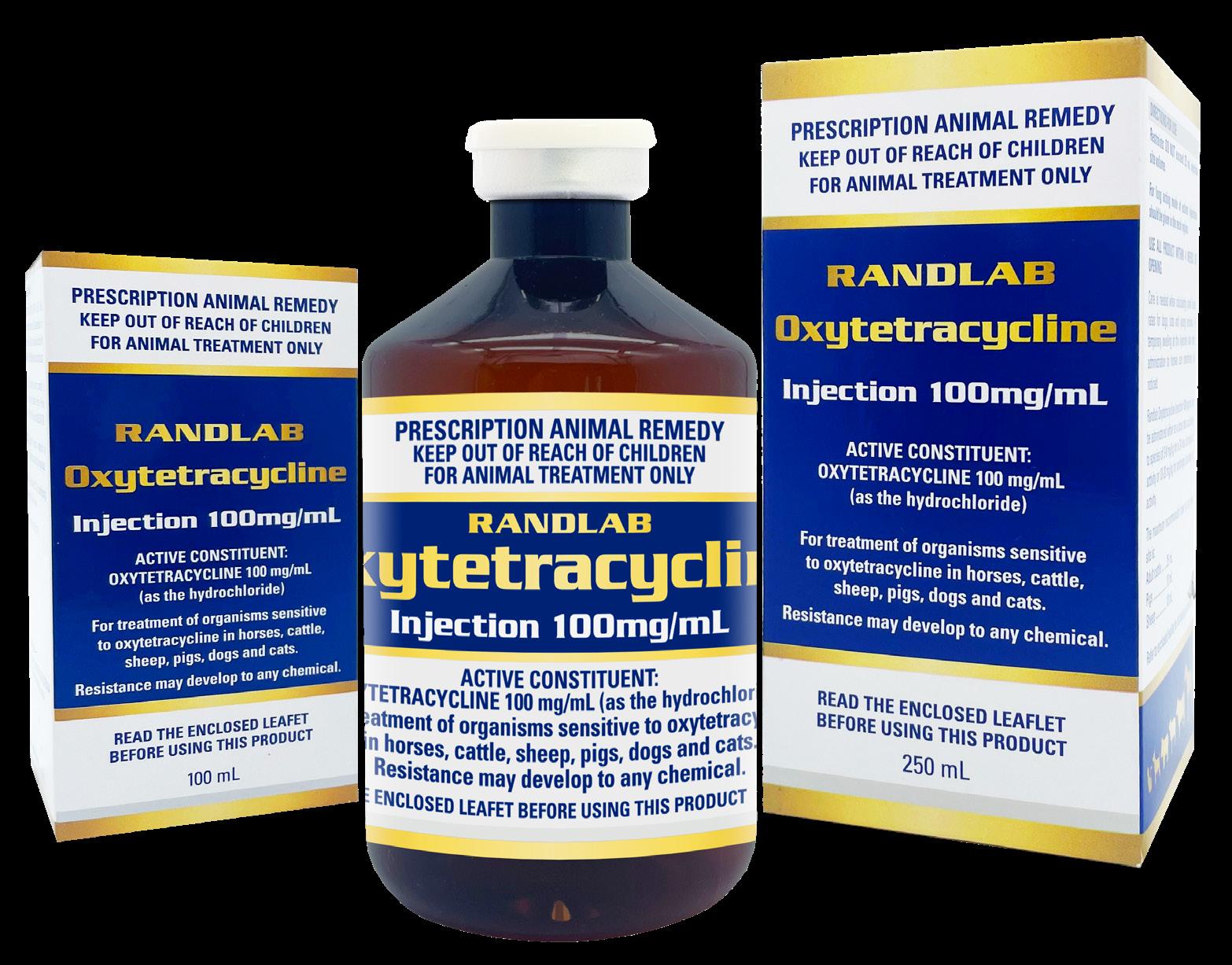
250mL multi dose vial
INDICATIONS
RANDLAB supports responsible Antimicrobial Stewardship.
Oxytetracycline is a broad-spectrum antibiotic with activity against a wide range of both Gramnegative and Gram-positive bacteria.
At lower dose rates it is bacteriostatic but is bactericidal at higher dose rates.
It has good anaerobic coverage but a variable effect against Bacteroides and Clostridium spp.
Oxytetracycline is the drug of choice for Lawsonia intracellularis (Equine Proliferative Enteropathy) and Actinobacillus equuli (a common cause of peritonitis in adult horses) infection.
Oxytetracycline distributes well throughout the body with therapeutic levels achieved in most body fluids.
High dose oxytetracycline causes tendon relaxation in foals with congenital (but not acquired) contracted tendons and is most efficacious when given in the first 3 days of life (20 mg/kg IV).
Oxytetracycline has mild anti-inflammatory properties.
Oxytetracycline is concentrated in bone and teeth.
Oxytetracycline has been administered IV at high doses (20-70mg/kg) every 48 hr to newborn foals for the treatment of contracted flexor tendons. The method of action is believed to involve calcium chelation. Treatment is more effective when initiated in the first three days of life.
Scan the QR code to download the EVA & UMelb Pocket Guide for Antimicrobial Use in Horses.
Whenever possible, bacterial culture and sensitivity testing should be carried out prior to initiating treatment with Randlab’s Tri-Sil Powder. Antibiotic sensitivity testing should also be undertaken in cases of non-responsive or chronic infections.
DOSAGE
The use of an IV catheter is recommended for the administration of oxytetracycline.
The solution may turn a darker shade of brown once the vial is broached.
Adult: 5.0-6.6mg/kg q12hr
High daily dose: 10-20mg/kg q24hr.
Foals: 5-10mg/kg IV q12hr diluted in 1L Hartmann’s and then given slowly or 10-20mg/kg IV q24H diluted and then given slowly.
APVMA No. 90134
SCAN QR CODE FOR MORE INFO ON OXYTETRACYCLINE
Sulfadoxine 200mg/mL, Trimethoprim 40mg/mL
100mL multi dose vial

INDICATIONS
STILL AFTERSTRONGGOING YEARS40+
RANDLAB supports responsible Antimicrobial Stewardship.
Tri-Sulfox Injection has broad-spectrum activity against a wide range of both gram-positive and gram-negative bacteria incl:
• Actinobacillus equuli
• Actinomyces spp
• Bacillus anthracis
• Bordetella spp
• Brucella spp
• Campylobacter spp
• Clostridium spp
• Corynebacterium spp
• Enterobacter spp
• Escherichia coli
• Fusiformis spp
• Haemophilus spp
• Klebsiella spp
• Pasteurella spp
• Pneumococcus spp
• Proteus spp
• Salmonella spp
• Shigella spp
• Staphylococcus spp
(incl some S. aureus)
• Streptococcus spp
Pseudomonas aeruginosa, Enterococcus faecalis and Enterococcus faecium are intrinsically resistant to Tri-Sulfox. Mycobacterium tuberculosis, Mycoplasma spp, Leptospira are also resistant. In vivo activity against anaerobes is generally poor.
WARNING: TMPS antibiotics should not be contemporaneously administered to anaesthetised or sedated horses.
Rarely these horses may develop dysrhythmias, leading to hypotension and even death.
Scan the QR code to download the EVA & UMelb Pocket Guide for Antimicrobial Use in Horses.
Solution is irritant if given perivascularly. The use of catheters/cannulas will reduce the risk of inadvertent perivascular administration and is strongly recommended.
Whenever possible, bacterial culture and sensitivity testing should be carried out prior to initiating treatment with Randlab’s Tri-Sil Powder. Antibiotic sensitivity testing should also be undertaken in cases of non-responsive or chronic infections.
DOSAGE
TMPS is inactivated in the presence of purulent material and abscesses, etc. These should be surgically drained and lavaged prior to using Tri-Sulfox.
Label dose: 3mL/50kg BW bid by IV Injection.
TMPS is a time-dependent antibiotic, therefore twice daily dosing is required.
Current NCAS recommended dose rate: 30mg/kg BW bid by slow IV Injection.
The concentration of TMPS in the bottle of Tri- Sulfox Injection is 200+40=240mg/mL.
Therefore a 500kg horse will require (30x 500)/240 =62mL bid.
APVMA No. 91644
SCAN QR CODE FOR MORE INFO ON TRI-SULFOX
Sulphadimidine 430 mg/g, Trimethoprim 86 mg/g

Whenever possible, bacterial culture and sensitivity testing should be carried out prior to initiating treatment with Randlab’s Tri-Sil Powder. Antibiotic sensitivity testing should also be undertaken in cases of non-responsive or chronic infections.
INDICATIONS
500g jar

RANDLAB supports responsible Antimicrobial Stewardship.
Oral antibiotic powder for the treatment of infections known or suspected to be sensitive to the sulphadimidine and trimethoprim combination, such as respiratory, urogenital, synovial, soft tissue infections/cellulitis and temperatures of unknown origin.
Organisms known to be sensitive to the combination of TMPS include: Actinobacillus equuli, Staphylococcus aureus, Escherichia coli, Streptococcus equi subspecies equi, Streptococcus equi ss zooepidemicus, Pasturella caballi, Proteus vulgaris, etc.
WARNING: Oral administration of sulfonamides and trimethoprim may rarely be associated with the development of severe, acute diarrhoea in the horse. This may even occur several weeks after finishing the course. Should this occur, the TMPS should be stopped immediately and appropriate treatment initiated. Scan
Tri-Sil Powder may be administered in the horse's feed or over the back of the tongue. See Horse Hack on page 21 for further information about oral administration.
SCAN QR CODE FOR MORE INFO ON TRI-SIL
Antimicrobial Use in Horses.
DOSAGE
Use the enclosed scoop.
One level scoop provides 5g sulphadimidine plus 1g trimethoprim.
HORSE: 30mg/kg twice daily combined sulphadimidine + trimethoprim dose.
For example, 500kg horse: 30mg x 500kg = 15g
Each scoop contains 6g of combined active. 15g =2.5 scoops
The 500g jar contains enough TMPS for a 16-day course for a 500kg horse.
Before filling scoop, rotate container horizontally to ensure consistent filling weight.
APVMA No. 92858 | ACVM No. A011661 (NZ)

500g tub
Whenever possible, bacterial culture and sensitivity testing should be carried out prior to initiating treatment with Randlab’s Tri-Sil Powder. Antibiotic sensitivity testing should also be undertaken in cases of non-responsive or chronic infections.
INDICATIONS
Randlab’s TMPS Oral Paste has a broad spectrum of activity against the common Gram-positive and Gram-negative bacteria including:
• Streptococci • Dermatophilus congolensis
• Escherichia coli • Bacillus
• Bordetella • Brucella
• Corynebacterium • Fusiformis
• Hemophilus
• Klebsiella spp
• Listeria monocytogenes • Nocardia
1kg jar
RANDLAB supports responsible Antimicrobial Stewardship.
DOSAGE
• Pasteurella
• Salmonella
• Shigella
• Staphylococci
• Proteus spp.
Pseudomonas aeruginosa, Enterococcus faecalis and Enterococcus faecium are intrinsically resistant to TMPS. Mycobacterium tuberculosis, Mycoplasma spp, Leptospira are also resistant. In vivo activity against anaerobes is generally poor.
The combination of TMPS also has some effect against infections caused by protozoa (e.g. coccidia and Toxoplasma infection)
Randlab’s TMPS Oral Paste is useful in the treatment of respiratory infections, with high lung tissue levels achieved (although Randlab’s Airway Tmps and Bromo Tmps are designed specifically for respiratory infections), soft tissue infections, abdominal infections, joint infections, infections of the CNS, uterus/placenta and urinary tract.
WARNING: Oral administration of trimethoprim+ sulfonamides may rarely be associated with the development of severe, acute febrile diarrhoea in the horse. This may even occur several weeks after finishing the course. Should this occur, the TMPS should be stopped immediately and appropriate treatment initiated.
SOMOREMUCH CONVENIENT THAN TUBEA
250g tub
Scan the QR code to download the EVA & UMelb Pocket Guide for Antimicrobial Use in Horses.
1mL of TMPS Paste weighs approx 1.2g. Therefore a 250g pot contains approx 208mL of paste and so forth.
Administer directly into the mouth from a dosing syringe.
Adult: 24-30mg/kg twice daily combined sulfonamide+ trimethoprim dose.
[e.g. 500kg horse = 30mg x 500kg/(400+86 mg/mL) =31mL].
Foals: 15-30mg/kg twice daily.
Dose rate equivalent to 5-6mL/100 kg twice daily (12 hourly).
APVMA No. 83452
SCAN QR CODE FOR MORE INFO ON TMPS ORAL PASTE
Gentamicin (as sulphate) 100 mg/mL
100mL multi dose vial
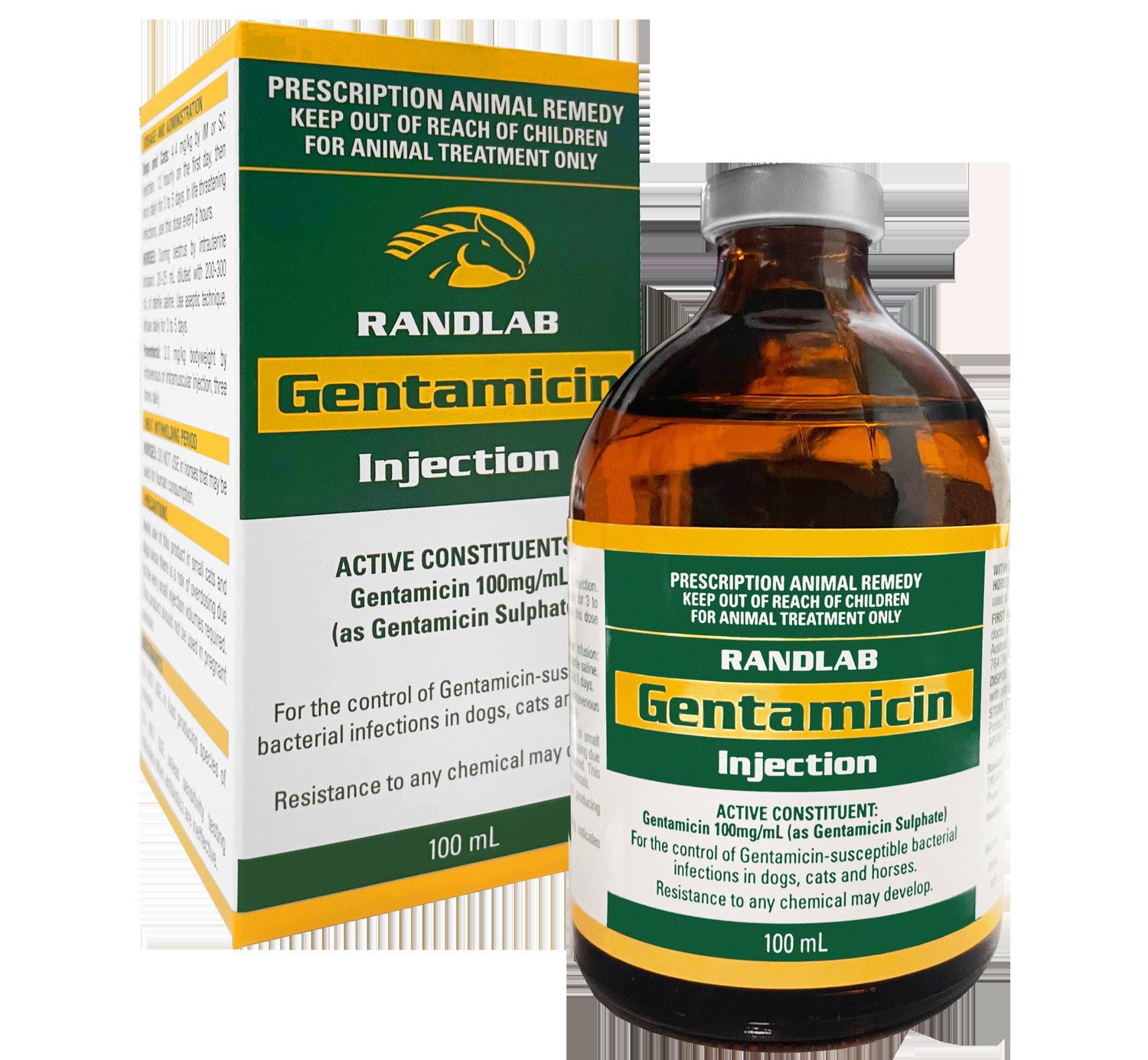
RANDLAB supports responsible Antimicrobial Stewardship.
INDICATIONS
Gentamicin is active against a wide range of bacteria. It is the drug of choice for treatment of gram-negative infections (incl. Pseudomonas spp, Proteus, Klebsiella). It is also effective against Staphylococci.
Gentamicin has no activity against anaerobes, streptococci and enterococci and limited activity against Salmonella spp.
Gentamicin is most frequently used in combination with a beta-lactam antibiotic (eg penicillin, cephalosporin, ampicillin) to achieve a broader spectrum of activity.
Gentamicin is commonly used by intra-articular injection. It may also be used for regional limb perfusion (either IV or intraosseous) or impregnated in PMMA beads.
Gentamicin may be administered by nebuliser for treatment of respiratory tract infections including pneumonia.
Gentamicin is commonly used as part of an intrauterine flush or for the intrauterine treatment of uterine infections.
The label dose for Gentamicin Injection is 2.0mg/kg BW by IV or IM injection tid. Like many antibiotics, the label doses are no longer considered valid.
Gentamicin is a concentration-dependent antibiotic and as such higher doses at less frequent intervals is recommended. This increases bacterial killing, increases bacterial susceptibility and decreases potential toxic effects and the risk of developing resistant bacterial strains.
DOSAGE
Adult; 6.6-9.7mg/kg sid by IV or IM injection.
Foal (<14 weeks); 8.8-12mg/kg q24-36h
Intrauterine; 1-2g buffered with equal volume of 7.5% sodium bicarbonate and diluted in 200mL isotonic saline daily for 3-7 treatments.
Intra-articular; 100-500mg per joint depending on joint size. Diluted 1:2 with sterile saline.
Regional Limb Perfusion: Add 10mL gentamicin to 50mL saline or prilocaine.
Nebuliser: 100-200mg diluted 1:1 with isotonic saline sid-qid.
APVMA No. 90730
Metronidazole 500 mg/g (1g Metronidazole paste is equivalent to 1mL)
INDICATIONS
Don't forget to return your completed Metronidazole APVMA permit form to Randlab. Spare copies of the form are available at randlab.com on the Metronidazole page.
EXCLUSIVE. THE ONLY METRONIDAZOLE PRODUCT ON THE VETERINARY MARKET
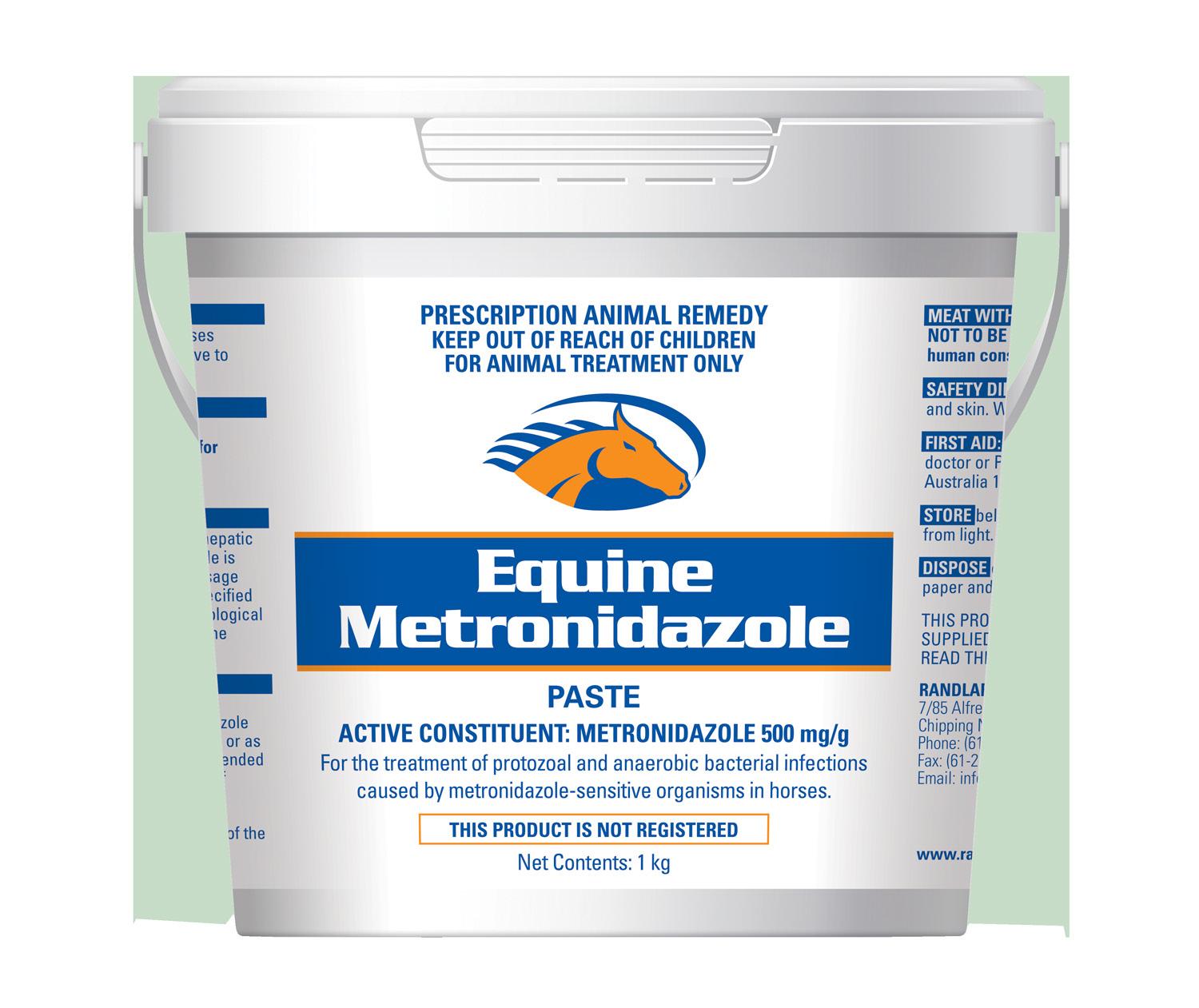
1kg multidose pail
RANDLAB supports responsible Antimicrobial Stewardship.
For the treatment of infections in horses caused by anaerobic bacteria such as Clostridium spp, Bacteroides spp (incl penicillin resistant B. fragilis), Fusobacterium and protozoa such as Giardia and Trichomonas spp.
For the treatment of infections where anaerobic bacteria are implicated or suspected such as pleuropneumonia, sinusitis, tooth root infections, enteritis, colitis and some cases of deep foot infection, chondritis and metritis.
Metronidazole is the antimicrobial of choice for the treatment of Acute Febrile Diarrhoea or chronic diarrhoea due to anaerobic bacteria such as Clostridial infections.
Metronidazole in combination with either oxytetracycline or chloramphenicol has been suggested for the treatment of proliferative enteropathy caused by Lawsonia intracellularis.
WARNING: Anorexia is common following oral Metronidazole use. It is less common with rectal administration but is still likely to occur.
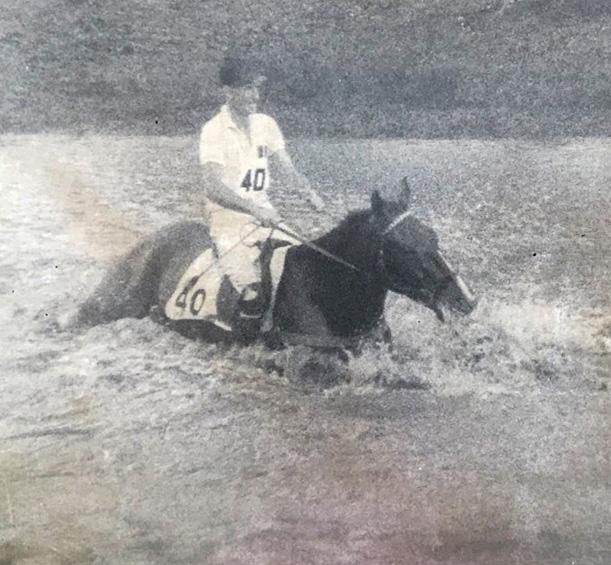
Metronidazole Paste may also be administered per rectum at approximately double the oral dose rate.
Fact and Fables
DOSAGE
Administer orally. Give 20mL Equine Metronidazole Paste (equivalent to 10g metronidazole) per 500kg bodyweight every 12 hours for 5 days or as directed by a veterinarian.
Adult: 15mg/kg qid or 20mg/kg bid orally
Foal: 10-20mg/kg bid orally
Product available in Australia under APVMA permit (pending)
SCAN QR CODE FOR MORE INFO ON EQUINE METRONIDAZOLE
floods nor 8500 time penalties shall stop them
At the 1936 Berlin Olympics, the cross-country course flooded with 35 of 50 starters becoming submerged on the course. British entrant, Bowie Knife (Richard Fanshawe) extricated himself from the mud and galloped off. He was found by a search party 4km away tied to a tree. The horse was brought back on course, remounted, and jumped clear. Fanshawe received 8500-time penalties. But as only three teams managed to complete the XC, Britain bagged its first ever Olympic equestrian medal (bronze).
The 1968 Olympic cross-country was equally notorious for its flooding. Irish rider Tommy Brennan was among several washed downstream before being rescued by FEI President, Prince Philip the Duke of Edinburgh. Unfortunately, the Duke was too old to receive the Duke of Edinburgh Award for his act of bravery.
Povidone-Iodine 100 mg/g (equivalent to available Iodine 10 mg/g)

250g jar
INDICATIONS
Vetedine Ointment is a povidone iodine (known as an iodophor) with potent prolonged antibacterial, antifungal and virucidal activity on contact, suitable for topical disinfection and antisepsis in horses.
Use Vetedine Ointment as an aid in the treatment or prevention of local infections in wounds, abscesses, burns and fungal infections such as ringworm, disinfection of the navel of newborns, dehorning (of unicorns?), castration, disinfection prior to surgery, girth galls, abrasions and puncture wounds.
• Has rapid action, even in presence of blood, pus, oils, soap, etc.
• Effective anti- bacterial, fungal and viral activity
• No resistance by any micro-organisms
• Does not stain. Washes off with water
• Does not delay wound healing or granulation
• Does not sting or irritate wounds
• Does not sensitise tissues
• Can be bandaged without danger of burns or irritation
• Has prolonged germicidal action
• Has no odour
• Has prolonged activity, even in the presence of pus or blood
• Forms an adherent film over wounds
• The characteristic colour delineates the treated area

THE OLYMPICS Fact and Fables
DOSAGE
Apply to the affected area twice daily. Care should be exercised using iodine on extensive wounds or deep burns especially over extended periods. Does not permanently stain skin or natural fibres. Wash with soap and water to remove.
APVMA No. 62637
SCAN QR CODE FOR MORE INFO ON VETEDINE
Takeichi Nishi was the illegitimate son of a Japanese Imperialist Baron, a title he inherited upon the death of his father.
After school, Nishi joined the Imperial Japanese Army Academy before becoming a member of the First Cavalry. Whilst on assignment in Italy, Lieutenant Nishi came across a horse called Uranus.
Nishi and Uranus competed in the 1932 Olympics in Los Angeles winning a gold medal in individual show jumping. It remains Japan’s only equestrian Olympic medal.
After the Olympics, Nishi became a cause célèbre around LA and Hollywood, numbering Charlie Chapman, Douglas Fairbanks and Mary Pickford amongst his many friends.
Nishi and Uranus also participated in the 1936 Summer Olympics in Berlin, but Nishi uncharacteristically fell off his horse mid-course. There is speculation this was intentional and done to ingratiate Japan to the host country Nazi Germany, with whom Japan would sign the 1940 Tripartite Pact, forming the Axis Powers.
In 1945, on the strategic Japanese island of Iwo Jima and with the Japanese cavalry being superseded, Nishi commanded the 26th Tank Regiment. He would walk about the island resplendent in his Hermès brand riding boots and jodhpurs and carrying his favourite crop.
On 19 February, The United States Marine Corps launched an amphibious assault on Iwo Jima. The American forces knew that Nishi was an enemy commander and would broadcast daily appeals for him to surrender, stating that the world would regret losing "Baron Nishi". Nishi ignored these appeals.
Nishi is believed to have perished three days after the US invasion. The circumstances around his death are unknown, but it is speculated that he committed suicide rather than surrender to the
colonel.
Nishi.
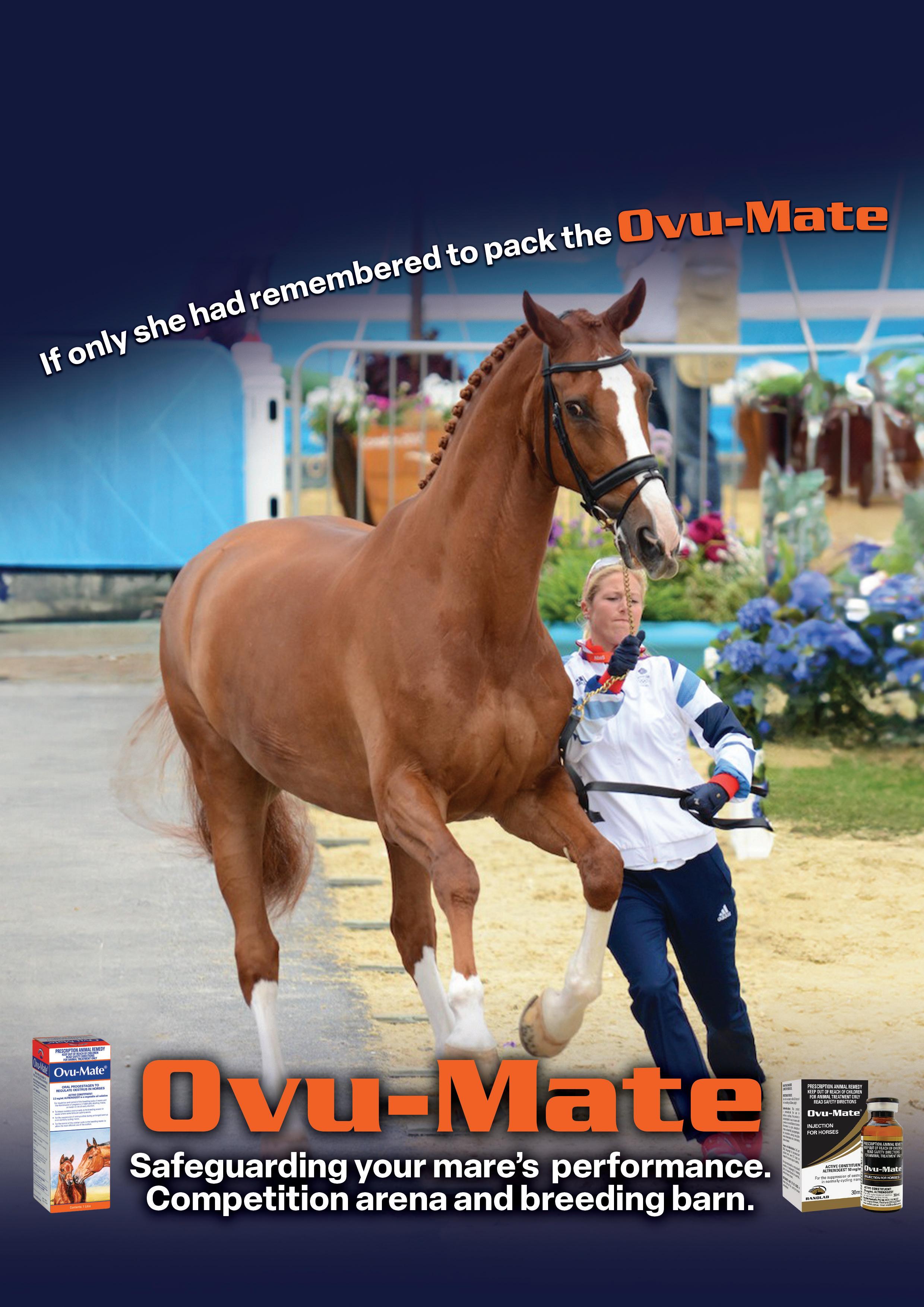

30mL multi-dose vial
INDICATIONS
Altrenogest acts similarly to the natural hormone, progesterone, by suppressing the normal oestrous cycle and preventing signs of oestrus and ovulation. Mares return to heat and release natural hormones again once treatment stops. Treatment with altrenogest makes it possible to regulate the breeding of mares.
Ovu-Mate injection may be used in fillies and mares to: Delay the onset of oestrus
• Suppress oestrous behaviour
• Synchronisation of oestrus for the efficient use of stallions or assisted-breeding techniques. As an adjunct to the treatment of placentitis.
• Altrenogest injection has also been used for the maintenance of pregnancy in "at risk" mares.
WARNING: If used in performance animals, the regulations of the relevant authorities regarding medication should be observed. In some jurisdictions (eg Racing Australia, NZTR, FEI, EA) and under some circumstances this product may be regarded as a prohibited or banned substance due to the presence of low levels of the male anabolic steroids trenbolone and trendione in all formulations of altrenogest.
These levels are relatively higher with the injectable formulation, as the IM weekly dose rate is initially nearly 7-fold that of the daily oral dose.
Contact Randlab's Veterinary & Technical Director, Dr Michael Robinson on +61 451481050 or mrobinson@randlab.com.au for further information.
As with any long-acting depot injections, some minor reactions may occasionally occur at the injection site, especially in mares on weekly dosing.
Alternating injection sites from week to week will assist in minimising these reactions. The gluteal muscles may also be used as an alternative to the neck.
A system such as injections on the left on even calendar days and on the right on odd calendar days will help to average out the number of injections at each site. This is a particularly useful system if a majority of injections are going to be administered by stud staff or different personnel.
DOSAGE
Suppression of oestrus: 3mL per 500kg
bodyweight (0.3mg/kg) by intramuscular injection once every 5-7 days or as required to suppress signs of oestrus.
The dose rate should be extrapolated according to bodyweight if treating lighter or heavier horses.
APVMA No. 83216 | ACVM No. A011475 (NZ)
SCAN QR CODE FOR MORE INFO ON OVU-MATE INJECTION

1L bottle
INDICATIONS
2L bottle 125mL bottle
For regulation and control of the breeding cycle of mares and the maintenance of pregnancy in habitually aborting mares or mares at risk of early abortion.
• To induce ovulatory oestrus early in the breeding season in mares where some follicular activity exists.
• For the suppression of oestrus either during prolonged oestrus or in normally cycling mares.
• For the control of the ovarian cycle in breeding mares to allow the most efficient use of the stallion or assisted-breeding techniques.
• For suppression of oestrous behaviour in fillies and mares engaged in competition and racing.
• For the maintenance of pregnancy in habitually aborting mares or mares at risk of early embryonic death or abortion.
• For behavioural modification in non-competition stallions and geldings.
WARNING: If used in performance animals, the regulations of the relevant authorities regarding medication should be observed. In some jurisdictions (eg Racing Australia, NZTR, FEI, EA) and under some circumstances this product may be regarded as a prohibited or banned substance due to the presence of low levels of the male anabolic steroids trenbolone and trendione in all formulations of altrenogest. Levels are lower in oral formulations of altrenogest compared to the long-acting injectable formulations. Contact Randlab's Veterinary & Technical Director, Dr Michael Robinson on +61 451481050 or mrobinson@randlab.com.au for further information.
Mares may continue to cycle and ovulate whilst on altrenogest but will not exhibit oestrous behaviour. Mares will generally begin to show oestrous behaviour 3-5 days after cessation of treatment with Ovu-Mate and ovulate 10-12 days after cessation of treatment.
Porcine Ovu-Mate now also available!

1L bottle
APVMA No. 92360
WARNING: The use of Porcine Ovu-Mate is not allowed under in racehorses under the Australian Rules of Racing.
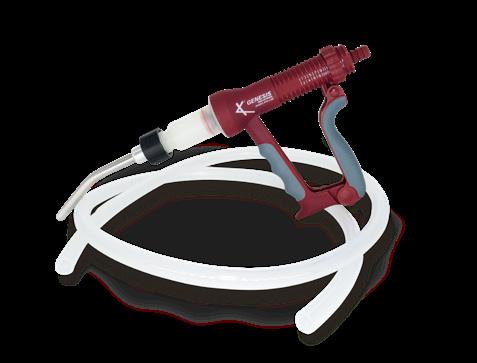
Ovu-Mate multi-dosing delivery device available for the 2L Ovu-Mate through Randlab or your preferred Wholesaler.
DOSAGE
Dosage for oral administration. Administer 1mL Ovu-Mate per 50 kg bodyweight (equivalent to 0.044 mg Altrenogest per kg) daily (12.5 mL per 625 kg mare). Ovu-Mate may be administered in the feed or orally over the back of the tongue by syringe. Protective gloves should be warn when handling this product.
APVMA No. 65653 | ACVM No. A010159 (NZ)
SCAN QR CODE FOR MORE INFO ON OVU-MATE ORAL
1.25 mg/mL deslorelin (as deslorelin acetate)

INDICATIONS
For the induction and timing of ovulation in mares supporting a follicle greater than 30mm in diameter and signs of oestrous behaviour and/or uterine and cervical oestral changes on ultrasound. Upwards of 94% of suitable mares would be expected to ovulate within 48 hours of Biorelin administration, with an additional percentage (< 6%) up to 54 hours. Few mares will ovulate in the first 24 hours and most will ovulate around 40 hours post-injection.
Mares should be bred ~ 24 hours post Biorelin injection for chilled or fresh semen. Mares should be bred ~ 40 hours post Biorelin injection for frozen semen.
During the transitional oestrus period, a higher dose of Biorelin (1.9mg = 1.5mL) may improve ovulation rate.
SCAN QR CODE FOR MORE INFO ON BIORELIN
10mL multi-dose vial (10 doses)
DOSAGE
Shake vial vigorously before administration. Inadequate re-suspension may affect efficacy. Do not store in plastic syringes.
For administration by intramuscular injection only. Discard unused portion within 28 days of broaching.
1.0 ml by intramuscular (IM) injection (1.25 mg deslorelin per dose).
Only 1 mL should be administered per mare during any one oestrus cycle.
APVMA No. 89636

Moxidectin 20 mg/mL, Praziquantel 125 mg/mL
MOXIDECTIN FOR WHEN IT IS NEEDEDREALLY

11.8g syringe (up to 575kg BW)
New Product Potent, long-acting dewormer effective against encysted larvae
RANDLAB
Supporting the veterinary community. Randlab's dewormers are supplied exclusively to veterinarians.
INDICATIONS
Premium product for use when macrocyclic lactone resistance is identified
Whenever possible the decision to deworm should be based on the results of a Faecal Egg Count (FEC). Consult a veterinarian when developing a worm control program to suit your specific needs.
Pradectin with Tape Gel Wormer is effective for the treatment and control of small strongyles (adults and larvae including encysted stages), large strongyles, tapeworm, pinworms, ascarids, Habronema spp, stomach bots, hairworm, intestinal threadworm and cutaneous onchocerciasis.
Pradectin with Tape Gel Wormer has a prolonged Egg Reappearance Period (ERP) of at least 14 weeks, which means that recontamination of the pasture by strongyle eggs is significantly reduced during this period.
Moxidectin is also an effective arachnicide against feeding ticks.
WARNING: To minimise emerging anthelminthic resistance to moxidectin, it is strongly recommended that moxidectin-containing wormers (such as Pradectin with Tape) not be used for routine deworming of horses.
Moxidectin should be reserved for cases where known or suspected resistance to other macrocyclic lactones (such as ivermectin, abamectin) has been established or where there is a strong likelihood of encysted and dormant larvae. Moxidectin’s use as a routine dewormer should be discouraged.
Pradectin with Tape Gel Wormer is the anthelminthic of choice for horses (especially young horses) where heavy strongyle burdens (especially encysted cyathostomin larvae) are suspected.
The mass simultaneous emergence from the large intestinal wall of encysted larvae (eg following worming with an anthelminthic that is not effective against encysted larvae) may result in a syndrome known as larval cyathostominosis.
This syndrome is characterised by an acute generalised typhlocolitis and a profound inflammatory reaction resulting in profuse, watery diarrhoea and illthrift which may occasionally progress to death.
Fact and Fables

The size of a dressage arena is 20m x 60m which was the size of the “gap” between huts in the 19th-century German barracks. This area was where the German cavalry officers first practiced dressage. And as for the seemingly random letter markers; they were suppsedly derived from the first letter over the doors of the adjacent army barracks eg P for Pferknecht (grooms), B for Bannertrager (standard bearer), etc..
RANDLAB supports the responsible use of anthelmintics.
DOSAGE
Pradectin with Tape Gel Wormer is administered orally at a dose rate of 0.4 mg/kg moxidectin and 2.5 mg/kg praziquantel.
To avoid over- or underdosing, use the correct dose based on the horse’s measured/estimated body weight.
Pradectin is supplied in a ready to use syringe, calibrated according to the body weight of the horse to be treated in 25 kg body weight increments. Use of this calibration will deliver the correct recommended dose.
One syringe is sufficient to treat a horse weighing 575 kg. For a heavy horse (weight exceeding 575 kg) it will be necessary to apply more than one syringe. For example, a 725 kg horse would require 1¼ syringes for treatment.
If gel remains in the syringe once the full dose has been delivered, replace the barrel cap; store the remaining gel below 30°C (room temperature) for later use.
APVMA No. 89307
Oxfendazole 7.0 g, Pyrantel Embonate 9.1 g

35mL syringe (up to 700kg BW)
For rotation out of the macrocyclic lactone ("-mectin") group.
INDICATIONS
SPRING/SUMMER GOLDMECTIN or PROMAX AUTUMN/WINTER OXFENDOATE
Whenever possible the decision to deworm should be based on the results of a Faecal Egg Count (FEC). Consult a veterinarian when developing a worm control program to suit your specific needs.
For the treatment and control of susceptible strains of all common worms of horses including tapeworms and adult stages of ivermectin, moxidectin and abamectin resistant strains of Parascaris equorum.
At the recommended dose rate, Oxfendoate is effective against the following parasites:
• Small Strongyles including benzimidalzole resistant (adults and immature): Cyathostomum spp., Cylicocyclus spp., Cylicostephanus spp., Cylicodontophorus spp., Gyalocephalus spp. etc
• Large Strongyles: Strongylus vulgaris (adults and arterial larval stages), Strongylus edentatus (adults and tissue stages), Strongylus equinus (adults) and Tridontophorus spp. (adults).
• Bots: Gasterophilus spp. (oral and gastric stages)
• Ascarids: Parascaris equorum (adult and immature)
• Habronema muscae (adult)
• Onchocerca spp. (microfilariae)
• Hairworms: Trichostrongylus axei (adult)
• Intestinal Threadworms: Strongyloides westeri (adult)
• Lungworms: Dictyocaulus arnfieldi (adult and immature)
• Pinworms: Oxyuris equi (adult and immature)
• Tapeworms: Anoplocephala perfoliata, Anoplocephala magna, Paranoplocephala mamillana (adult, immature, heads, segments).

RANDLAB supports the responsible use of anthelmintics.
DOSAGE
Oxfendoate Oral Broad Spectrum Worm Paste for Horses is given at the recommended dose level of 1 mL per 20 kg bodyweight.
The dose of 1 mL per 20 kg bodyweight delivers 10 mg/kg of Oxfendazole and 13 mg/kg of Pyrantel Embonate.
The contents of this syringe will treat one horse at 700 kg bodyweight.
Each weight marking on the syringe plunger will deliver 5 mL of paste, which is sufficient to treat 100 kg bodyweight.
Depress the plunger to the chosen dose, depositing the dose on the base of the tongue.
APVMA No. 93028
Abamectin 3.7 mg/g, Praziquantel 46.2 mg/g

32.4g syringe (up to 600kg BW)
Traditional broad-spectrum dewormer
RANDLAB
Supporting the veterinary community. Randlab's dewormers are supplied exclusively to veterinarians.
INDICATIONS
Whenever possible the decision to deworm should be based on the results of a Faecal Egg Count (FEC). Consult a veterinarian when developing a worm control program to suit your specific needs.
At the recommended dose rate, Promax All Wormer for Horses is effective in the treatment and control of the following parasites: tapeworms, roundworms (including arterial larval stages of Strongylus vulgaris and benzimidazole resistant small strongyles) and bots.
ProMax All Wormer also effectively controls skin lesions caused by Habronema and Draschia spp. cutaneous larvae (summer sores), and Onchocerca spp. microfilariae (cutaneous onchocerciasis).
SCAN QR CODE FOR MORE INFO ON PROMAX ALL WORMER


THE OLYMPICS
Fact and Fables
RANDLAB supports the responsible use of anthelmintics.
DOSAGE
Dose orally at the recommended rate of 0.2 mg/kg abamectin and 2.5 mg/kg praziquantel. Each weight marking on the syringe plunger will deliver sufficient paste to treat 50 kg bodyweight. The contents of the syringe will treat a total of 600 kg bodyweight.
APVMA No. 87987
Valegro - the gift of gold
In a field of tall poppies, Valegro stands the tallest. Somewhat prophetically, the name Valegro roughly translates to "gift of gold". And Valegro was certainly that, with 11 gold medals in dressage, including 3 Olympic golds. He is the most awarded dressage horse in history.
The Dutch Warmblood gelding was given the stable name of "Blueberry" when he arrived in Britain from Holland as a young horse. Owner/trainer Carl Hester named all his horses after fruits and vegetables.
Valegro now spends his days at Hester’s property in Newent, UK where he can often be seen walking through the fields whilst being ridden by Trish Gardiner, an 86yo former Olympian herself.

Ivermectin 18.7 mg/g, Praziquantel 140 mg/g

LOW VOLUME, BROADSPECTRUM DEWORMER
7.49g syringe (up to 700kg BW)
RANDLAB Supporting the veterinary community. Randlab's dewormers are supplied exclusively to veterinarians.
Whenever possible the decision to deworm should be based on the results of a Faecal Egg Count (FEC). Consult a veterinarian when developing a worm control program to suit your specific needs.
RANDLAB supports the responsible use of anthelmintics.
INDICATIONS
Goldmectin LV Ivermectin Oral Paste is highly effective in the treatment and control of most types of equine helminths including tapeworms, gastrointestinal, cutaneous and pulmonary nematodes and bots in horses of any age.
Susceptible parasites include: tapeworms, roundworms (including arterial larval stages of Strongylus vulgaris and benzimidazole resistant small strongyles), bots, and skin lesions caused by Habronema and Draschia spp. (summer sores) and Onchocerca spp. microfilariae (cutaneous onchocerciasis).
Ivermectin may also be used as an arachnicide to remove feeding ticks.
THE OLYMPICS
Fact and Fables
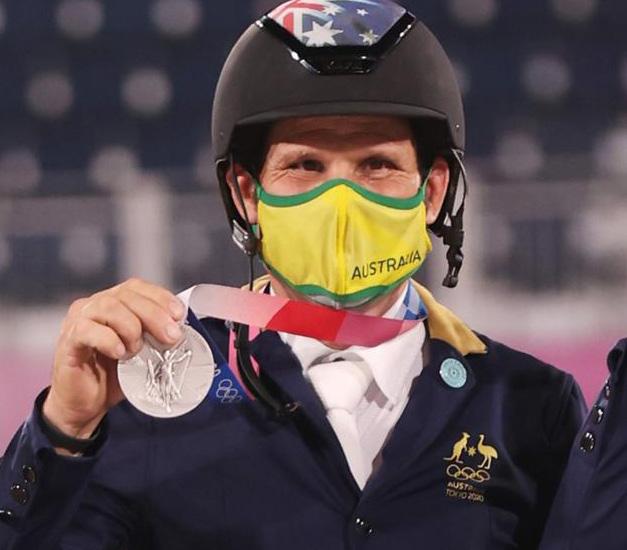
Shane Rose is one of Australia’s most highly decorated Olympic equestrians. He has competed at three Olympics winning silver twice (2008 Beijing and 2021 Tokyo) and Bronze in Rio in 2016. He also qualified in 1996 and 2012 but was unable to compete after his horses suffered injuries.
Shane’s nickname is “Ringa”. A name coined by fellow eventing mates Boyd Maritn mad Danny Wilson based on the nursery rhyme Ring a Ring o’ Roses a reference to the Great Plague of Europe.
DOSAGE
Goldmectin LV is given orally at the recommended dose level of 1ml/100 kg bodyweight. The dose of 1ml/100 kg bodyweight delivers 0.2 mg/kg of ivermectin and 1.5 mg/ kg of praziquantel. The contents of this syringe will treat one horse at 700 kg bodyweight. Each weight marking on the syringe plunger will deliver 1.07 g of paste which is sufficient to treat 100 kg bodyweight.
APVMA No. 88042
SCAN QR CODE FOR MORE INFO ON GOLDMECTIN LV

Butaphosphan 100 mg/mL, Cyanocobalamin (Vit B12) 50 µg/mL

100mL vial
INDICATIONS
Contains no prohibited substances
PHARMACOLOGY
Butaphosphan is an organic phosphorus supplement. It is commonly administered in conjunction with cyanocobalamin (vitamin B12) to treat or prevent deficiencies in various species, including horses, cattle, swine and poultry. This combination helps improve metabolism, immune function, and muscle performance. Butaphosphan is particularly useful for addressing phosphorus deficiencies caused by factors like anorexia, stress or overexertion.
Phosphate/B12 supplementation has been shown to:
Promote muscle energy production during strenuous exercise.
• Stimulate fatigued smooth and cardiac muscle.
• Improve muscular efficiency and endurance during training. Increase muscle efficiency. Support liver function.
Increase plasma phosphorous levels, eg post viral infections. Assist in recovery from hard work, racing or stress.
• Stimulate and maintain appetite.
• Aid skeletal development during growth.
• Treat and prevent macrocytic anaemias.
• Promote formation of red blood cells.
B12 is involved in protein, fat and carbohydrate metabolism.

Phosforte B Injection contains injectable organic phosphorus and B12.
Phosphorous is essential for cellular energy production. It is a major component of ATP, the energy source from muscles and of creatine phosphate, the major muscle storage form of high-energy phosphates.
Phosphorous also acts as a blood and urinary buffer to maintain body pH.
Phosphorous is also an important structural component of bones.
DOSAGE
Although Phosforte B is registered for IM or SC use, it is more frequently given (off label) by intravenous injection. Volumes of more than 20mL should be split and given at several intramuscular sites or given subcutaneously (or intravenously).
In acutely diseased animals:
Horse: 5-25 mL. Typically a course of 3-5 injections would be given every second day.
Foal: 5-12 mL
APVMA No. 90164
Although Phosforte B Injection is registered for IM or SC use, its pioneer product is more commonly used off label by intravenous injection.
Drug rules for horses were only introduced at the 1972 Olympics (Munich), but no doping testing was actually undertaken at that Games. Since that time three equestrian medals (2 gold and 1 bronze) have been stripped from the medalists for positive dope tests.
2004 Ludger Beerbaum/Goldfever (Ger): Gold Team Show jumping . Betamethasone from a topical ointment.
2004 Cian O’Connor/Waterford Crystal (Ire): Gold Individual Show jumping. Fluphenazine and zuclophenthixol which had been used to sedate the horse five weeks earlier whilst he was on box rest for a fetlock injury.
2008 Tony André Hansen/Camiro (Nor): Bronze Team show jumping. Capsaicin of unknown administration. However, the drug was often used to hypersensitise showjumpers so they “tucked” their legs whilst jumping.
NO ONE IS MORE SURPRISED THAN ME AT HOW WELL THIS PRODUCT WORKS. TRY IT AND REPORT BACK!

Contains no prohibited substances
SUPER ANTIOXIDANT BOTANICALS WITH ADAPTOGENS
1L bottle
INDICATIONS
As Optimise X is a nutritional supplement, we make no specific claims about its use. However, Optimise X has been shown in humans to:
• Optimise general health
• Aid recovery from strenuous
• Improve joint mobility and decrease joint pain
• Regulate insulin exercise/training/competition
• Reduce oxidative stress
• Cardiovascular protective
• Be of value in the prevention and treatment of
• Reduce muscle fatigue pathologies associated with oxidative stress,
• Improve muscle contractility cancer and aging.
• Improve endurance
In horses, Optimise-X may be beneficial in reducing oxidative stress and muscle fatigue caused by free radicals generated during exercise, promoting general health and allowing horses to perform at their optimum. Its cardiovascular affects may be of benefit in conditions of the respiratory system such as Exercise Induced Pulmonary Haemorrhage (EIPH / “bleeders”).
WARNING: This product is believed to contain no prohibited substances, but veterinarians should check with any governing authority before prescribing in competition horses. Its human equivalent is WADA and HASTA approved.
We are interested to hear your feedback on this product. Please either email Dr Michael Robinson on mrobinson@randlab.com.au or ring on +61 (0)451 481 050.
The recommended daily dose is 50mL once daily mixed in the horse’s feed.
At times of acute stress (eg heavy competition, following an episode of EIPH/”bleeding”, longdistance travel, “tie up”/rhabdomyolysis, etc), this dose may be increased two to fourfold.
SCAN QR CODE FOR MORE INFO ON OPTIMISE X

Randlab products to aid recovery post competition and training.
INDICATIONS
Great value electrolyte, B-group vitamins and antioxidant supplement with a high concentration of ingredients. Suitable for use as a feed supplement or as a recovery drench.
DOSAGE
60% MORE ELECTROLYTES IN EVERY 30G DOSE THAN THELEADER!MARKET
One level scoop provides the daily dose for in feed supplementation of 30g. This should be given twice daily in times of heavy sweating. Recovery drench administer 150-200g (5-7 scoops) diluted in 1-2L of (warm) water by nasogastric tube.
Each 30g dose provides; Sodium 3.60g, Potassium 0.40g, Calcium 2.50g, Magnesium 0.40g, Chloride 3.40g, Phosphate 3.80g, Sulphate 1.30g, Bicarbonate 10.6g, Thiamine (B1) 0.11g, Riboflavin (B2) 0.11g, Niacin (B3) 0.32g, Pyridoxine (B6) 6.00mg, Vitamin B12 0.43mg, Choline 0.16g, Folic Acid 24.48mg, Inositol 0.27g, Vitamin E 0.22g

15kg pail
INDICATIONS
Oral Electrolyte paste with B-Group Vitamins, Vitamin E and Folic Acid. To aid recovery in hard working or dehydrated horses.
CONTAINS NO WATER FOR PRESERVATION OFVITAMINS.B-GROUP

60g syringe 12 x 60g Pack syringes
Each g contains: Sodium 63.0mg, Chloride 208.8mg, Potassium 81.3mg, Magnesium 2.96mg, Calcium 21.2mg, Zinc 1.34mg, DL-tocopheryl acetate (Vitamin E) 18.22mg, Folic acid 0.35mg, Thiamine mononitrate (Vitamin B1) 1.70mg, Riboflavin (Vitamin B2) 1.44mg, Nicotinamide (Vitamin B3) 5.55mg, Calcium pantothenate (Vitamin B5) 3.00mg, Pyridoxine hydrochloride (Vitamin B6) 0.17mg, Cyanocobalamin (Vitamin B12) 0.68mg

INDICATIONS
Electrolytes, B vitamins and energy recovery drench for horses.
300g powder sachet
Each 300g sachet provides Vitamin B Complex, balanced electrolytes; sodium, potassium, magnesium, calcium, chloride, sulphates, volatile fatty acids (propionate, acetate), buffering agent (citrate) and an anti-oxidant (Vitamin E), all in a rapid and completely water soluble form.
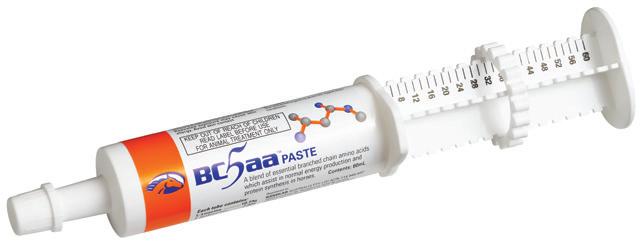
INDICATIONS
Highest concentration of branched chain amino acids for optimum muscle recovery and treatment of “tie up”.
60mL adjustable dose syringe L-Leucine 22.00g, L-Isoleucine 5.50g, L-Valine 5.50g, L-Glutamine 0.68g, L-Carnitine 0.43g, Aniseed oil 25g/L
Randlab's private label range. You think it, we make it, you brand it.
INDICATIONS
Omeprazole paste for treatment and prevention of gastric ulcers.
Convenient single dose syringe. 25% better absorption than competitors in 4 x University trials means better bioavailability.
Omeprazole 370 mg/g, pH-Buffered Paste

10 x 6mL single dose syringe
Not available in Australia through Randlab.
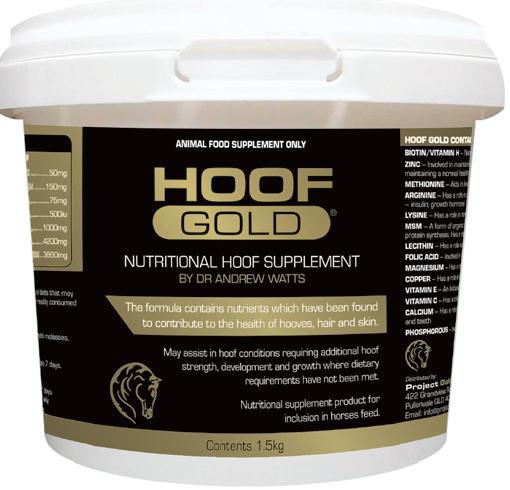
Each 30g scoop contains:
INDICATIONS
Premium product for maintenance of healthy hooves, hair and skin.
1.5kg or 6kg tub
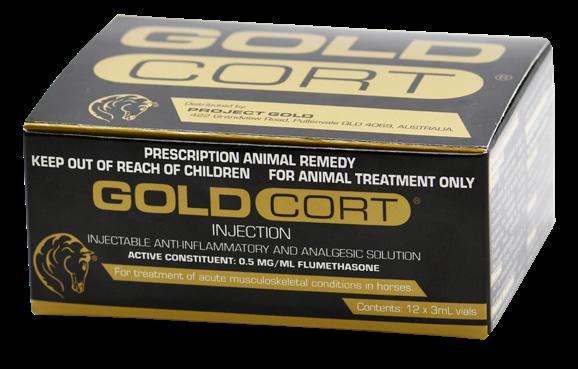

INDICATIONS
Biotin 30mg, Zinc 250mg, Methionine 500mg, Arginine 100mg, Lysine 100mg, MSM 2000mg, Lecithin 200mg, Folic Acid 50mg, Magnesium 150mg, Copper 75mg, Vit E 500iu, Vit C 1000mg, Calcium 4200mg, Phosphorous 3860mg

30mL multidose syringe
12 x 3mL single dose vials
*In some countries, Goldcort Injection may be marketed as Ferra-Cort Injection.
Injectable corticosteroid (flumethasone) for intramuscular or intraarticular use.
For the treatment of acute musculoskeletal conditions in horses, dogs and cats.
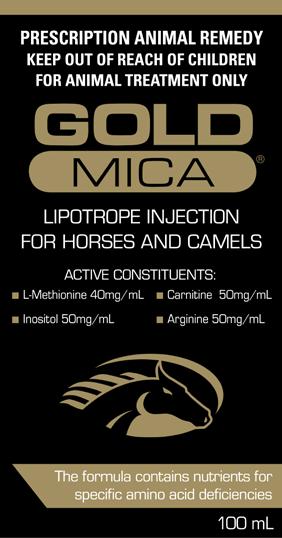
INDICATIONS
100mL multi dose vial
Lipotrope injection for horses and camels with liver disease. Amino acid blend to help restore liver function.
L-Methionine 40mg/mL, Inositol 50mg/mL, Carnitine 50mg/mL, Arginine 50mg/mL
INDICATIONS
Anti-inflammatory, analgesic and antipyretic oral paste for pain relief from musculoskeletal conditions.
Aids in the treatment of musculo-skeletal conditions.
Flumethasone 0.5 mg/mL Phenylbutazone 200 mg/mL APVMA No. 83561
Ulcer Suite




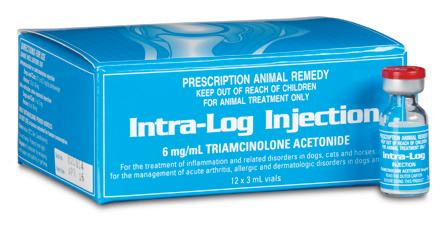

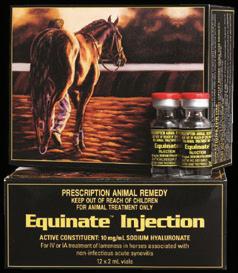
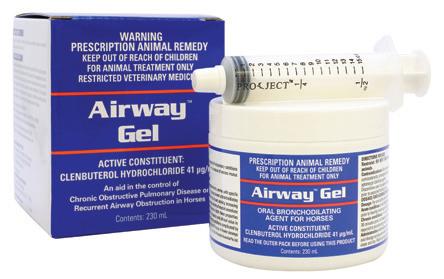
Joint Suite Oral Supplement Suite

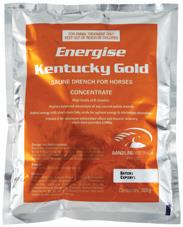
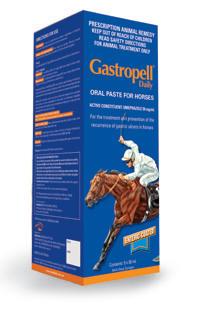




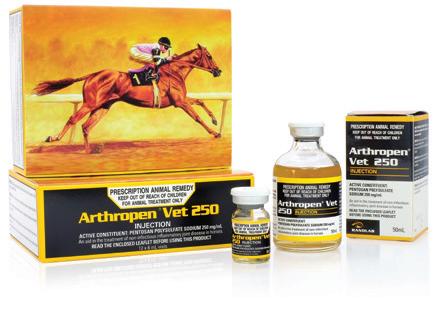

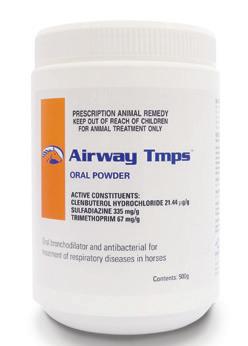

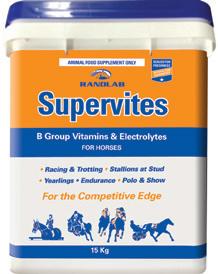
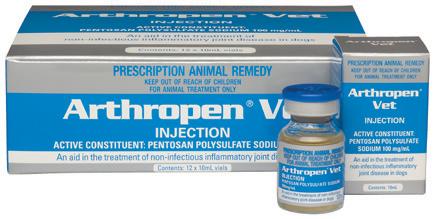
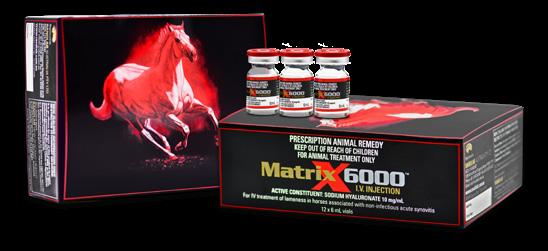




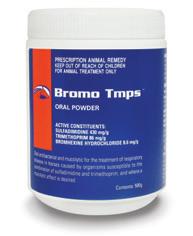

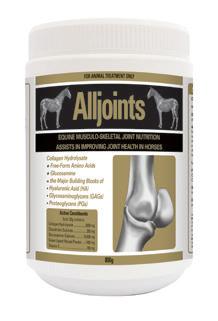





Our commitment to quality starts at sourcing only the finest raw materials and pharmaceutical grade ingredients for all our products. We manufacture our products in facilities that are GMP approved through the Australian regulator, the APVMA. We carefully follow each batch of our manufactured products with strict Quality Assurance (QA) testing in government-approved independent laboratories.


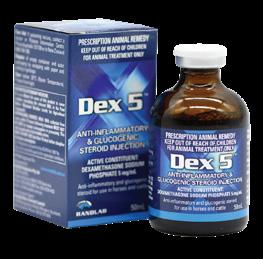

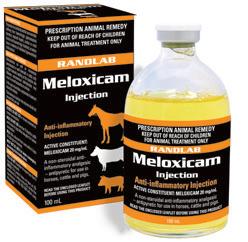

Euthanasiate Suite
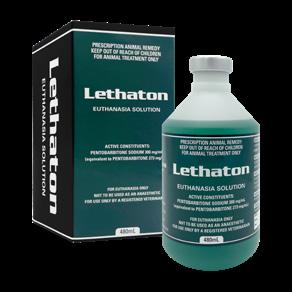


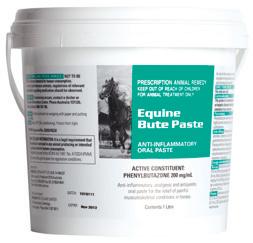
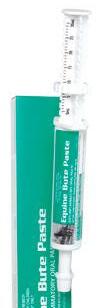
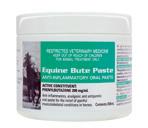





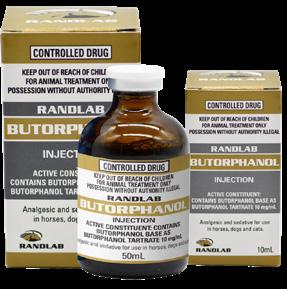
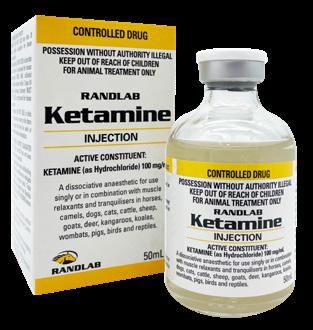
Antimicrobial Suite
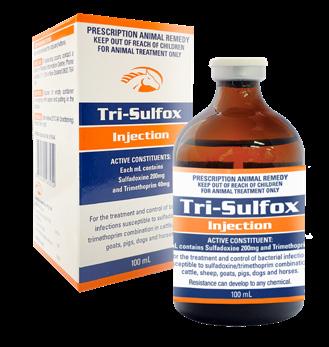
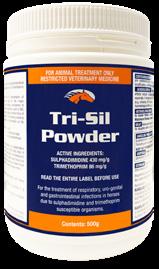

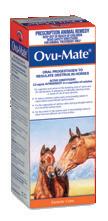




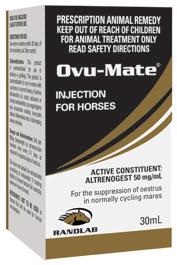

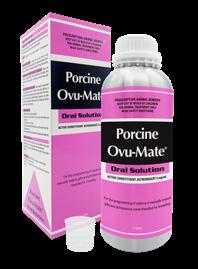

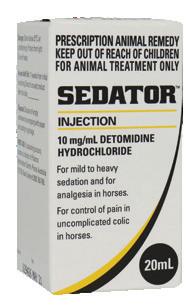
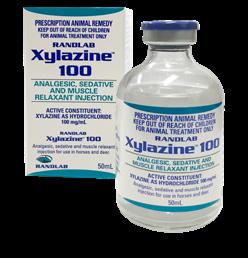


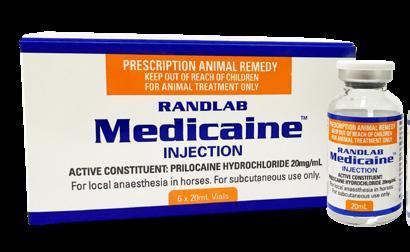


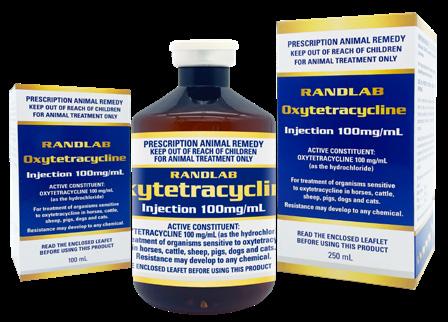
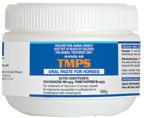












Rebecca Puvanendran - WA (7 years)
Phone: 0420 349 301
Email: rebecca@randlab.com.au

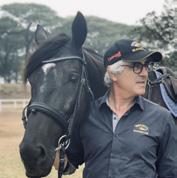
50 mg/mL (as Ceftiofur Sodium) when reconstituted as directed Furosemide 50 mg/mL Third generation, broad-spectrum bactericidal agent with a

Randlab HQ
Phone: (+61-2) 9728 3505 Email: info@randlab.com 71 Milperra Rd, Revesby, NSW 2212
Andrew Grant - QLD/NT (9 years)
Phone: 0426 407 117
Email: agrant@randlab.com.au

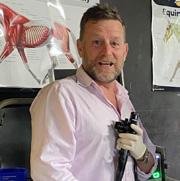

Alex Macpherson - VIC/TAS/SA (15 years)
Phone: 0421 829 101 Email: alex@randlab.com.au
Michael Robinson (8 years) Global Technical Director/Veterinarian Phone: + 61 (0) 451 481 050 Email: mrobinson@randlab.com.au
John Dalton - NSW/ACT (10 years)
Phone: 0404 221 776
Email: john@randlab.com.au

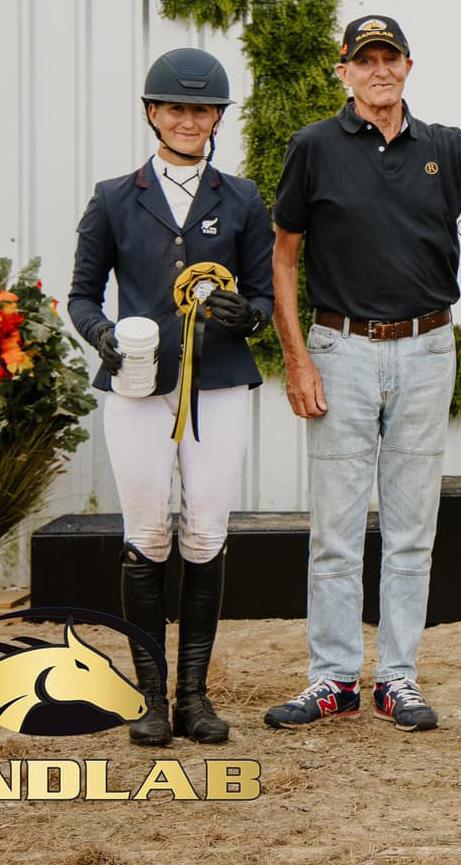
chris@randlab.co.nz
Randlab has a global distribution network of partners committed to serving veterinarians and their clients wherever in the world they may be.


Randlab in Japan
EBM Trading, Yokohama-City Higashiasahina, Kanazawa-Ward 1-5216 Japan, 236-0033
Phone: +81 (0) 80 4364 4002 Email: h.echigo@ebmtrading.com
Randlab Europe
(Eu Randlab Sprl) 24 Rue Tayant Ransart 6043 Belgium Phone: (+32) 475 933 457 Email: bernard.stoffel@gmail.com
Randlab Europe
(Joint Products only)
Nupsala Veterinary Services Mobile: + 44 (0) 1865 922 227 Email: info@nupsala.com www.nupsala.com

Randlab Central Asia
Horsepower Sydney Pty Ltd, Room 404 Chandmani Centre, Jamiyan Gun St, 1st khoroo Sukhbaatar District, Ulaanbaatar, Mongolia
Phone: (+976) 998 812 05 or (+976) 981 112 05
Email: Horsepowersyd@gmail.com
Randlab in Singapore



Notes:
Mano Equestrian Services pte ltd 135 Woodlands Industrial Park E5, Woodlands E-Terrace Singapore 757504 Phone: (+65) 6363 4236 E: contact@manoequestrian.com.sg
Randlab China 兰德实验室中国 Mobile: (+86) 1801 975 3936 Email: sophia@randlab.com.cn






Randlab Middle East / Gulf Warehouse 5, Al Qusais Industrial Estate, Area 3, Dubai, United Arab Emirates Phone: (+971) 426 666 48
Email: omneia@randlab.com
Randlab New Zealand 3/180 Montgomerie Road, Mangere, Auckland, New Zealand
Phone: (64-9) 275 5657
Mobile: +64 (0)21 157 2249
Email: chris@randlab.co.nz
Rest of the world
Randlab HQ
Phone: (+61-2) 9728 3505
Email: info@randlab.com
71 Milperra Rd, Revesby, NSW 2212, Australia
We hope you like this catalogue �� and find it a useful resource to refer to throughout the year �� But if you decide to discard it ��, please recycle it.


Australian triple Olympic medal winner, Shane Rose, salutes the judge on Virgil at the Tokyo (2020/1) Olympics. Virgil was bred by NSW veterinarian Dr Brett Jones and is now the most awarded Australian eventer of all time. Virgil and Rose picked up the silver medal for Team Eventing in 2020/1 (Tokyo) and are hoping to go one better in Paris.


71 Milperra Road, Revesby, NSW, 2212 Australia
Phone: (+61-2) 9728 3505
Email: info@randlab.com